Curiosity often sparks from a single moment, and international sensations provide an entry point into new cultures and languages. Introducing diverse media encourages appreciation and understanding, making the experience both thrilling and enlightening. Animation, in particular, embodies this sense of adventure, drawing audiences into imaginative worlds that transcend borders.
Over the past two decades, anime has gained immense traction in the West, with much of its success linked to Toonami. This programming block on Cartoon Network, which thrived in the late ‘90s and early ‘00s, played a crucial role in bringing anime to a wider audience. Its influence reshaped how anime was perceived and consumed beyond its initial niche following.
Before Toonami’s rise, anime was a specialized interest, often requiring dedicated fans to seek out imported content or unofficial translations. With its introduction, anime transitioned from an underground fascination to a cultural phenomenon, drawing in fans from all walks of life.
Discussions about iconic characters like Goku and Naruto are no longer limited to small communities. Their impact now extends into mainstream entertainment, with Goku even appearing in major events like the Thanksgiving Day Parade. Much of this widespread recognition stems from Toonami’s efforts in showcasing high-quality anime to an eager audience.
10. Yu Yu Hakusho
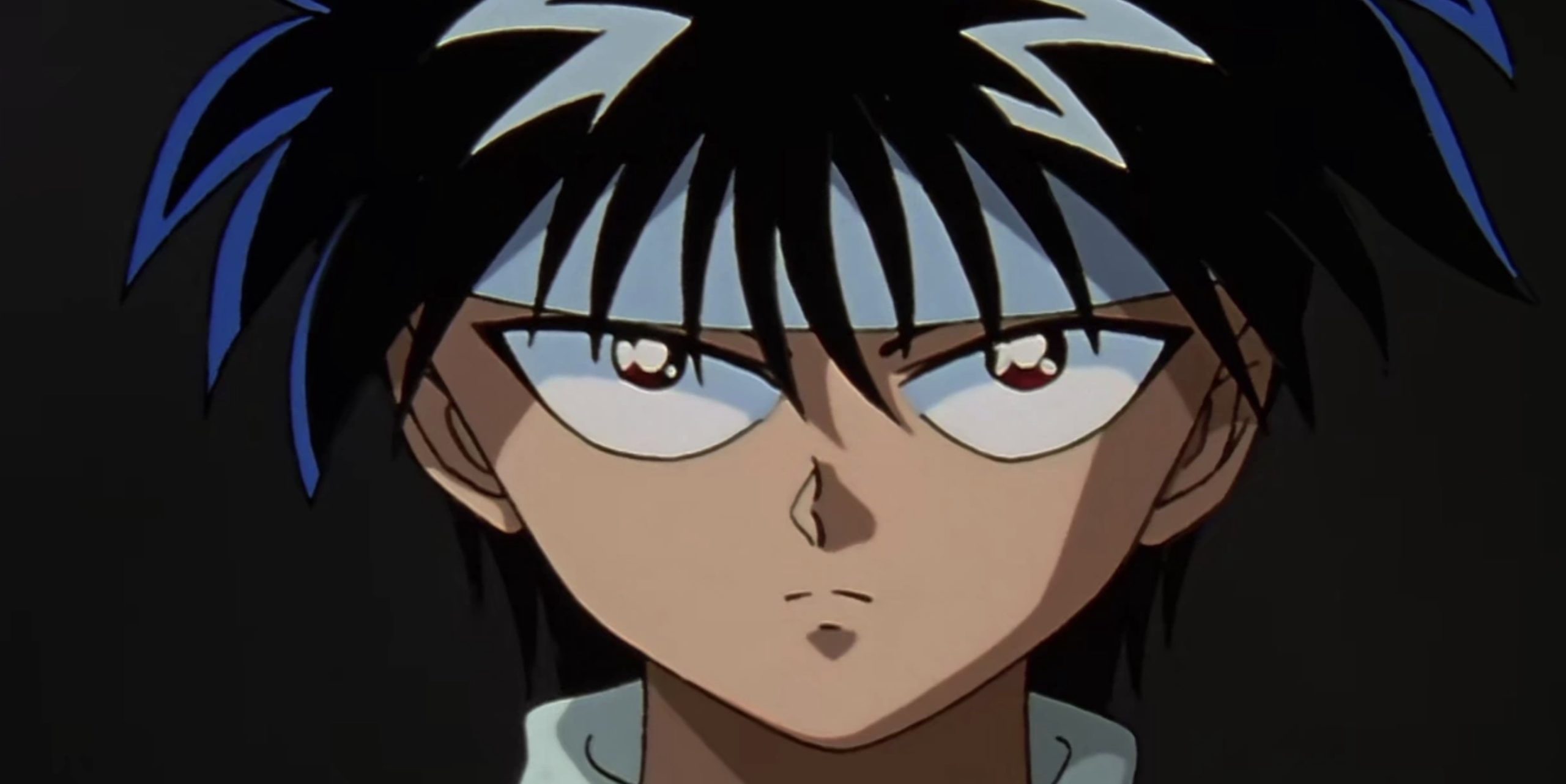
Before Funimation tackled Dragon Ball Z, they ventured into dubbing with Yu Yu Hakusho, a classic supernatural shōnen where many of their in-house dub actors found their stride.
Widely regarded as one of the most influential anime series of all time, Yu Yu Hakusho’s English dub is often praised even more highly than its Japanese counterpart.
A longstanding internet rumor suggests that Togashi, the original mangaka, may prefer the English dub over the original Japanese version.
While confirming this rumor is challenging, Justin Cook’s portrayal of Yusuke Urameshi stands out as one of the finest performances in anime.
Yu Yu Hakusho’s impact extends beyond its own series, as it paved the way for subsequent titles like Jujutsu Kaisen and Bleach. It remains one of the standout shows introduced to American audiences through Toonami.
9. Samurai Champloo
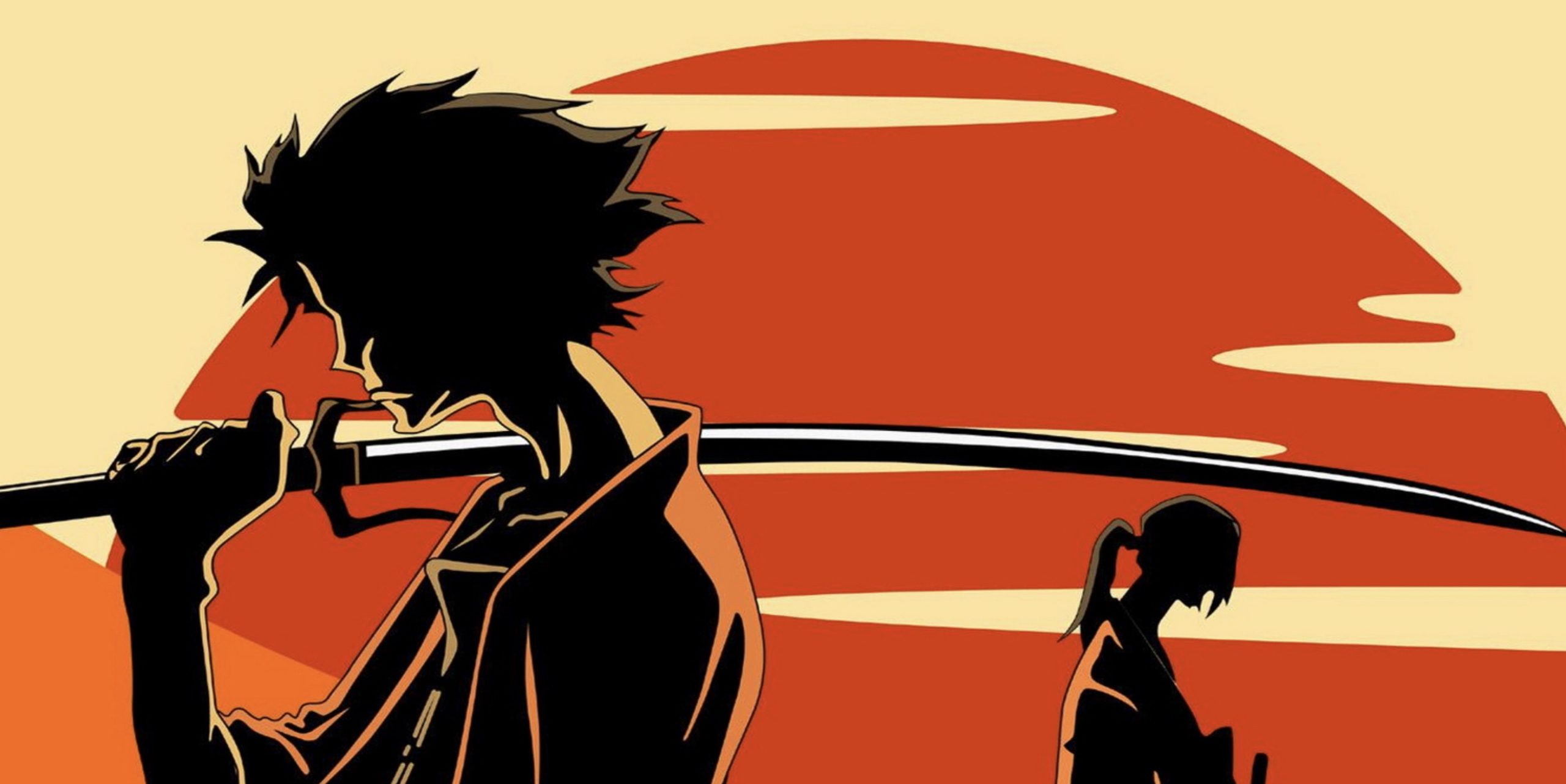
Cowboy Bebop holds a revered status in the anime community, often casting a long shadow over its spiritual successor, Samurai Champloo. Despite this, Samurai Champloo made a significant impact, especially during the late-night iteration of Toonami during the Adult Swim era, characterized by reduced censorship and more mature content.
The early 2000s marked a period of evolution in anime animation, with music incorporating more hip-hop influences and scenes becoming increasingly fluid. While Samurai Champloo may not reach the same heights as Cowboy Bebop, it carves out its own niche, offering a distinctively stylish and enjoyable experience.
Samurai Champloo is an anime that blends historical Edo-period Japan with modern hip-hop influences, creating a unique fusion of action, comedy, and deep storytelling. Directed by Shinichirō Watanabe, known for Cowboy Bebop, the anime follows three unlikely companions—Mugen, Jin, and Fuu—on a journey to find a mysterious “samurai who smells of sunflowers.” With its dynamic fight sequences, engaging character arcs, and an unforgettable soundtrack, Samurai Champloo has left a lasting impact on the anime scene.
The story begins with Fuu, a young waitress who saves two wandering swordsmen, Mugen and Jin, from execution. Mugen is a wild and unpredictable fighter with a breakdancing-inspired sword style, while Jin is a disciplined and reserved ronin who fights with precision and skill. Despite their stark differences, both warriors are equally powerful. After a chaotic battle leads to the destruction of a teahouse, Fuu convinces them to accompany her on a quest to find the mysterious samurai from her past.
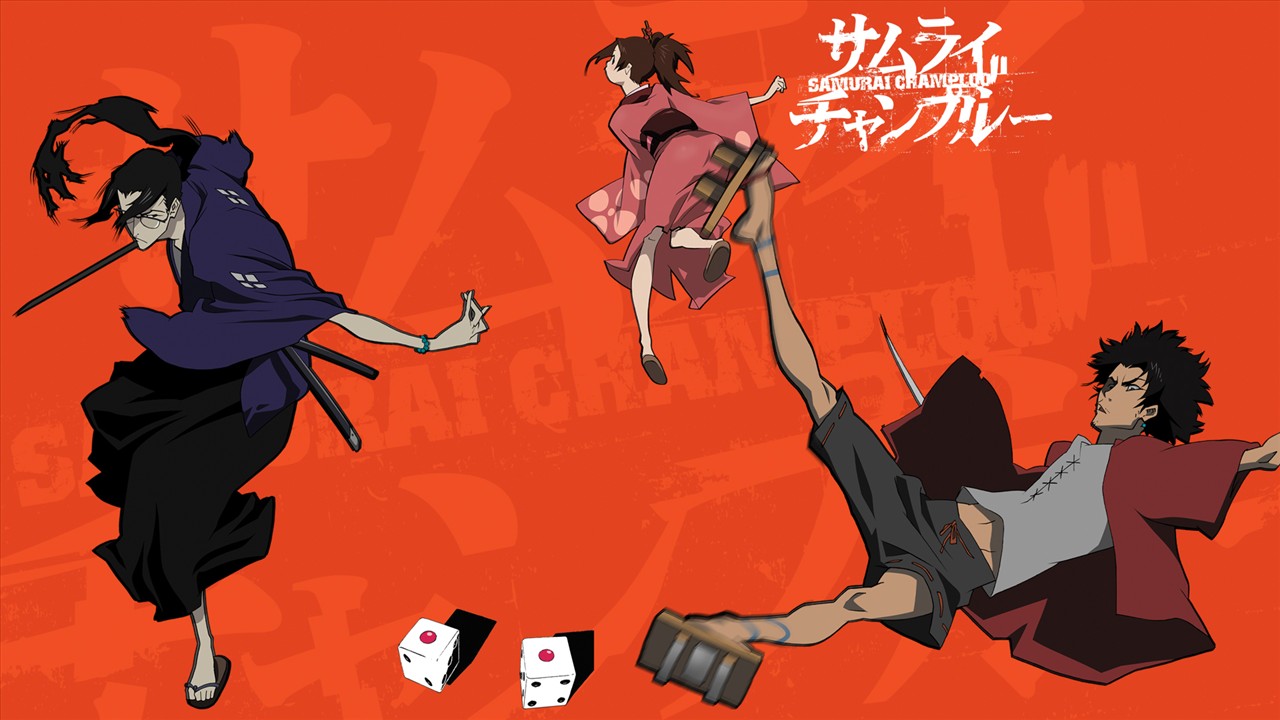
Unlike traditional samurai tales, Samurai Champloo infuses its historical setting with modern elements, including graffiti, breakdancing, and hip-hop beats. This anachronistic mix creates a vibrant and fresh take on the genre, allowing for unpredictable storytelling. Each episode presents a self-contained adventure while gradually building toward the overarching narrative, keeping the journey engaging and diverse.
Mugen is a standout character, embodying raw energy and recklessness. His unconventional swordsmanship relies on improvisation, making his fighting style look almost like a chaotic dance. He is brash, short-tempered, and often driven by instinct rather than logic. However, his past as a criminal and his struggles with identity add layers to his character, making him more than just a reckless fighter.

Jin, in contrast, is the epitome of a traditional samurai. Calm, disciplined, and highly skilled, he adheres to the old ways of bushido. His serious demeanor and precise swordsmanship serve as a counterbalance to Mugen’s wild nature. Though he seems cold and distant, his quiet contemplation and strong sense of honor reveal a deeply thoughtful and loyal individual. His past, involving betrayal and tragedy, adds emotional weight to his journey.
Fuu serves as the heart of the group, providing both comedic relief and emotional grounding. Though she is not a fighter, her determination and quick thinking often save the trio from dangerous situations. She has a personal reason for seeking the samurai who smells of sunflowers, and her backstory unfolds gradually throughout the series. Her interactions with Mugen and Jin highlight their contrasting personalities and create entertaining dynamics.
One of the anime’s defining features is its exceptional soundtrack, composed by Nujabes, a pioneer of lo-fi hip-hop. The music blends jazz, hip-hop beats, and traditional Japanese sounds, creating an atmospheric and immersive experience. Tracks like “Battlecry,” the opening theme, set the tone for the series, perfectly complementing its mix of historical and modern influences. The soundtrack remains one of the most celebrated in anime history.
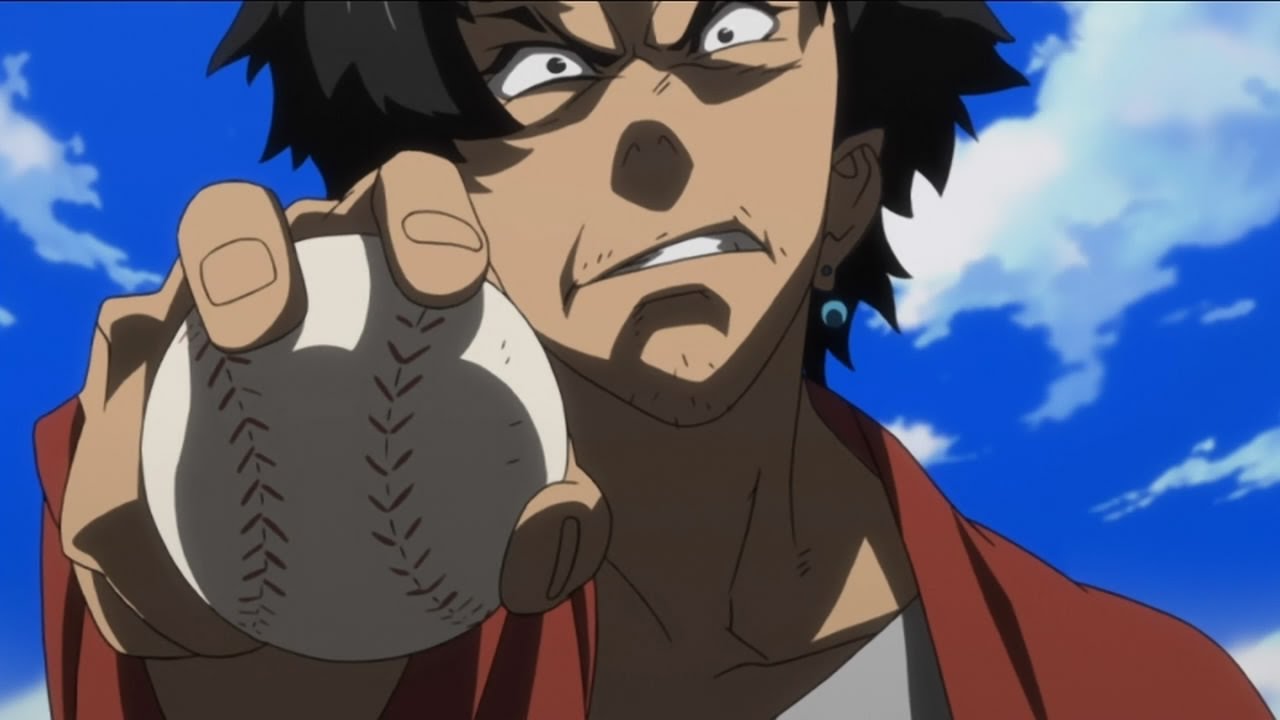
The animation, handled by Manglobe, is fluid and stylish, particularly in the action sequences. Samurai battles are choreographed with a sense of realism, yet they remain visually striking. Mugen’s unorthodox movements and Jin’s precise strikes create visually contrasting combat styles that keep fights fresh and exhilarating. The use of color and framing enhances the anime’s cinematic quality, making every scene feel dynamic and impactful.
Samurai Champloo also explores deeper themes, such as freedom, fate, and personal growth. Each character is running from something—Mugen from his past as an outlaw, Jin from the consequences of his master’s death, and Fuu from her unresolved childhood. Their journey forces them to confront their pasts, challenging their perceptions of duty and self-worth. The anime avoids heavy-handed exposition, allowing themes to unfold naturally through the characters’ experiences.
Despite its episodic nature, the series maintains a strong sense of progression. The trio encounters corrupt officials, assassins, and even baseball-playing foreigners, showcasing a wide variety of creative and unexpected scenarios. Some episodes take a lighthearted approach, while others go into serious and emotional territory, balancing humor and drama effectively.
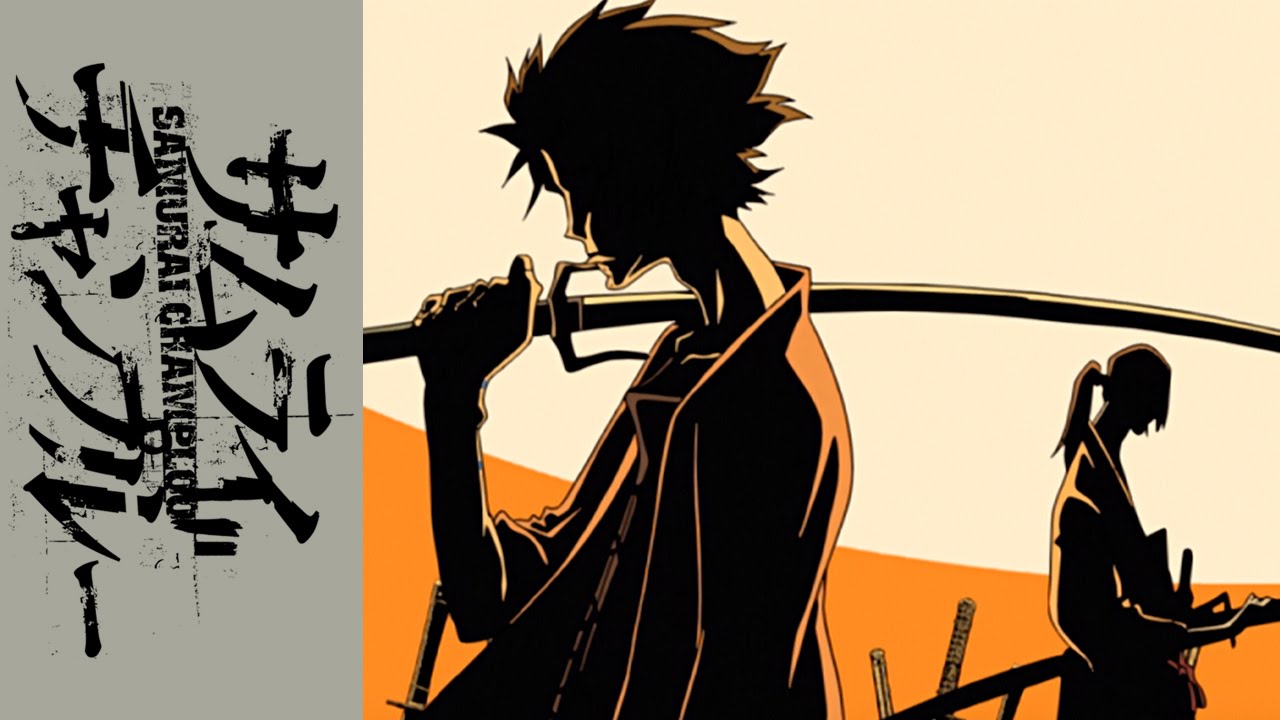
The relationship between Mugen and Jin is particularly compelling. Their rivalry is built on mutual respect rather than hatred, and their constant competition pushes both to their limits. Though they frequently argue and challenge each other, their shared experiences forge an unspoken bond. Their final duel is one of the most intense moments in the series, symbolizing their growth and understanding of each other.
Samurai Champloo’s ending is bittersweet yet fitting. Unlike many anime that provide clear resolutions, the conclusion leaves certain aspects open to interpretation. The journey changes the characters in subtle ways, but they ultimately go their separate paths. This reinforces the idea that not all friendships last forever, but the impact of shared experiences remains.
The anime’s unique blend of historical and modern elements, combined with its sharp writing, compelling characters, and unforgettable soundtrack, has solidified its status as a classic. It is a rare series that can be revisited multiple times, offering new insights with each viewing. Its stylish presentation and meaningful storytelling ensure that it remains relevant and influential years after its release.
8. Dragon Ball
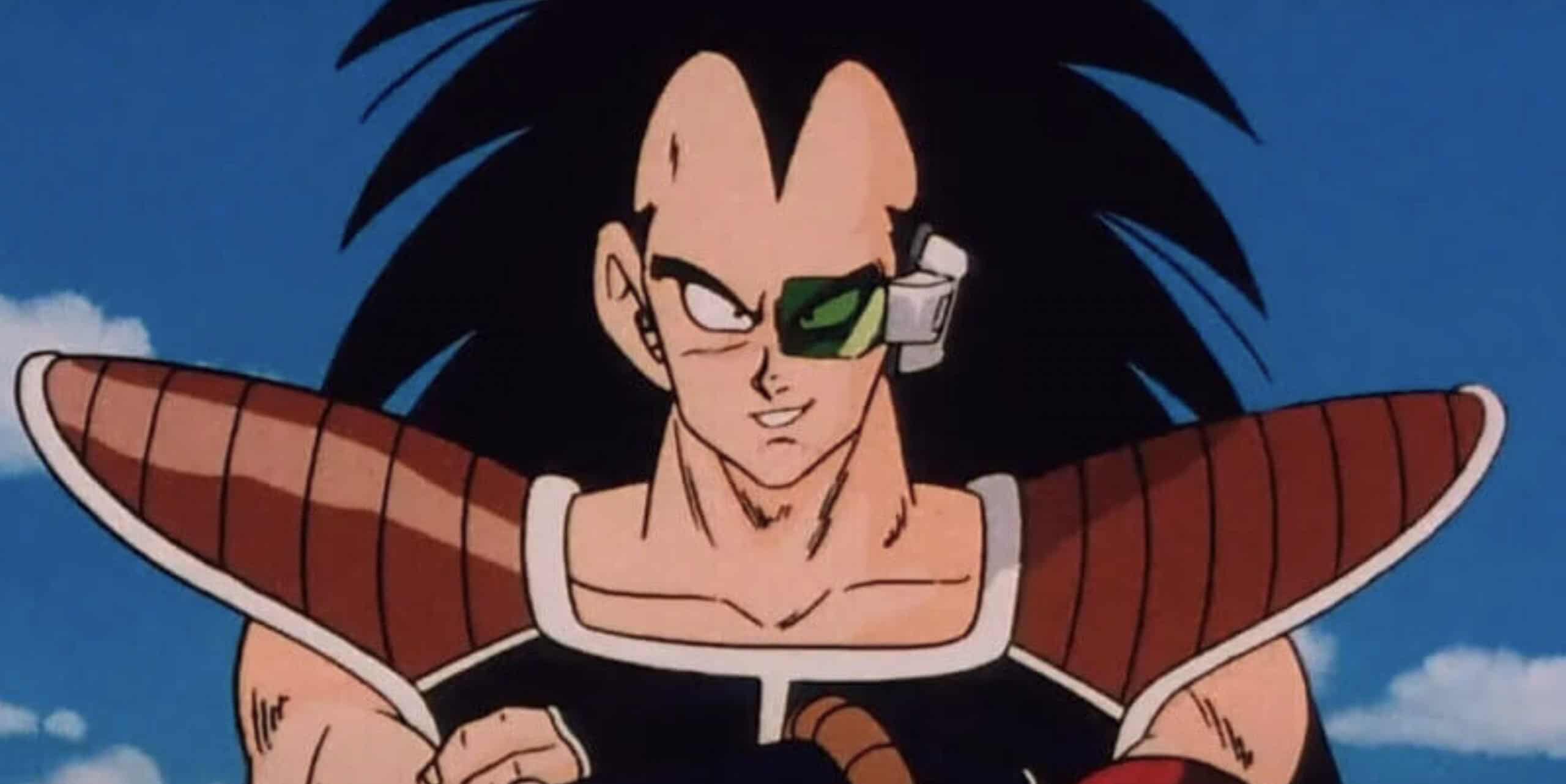
Toonami aired Dragon Ball Z before Dragon Ball, and the journey of how it reached American audiences is intricate, spanning various shifts in distribution methods. However, the series eventually found its way to America in a format that allowed it to be appreciated by many.
Dragon Ball holds a significant place in the shōnen anime for good reason; Goku’s original adventures remain a delight to watch. While certain aspects may show signs of aging, much of the series retains a timeless quality.
Akira Toriyama’s creations received considerable attention on Toonami, and Dragon Ball stands as one of the finest anime ever featured on the platform.
Dragon Ball is one of the most influential anime series of all time, laying the foundation for many action-packed shonen stories that followed. Created by Akira Toriyama, it first aired in 1986 and follows the journey of Son Goku, a young martial artist with a pure heart, as he sets out on adventures to find the seven mystical Dragon Balls. These legendary orbs summon Shenron, a powerful dragon that grants a single wish.
Goku’s journey begins when he meets Bulma, a brilliant but somewhat selfish girl searching for the Dragon Balls. Despite their differences, they form an unlikely team. Along the way, they encounter various allies, including Master Roshi, a perverted yet wise martial arts master, and Krillin, a competitive but loyal friend. Goku’s innocence and boundless energy set him apart, making him a lovable protagonist from the very start.
Unlike its successor, Dragon Ball Z, which focuses on intergalactic battles and intense power scaling, the original series places a greater emphasis on adventure, comedy, and traditional martial arts tournaments. While Goku grows stronger throughout the story, his development is more gradual, centered on his training and learning new techniques rather than sudden transformations. This gives the fights a more strategic and skill-based approach.
The series introduces many iconic villains, each presenting unique challenges. Emperor Pilaf, a comedic yet determined antagonist, serves as an early threat. However, the Red Ribbon Army introduces a more serious tone, with General Blue and Mercenary Tao proving to be formidable foes. King Piccolo stands out as the most menacing enemy, bringing genuine danger and a dramatic shift in the story’s tone.
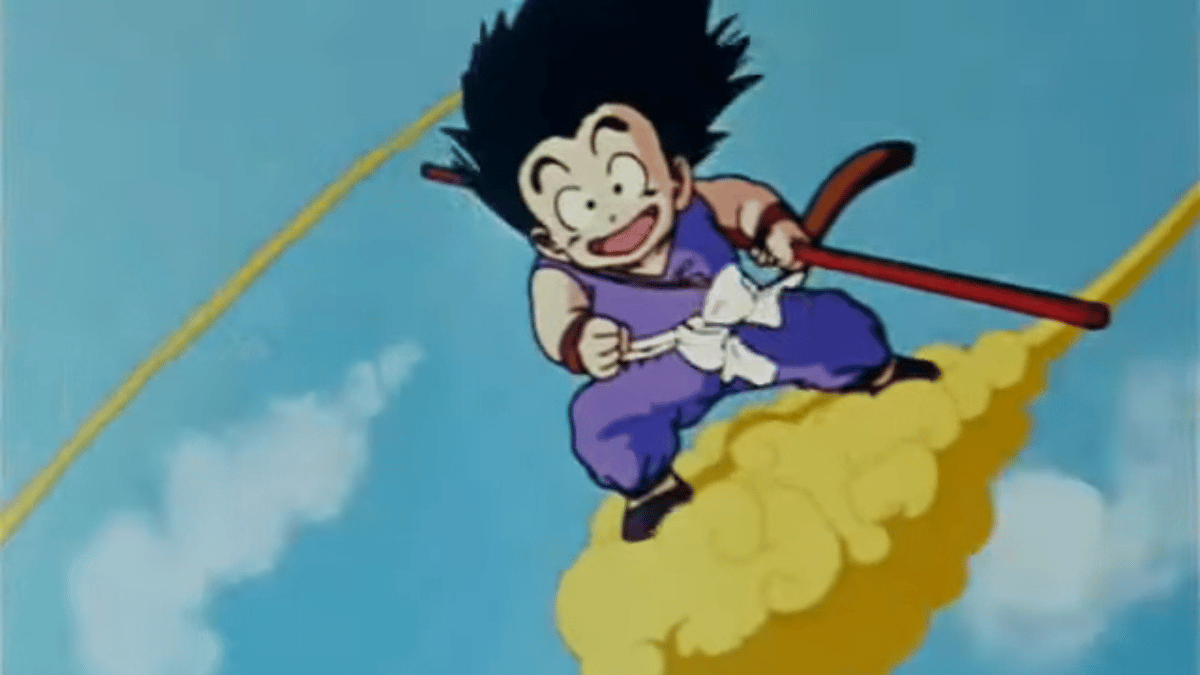
One of the highlights of Dragon Ball is the Tenkaichi Budokai, or World Martial Arts Tournament. These tournaments allow fighters from all over the world to compete, showcasing different fighting styles and abilities. The battles are fast-paced, entertaining, and filled with clever tactics. Goku’s rivalries with characters like Tien Shinhan and Jackie Chun (Master Roshi in disguise) add depth to the competition, making each fight feel personal.
Toriyama’s storytelling blends action with humor effortlessly. While Goku’s innocence often leads to comedic moments, characters like Master Roshi and Oolong provide additional humor with their antics. The mix of lighthearted moments and serious confrontations keeps the tone balanced, making it appealing to a wide audience.
Goku’s character development is subtle but impactful. He begins as an isolated boy with little knowledge of the world but gradually matures through his experiences. His relentless drive to become stronger, paired with his unwavering kindness, makes him an endearing protagonist. Unlike many heroes who fight for revenge or duty, Goku fights simply for the love of battle and self-improvement.
The animation, while dated compared to modern standards, still holds up due to its expressive character designs and fluid fight sequences. The action scenes make use of exaggerated movements and dynamic angles, keeping fights engaging. The vibrant color palette and creative world design bring a sense of wonder to every new location Goku visits.
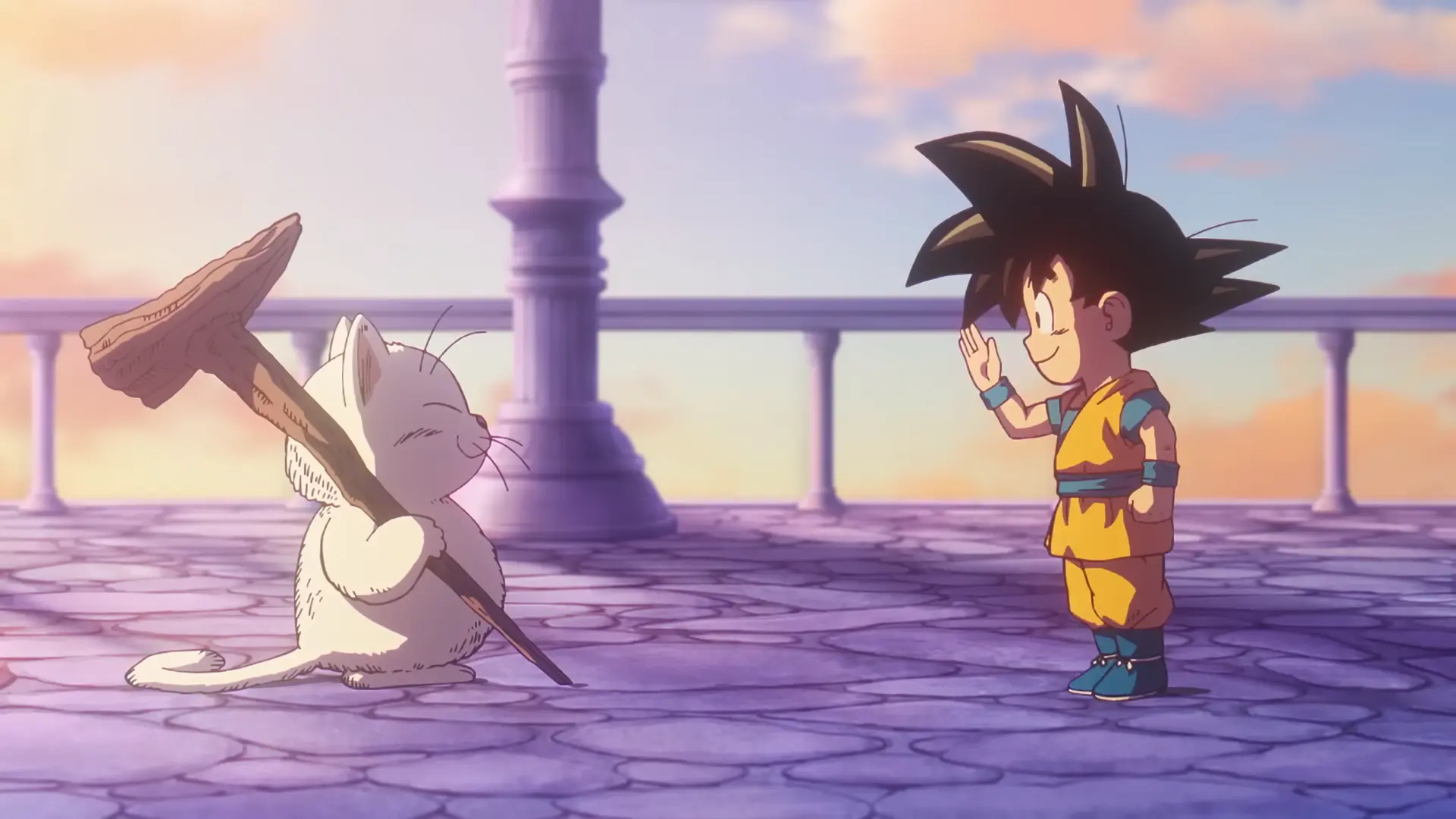
Dragon Ball also excels in world-building. The mix of advanced technology, mystical elements, and martial arts traditions creates a unique setting. From talking animals to shape-shifting creatures, the world is filled with bizarre yet charming elements that make it feel both fantastical and lived-in. The introduction of Namekian lore and dragon-related mythology further expands the story’s depth.
One of the reasons Dragon Ball remains timeless is its ability to appeal to both children and adults. Younger viewers enjoy the humor and adventure, while older audiences appreciate the character development and action. The themes of perseverance, friendship, and self-growth resonate across generations, ensuring its lasting impact.
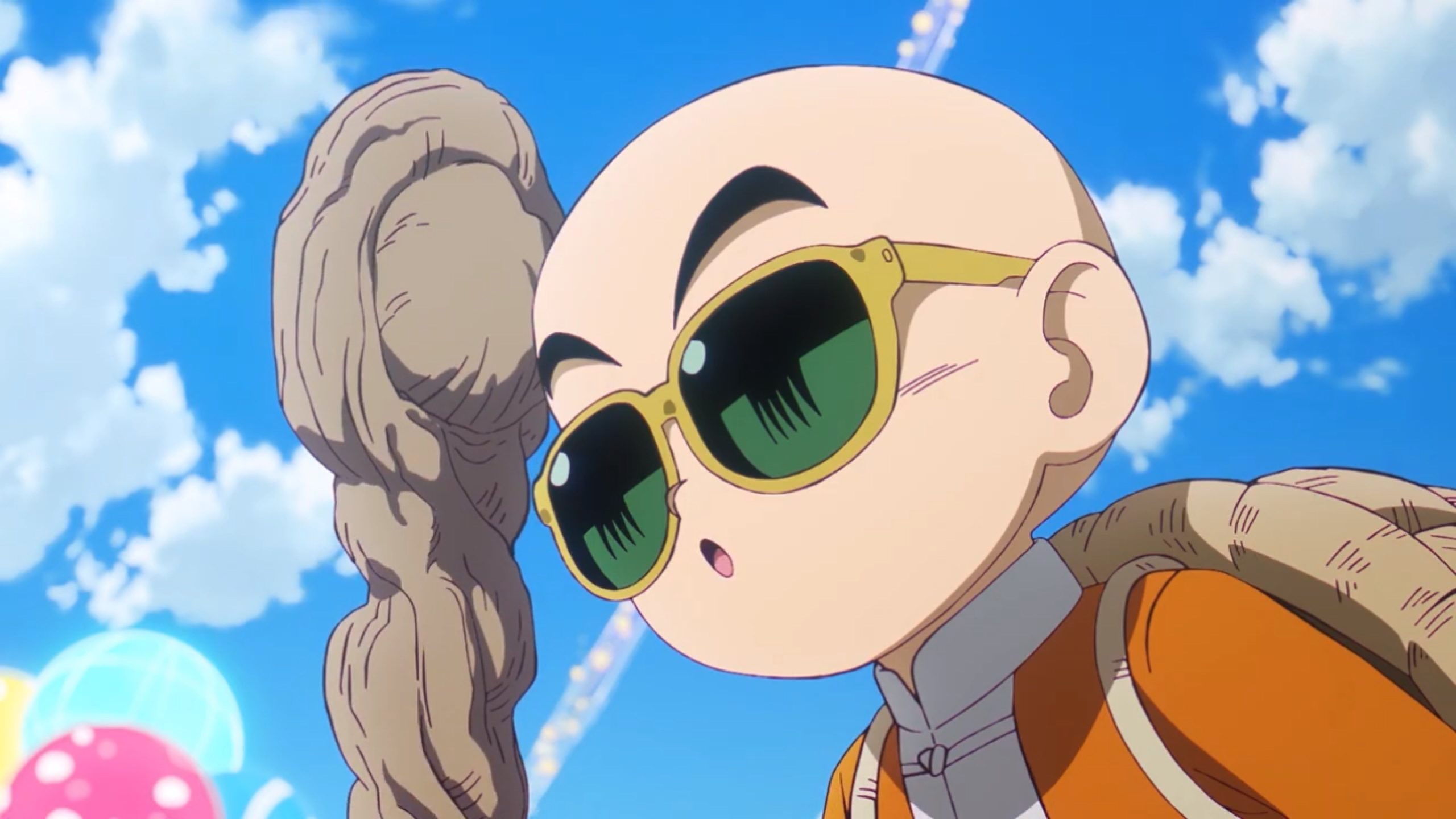
The supporting characters contribute significantly to the story’s appeal. Bulma’s intelligence and resourcefulness drive much of the early adventure, while Krillin’s friendship with Goku adds emotional weight to key moments. Yamcha, though often comedic, has his own memorable battles, and characters like Tien Shinhan evolve from enemies to respected allies. Even minor characters leave lasting impressions, thanks to Toriyama’s ability to create diverse personalities.
Dragon Ball’s influence on anime and manga cannot be overstated. Many of today’s popular shonen series, including One Piece, Naruto, and My Hero Academia, draw inspiration from its formula. Elements like training arcs, tournament arcs, and escalating battles have become staples of the genre due to Dragon Ball’s success. The series set the standard for what an action-adventure anime could achieve.
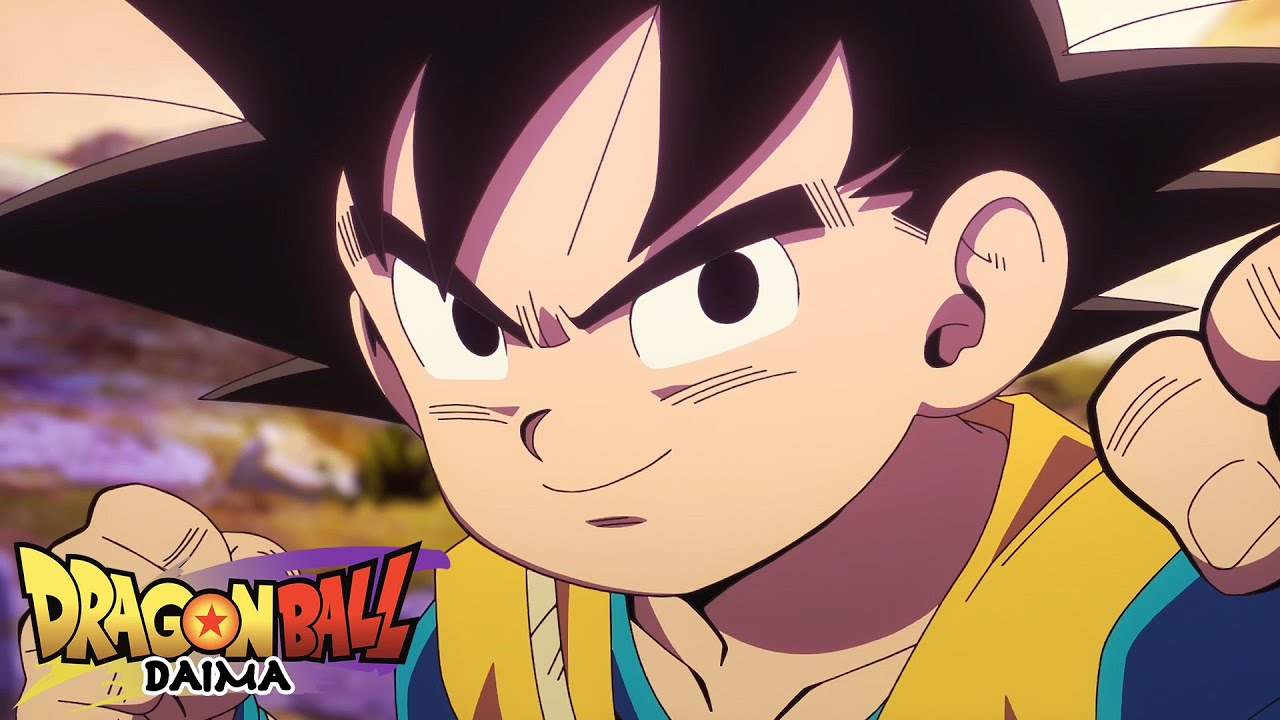
The original series transitions smoothly into Dragon Ball Z, where the stakes are raised significantly with the introduction of Saiyan heritage, galactic threats, and universe-shaking battles. However, the charm of Dragon Ball lies in its simplicity—focusing on Goku’s humble beginnings before he becomes an intergalactic warrior. This grounded storytelling makes it a perfect starting point for new fans.
The legacy of Dragon Ball continues with numerous spin-offs, movies, and sequel series. Despite its age, the original series still holds up as an engaging watch, offering a mix of humor, action, and adventure. Whether viewed as a nostalgic trip or a first-time experience, Dragon Ball remains a cornerstone of anime history, shaping the industry for decades to come.
7. Fullmetal Alchemist
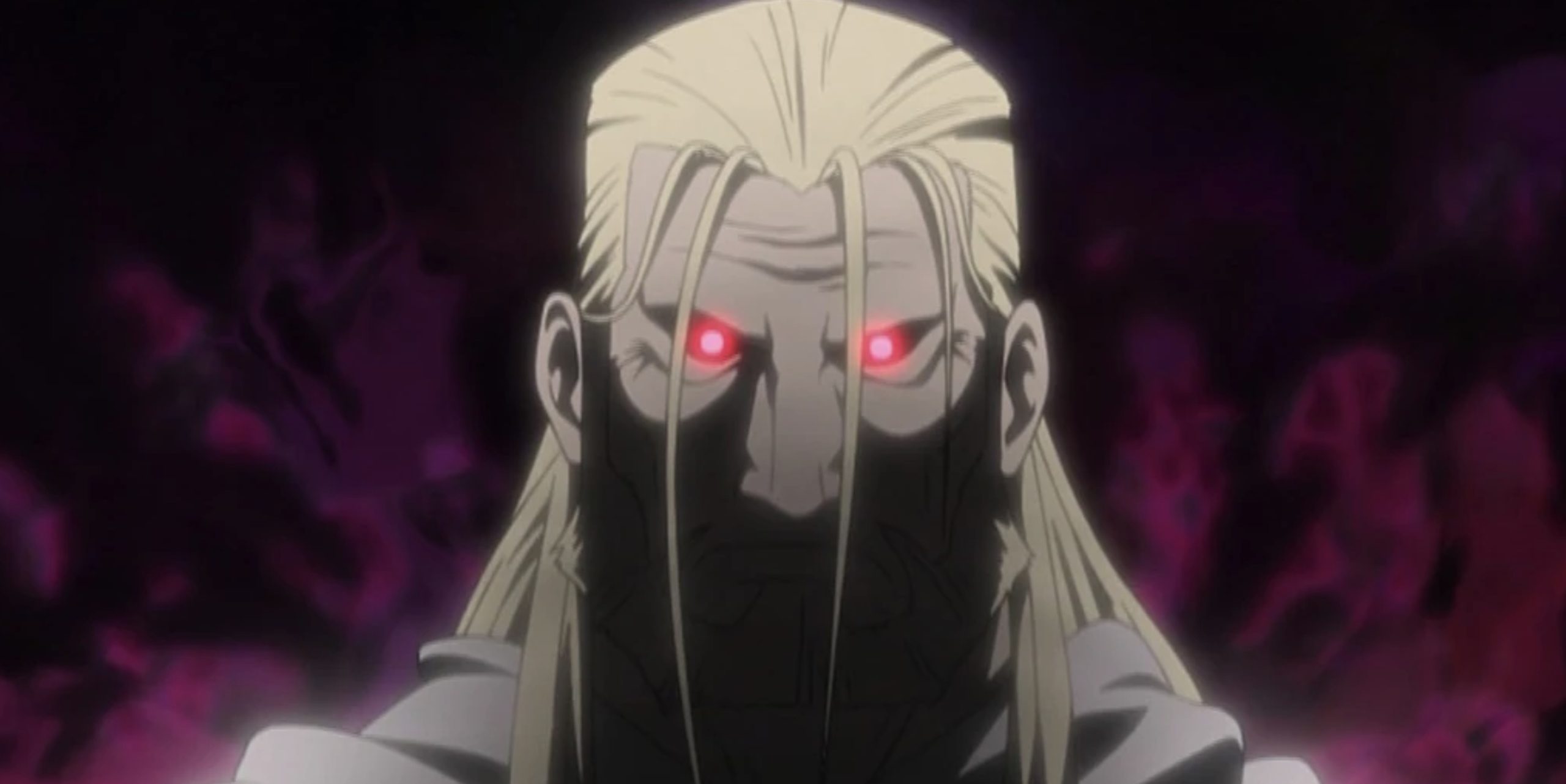
While Fullmetal Alchemist: Brotherhood adheres more closely to the manga, the initial adaptation of Fullmetal Alchemist remains a remarkable anime in its own right. It’s not uncommon in anime history for adaptations to surpass their source material. The Hellsing franchise serves as a prime example of this phenomenon. To bridge gaps or extend storylines, animators sometimes introduce filler content, as seen in Black Butler.
In the cases of Hellsing and Fullmetal Alchemist, the anime diverged from the manga to craft their own narratives. For Fullmetal Alchemist, this decision allowed earlier story arcs to receive greater attention than they would in Brotherhood. This focused attention on earlier events heightened their impact, contrasting with Brotherhood, which reserved its climax for later episodes.
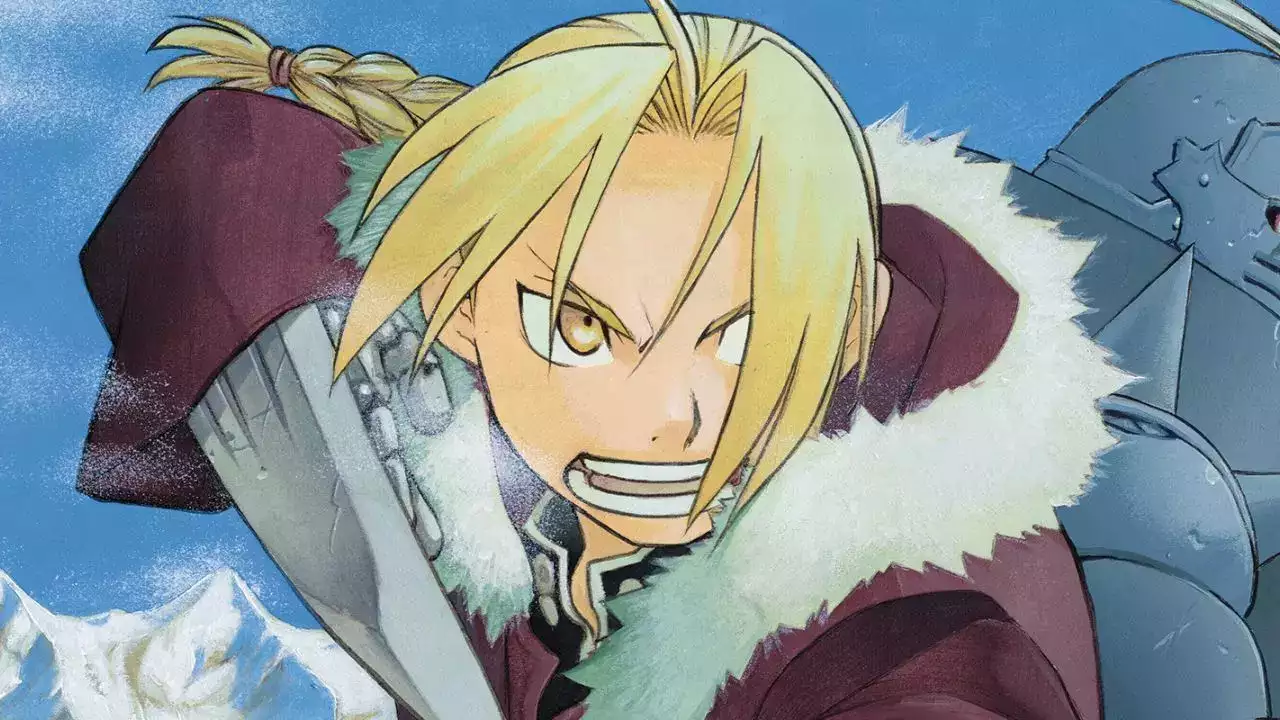
Fullmetal Alchemist is one of the most well-regarded anime series, known for its compelling narrative, deep philosophical themes, and memorable characters. Based on Hiromu Arakawa’s manga, the story follows brothers Edward and Alphonse Elric as they search for the Philosopher’s Stone to restore their bodies after a failed alchemy experiment. The anime blends action, emotional depth, and thought-provoking concepts about sacrifice, morality, and the consequences of ambition.
Edward and Alphonse grow up in the small town of Resembool, raised by their mother, Trisha, after their father, Hohenheim, mysteriously leaves. When Trisha dies from illness, the brothers turn to alchemy in a desperate attempt to bring her back. However, human transmutation is forbidden, and their experiment goes terribly wrong. Edward loses his leg, while Alphonse loses his entire body. In a desperate move, Edward sacrifices his arm to bind Alphonse’s soul to a suit of armor.
Determined to restore what they lost, Edward and Alphonse set out on a journey to find the Philosopher’s Stone, an object rumored to bypass alchemy’s fundamental law of equivalent exchange. Edward joins the military as a State Alchemist, earning the title of “Fullmetal Alchemist.” This grants him resources to continue their search, but it also entangles them in a world of political intrigue, war, and dark secrets.
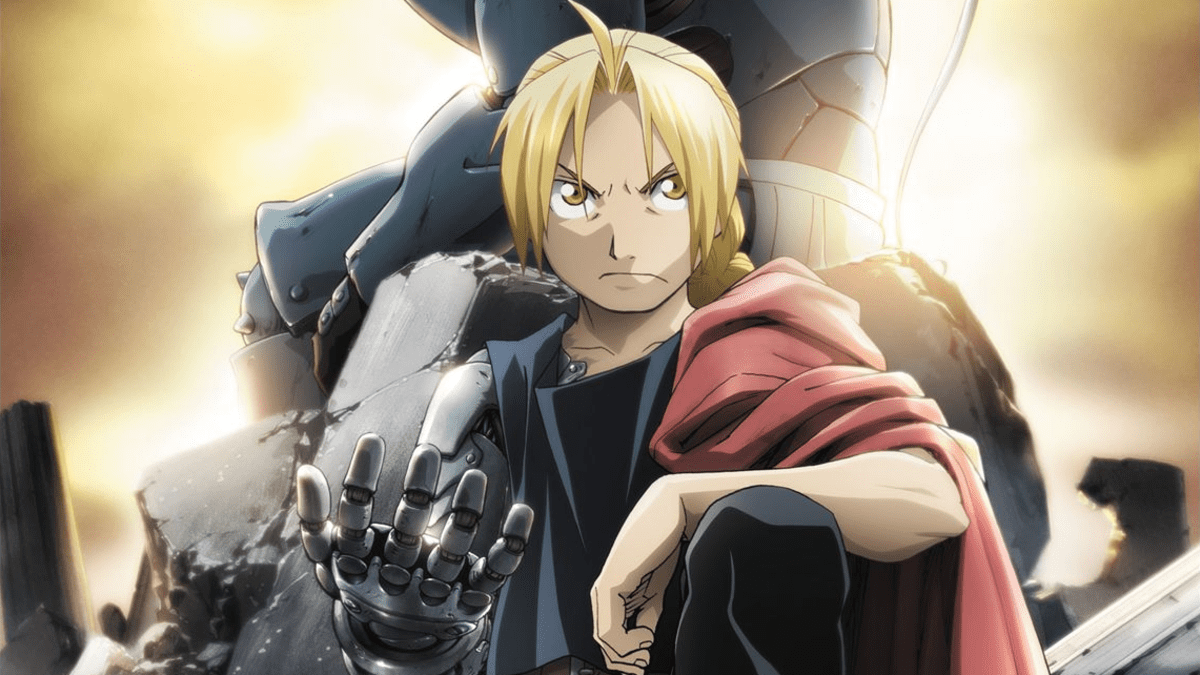
Along their journey, they meet allies and adversaries who shape their understanding of alchemy and the world. Winry Rockbell, their childhood friend, provides emotional support and maintains Edward’s automail prosthetics. Colonel Roy Mustang, a powerful alchemist with ambitions of reforming the military, serves as both a mentor and a driving force in the brothers’ mission.
The Homunculi, a group of artificial humans with incredible abilities, serve as the series’ primary antagonists. Each is named after one of the seven deadly sins, embodying different aspects of human weakness. Their leader, Father, holds knowledge and power beyond comprehension, orchestrating events from the shadows. His connection to Hohenheim adds another layer to the story, revealing a centuries-old struggle for control and knowledge.

One of the most significant themes in Fullmetal Alchemist is the concept of equivalent exchange—the idea that something of equal value must be lost to gain something else. This philosophy drives both the narrative and the moral dilemmas faced by the characters. Edward and Alphonse constantly grapple with the cost of their actions, questioning whether the ends justify the means.
The series also examines themes of war and oppression, particularly through the Ishvalan Civil War. Roy Mustang and his comrades were involved in the genocide of the Ishvalan people, leaving them burdened with guilt. Scar, an Ishvalan warrior seeking revenge, represents the consequences of unchecked military power and racial persecution. His character arc challenges the idea of justice and whether vengeance can ever bring true peace.

The emotional depth of the anime is one of its greatest strengths. The bond between Edward and Alphonse is central to the story, portraying a brotherly relationship filled with love, guilt, and unwavering determination. Their interactions feel genuine, making their struggles and triumphs deeply impactful. Moments of humor, often through Edward’s frustration over being called short, balance the heavier themes.
There are two anime adaptations of Fullmetal Alchemist. The 2003 version diverges from the manga, taking a darker, more philosophical approach. Fullmetal Alchemist: Brotherhood, released in 2009, follows the original story more faithfully, providing a more complete and action-driven narrative. While both are praised for their storytelling and character development, Brotherhood is often considered the definitive adaptation.
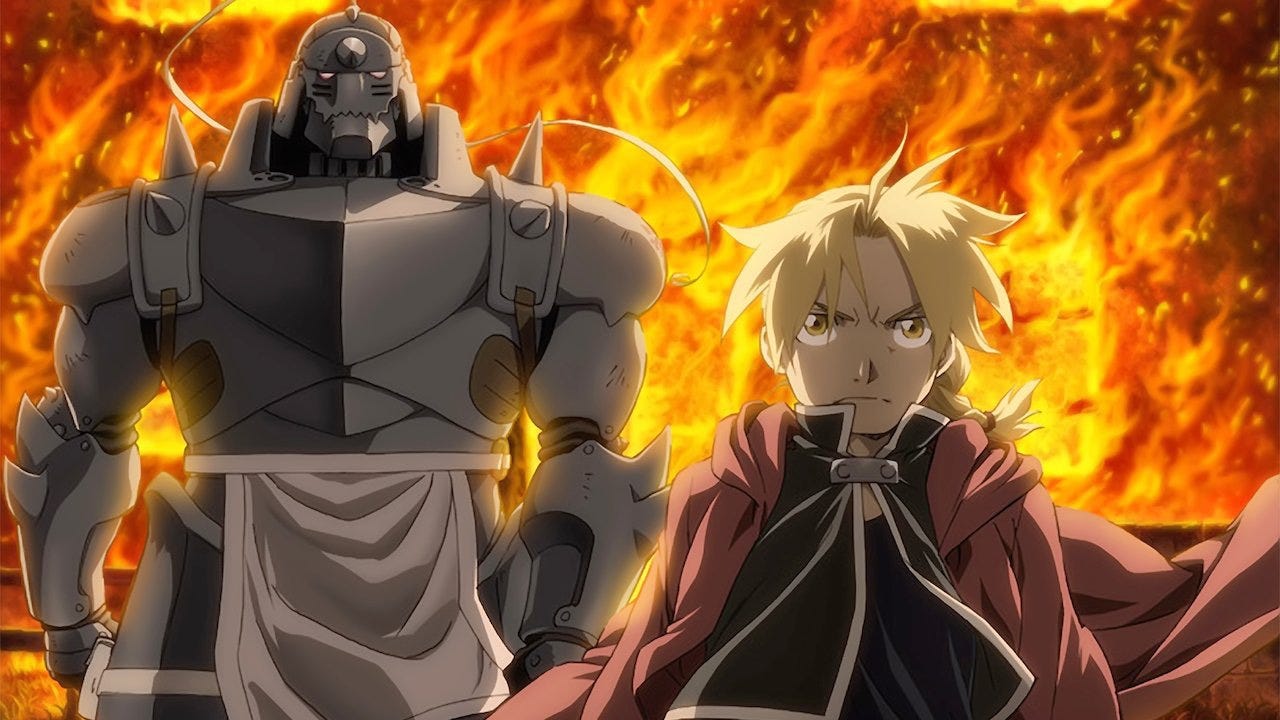
The animation quality in Brotherhood is exceptional, with fluid fight scenes and expressive character animation. The alchemy-based combat is visually impressive, utilizing creative transformations and energy-based attacks. The detailed backgrounds and atmospheric lighting further enhance the world-building. The 2003 version, though older, has a more subdued color palette and a unique artistic style that gives it a melancholic tone.
Music plays a significant role in amplifying the anime’s emotional weight. Composed by Akira Senju, Brotherhood’s soundtrack features orchestral pieces that perfectly accompany both intense battles and heartfelt moments. Iconic openings like “Again” by Yui and “Rain” by SID remain fan favorites, reinforcing the anime’s emotional and thematic depth.
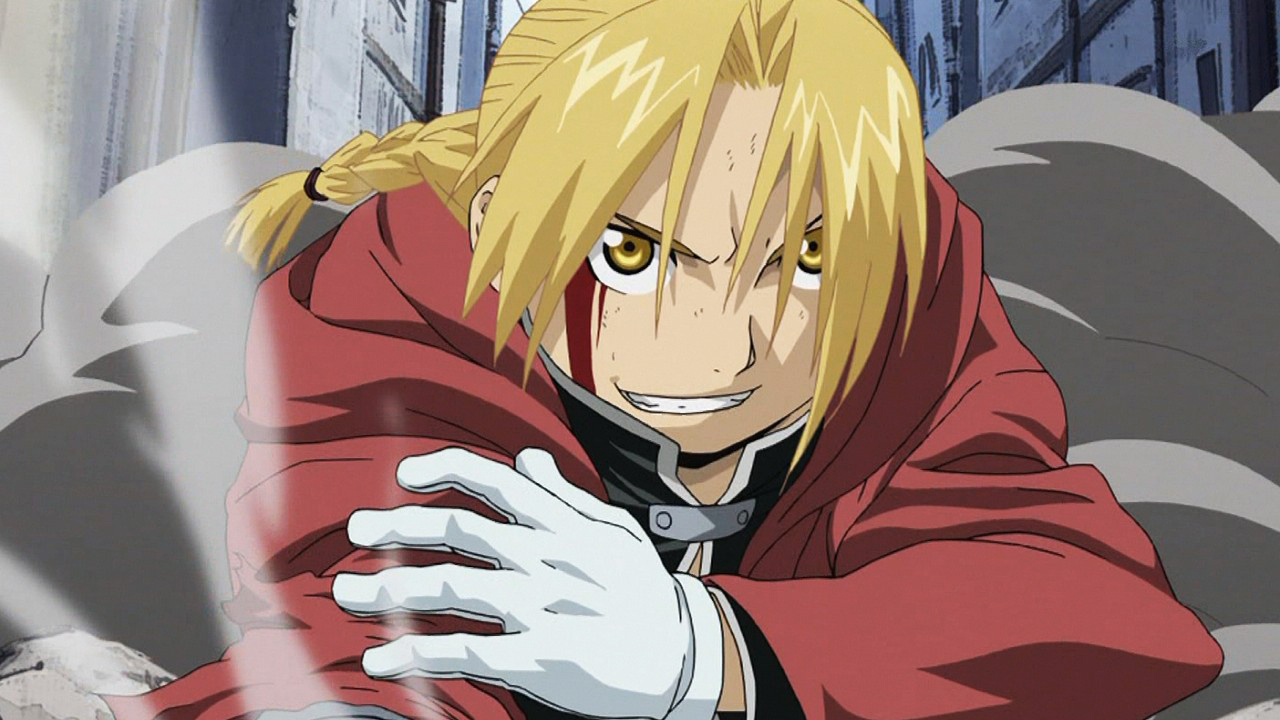
Character development is another highlight. Edward starts as a stubborn, hotheaded boy but grows into a mature and selfless young man who understands the weight of his actions. Alphonse, despite his imposing armor, is the more compassionate and level-headed of the two, often serving as the voice of reason. Roy Mustang’s journey from an ambitious soldier to a leader determined to atone for his past mistakes is equally compelling.
Even minor characters, such as Riza Hawkeye, Ling Yao, and Olivier Armstrong, receive significant development. Their unique motivations and backstories add layers to the narrative, making every interaction meaningful. The villains are also well-crafted, with each Homunculus representing a different flaw of humanity while maintaining distinct personalities and goals.
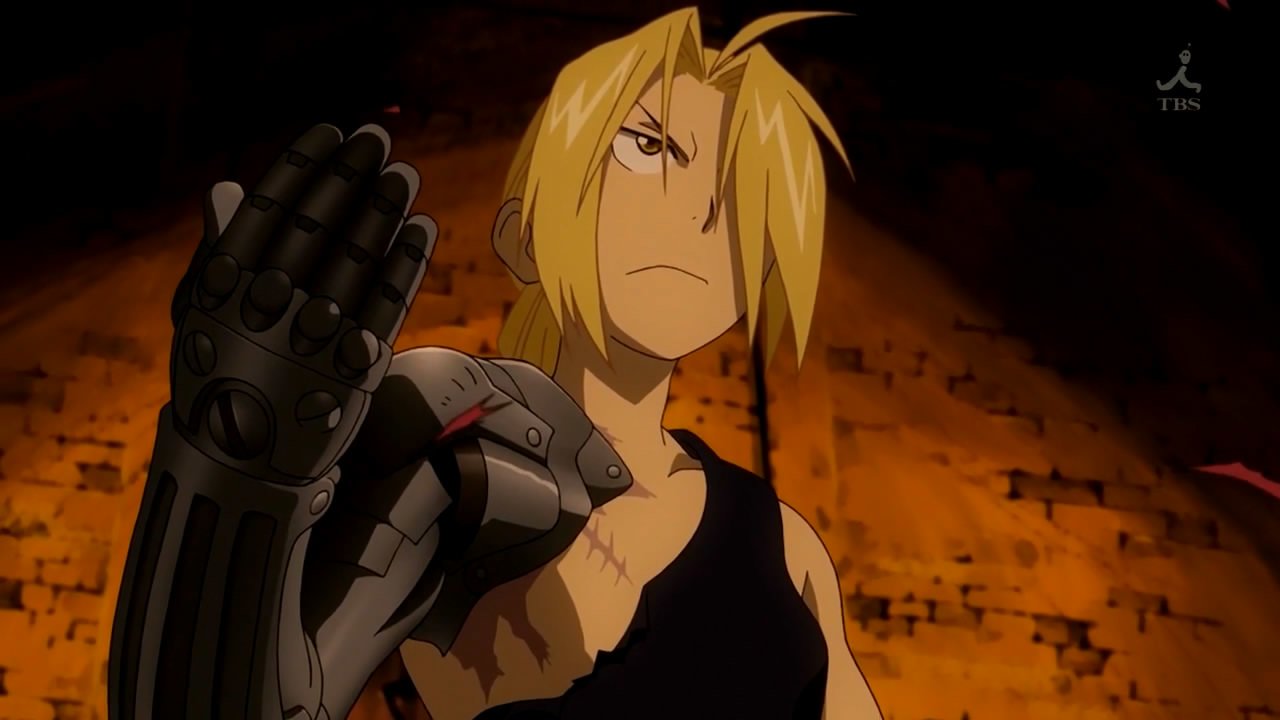
The conclusion of Brotherhood is highly satisfying, delivering a mix of intense action, emotional resolution, and a powerful message about the true meaning of sacrifice and redemption. The final confrontation with Father is a culmination of everything the brothers have learned, forcing them to make their most difficult decision yet.
Fullmetal Alchemist remains one of the most influential anime of all time. Its combination of thrilling action, philosophical depth, and emotional storytelling ensures that it continues to resonate with audiences. The series challenges viewers to reflect on their own beliefs about sacrifice, ambition, and the pursuit of knowledge, making it a timeless classic.
6. Rurouni Kenshin
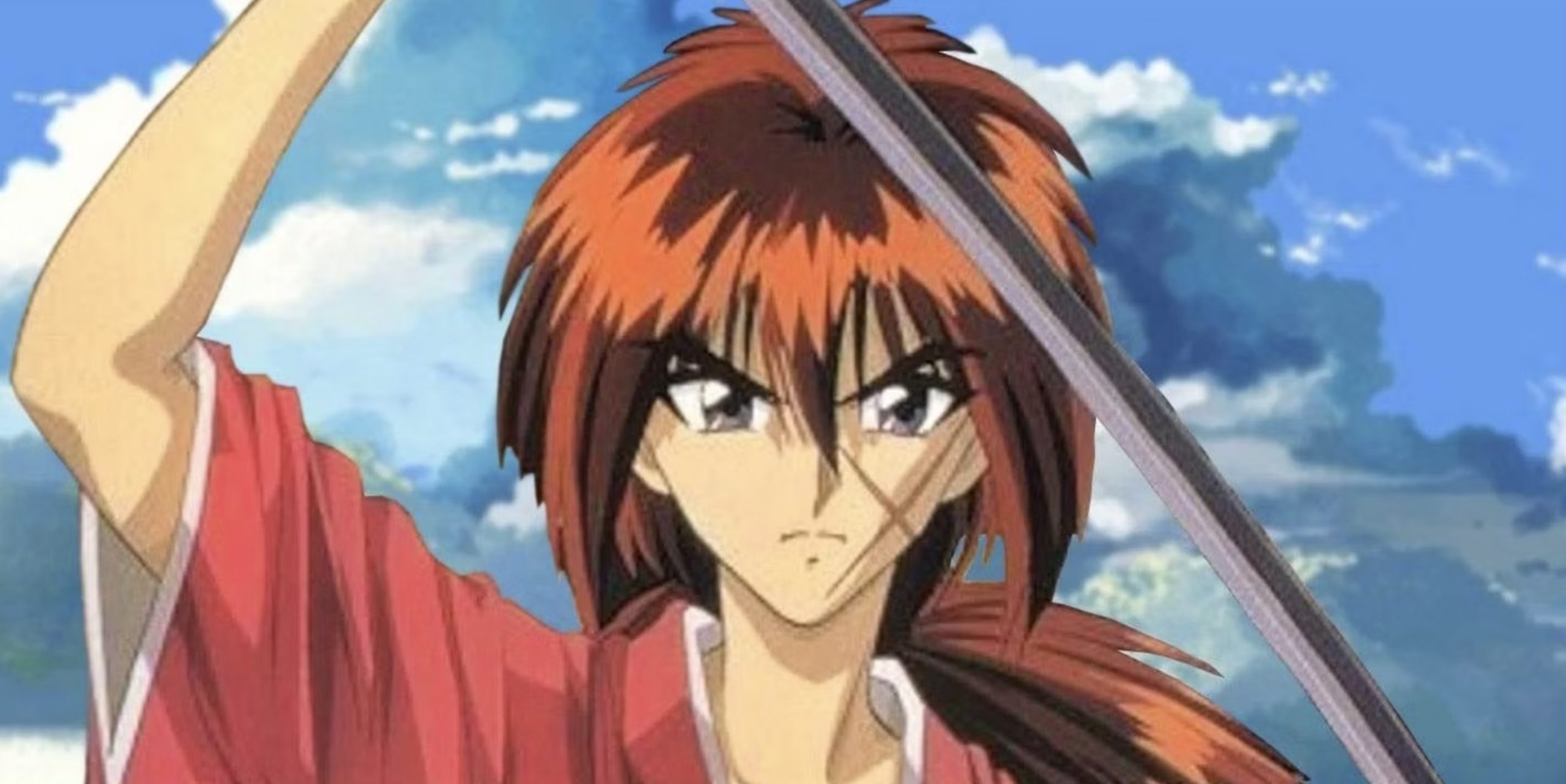
Rurouni Kenshin is a title that is inevitably tied to the tainted reputation of its creator, a key point that cannot be overlooked, especially as anime fans grapple with the concept of the “death of the author.” Discussing the acclaimed series often requires acknowledging the reprehensible actions of its creator.
However, despite this context, Rurouni Kenshin’s airing on Toonami provided Western audiences with a distinct anime experience. The series holds significant influence, even manifesting in the design of Tanjiro in Kimetsu no Yaiba: Demon Slayer.
Rurouni Kenshin is a classic anime that blends historical fiction, intense sword battles, and deep character development. Based on Nobuhiro Watsuki’s manga, the series follows Himura Kenshin, a former assassin known as the “Battousai,” who now seeks redemption by protecting the innocent. Set in the Meiji era, the story explores themes of atonement, justice, and the struggle between past and present.
Kenshin’s journey begins when he arrives in Tokyo, carrying a reverse-blade sword—a weapon that prevents him from killing. Determined to leave his violent past behind, he vows never to take another life. Despite his peaceful nature, his reputation as the legendary assassin attracts enemies who seek revenge or wish to challenge his skills.
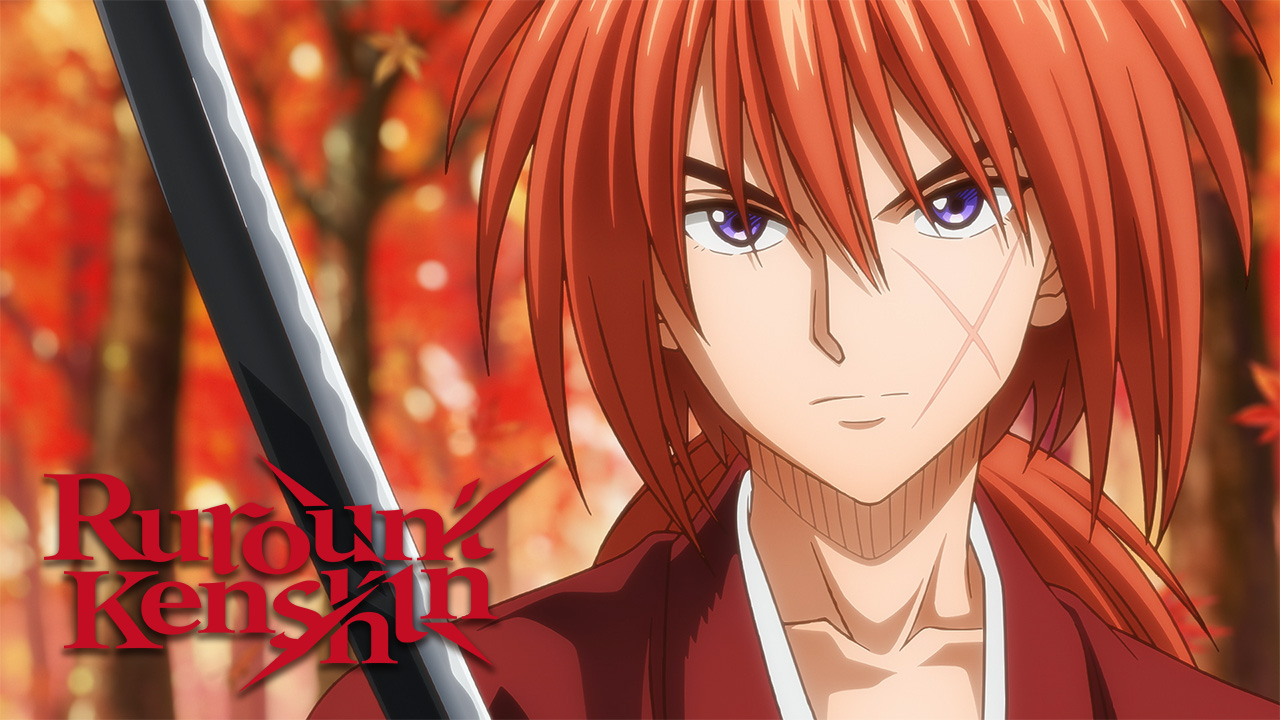
He soon meets Kaoru Kamiya, a spirited young woman who runs a struggling dojo. Initially mistaking him for a criminal, she later realizes his true identity and offers him a place to stay. Over time, a deep bond forms between them, with Kaoru serving as a reminder of the peaceful life Kenshin hopes to protect.
As Kenshin settles into his new life, he encounters allies who share his journey. Sanosuke Sagara, a brawler with a strong sense of justice, becomes a loyal companion. Yahiko Myojin, a young orphan, looks up to Kenshin and trains under Kaoru. Megumi Takani, a skilled doctor, provides medical support and emotional insight into Kenshin’s struggles.
Despite his vow of non-violence, Kenshin is frequently forced to fight. His skill with the Hiten Mitsurugi-ryu sword style remains unmatched, allowing him to take down formidable foes without killing. However, each battle brings him closer to confronting the darkness of his past and the question of whether true redemption is possible.
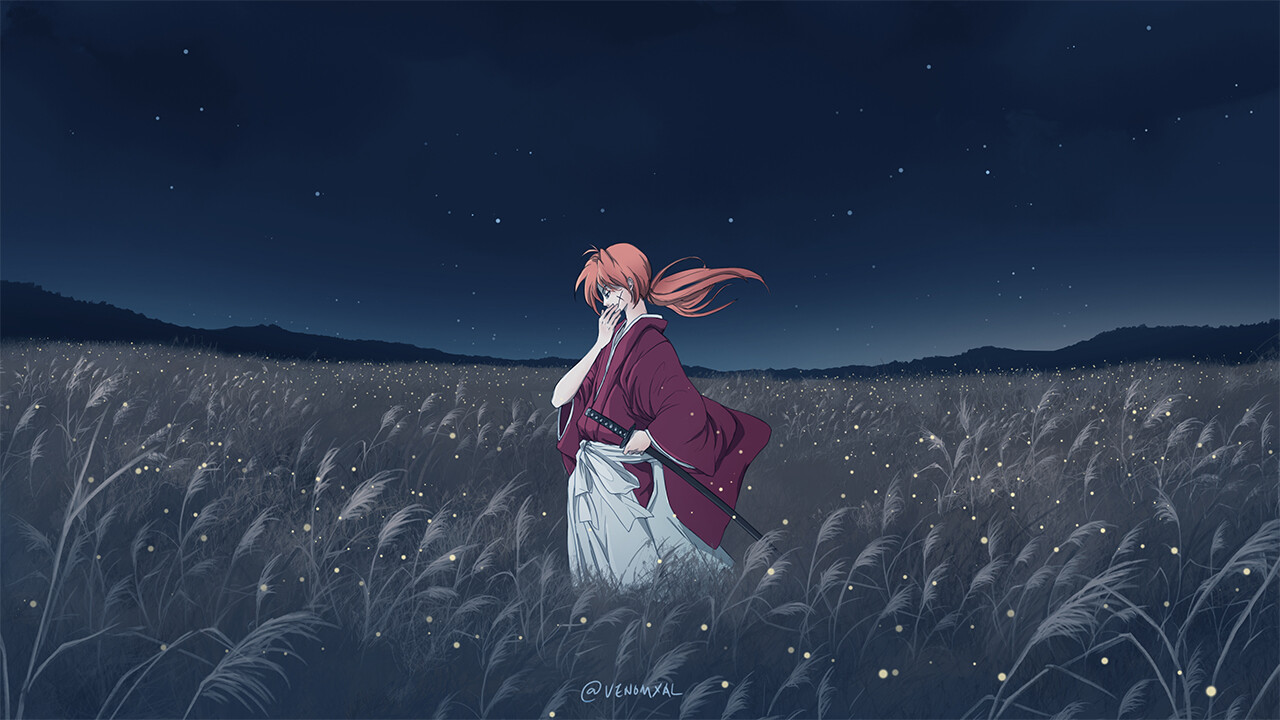
The series introduces numerous antagonists, each representing different aspects of the era’s turmoil. Among them, Hajime Saito, a former Shinsengumi warrior, challenges Kenshin’s ideology, believing that justice must be served through strength. Their rivalry is one of the most compelling dynamics in the series.
One of the most memorable arcs is the Kyoto Arc, where Kenshin faces Shishio Makoto, a ruthless warlord who seeks to overthrow the Meiji government. Burned alive by his own allies and left for dead, Shishio returns with a vendetta, embodying everything Kenshin once stood for. Their battle is both physically intense and ideologically charged.
Rurouni Kenshin’s historical setting adds depth to its storytelling. The anime carefully incorporates real historical events and figures, blending them with fictional elements. This approach gives the series a unique identity, making it more than just a standard action anime.
The animation quality varies throughout the series, with early episodes having a more traditional 90s aesthetic. However, the action sequences remain fluid and well-choreographed, especially during major battles. The later adaptations, including the Kyoto Arc and the live-action films, showcase even more refined visuals.
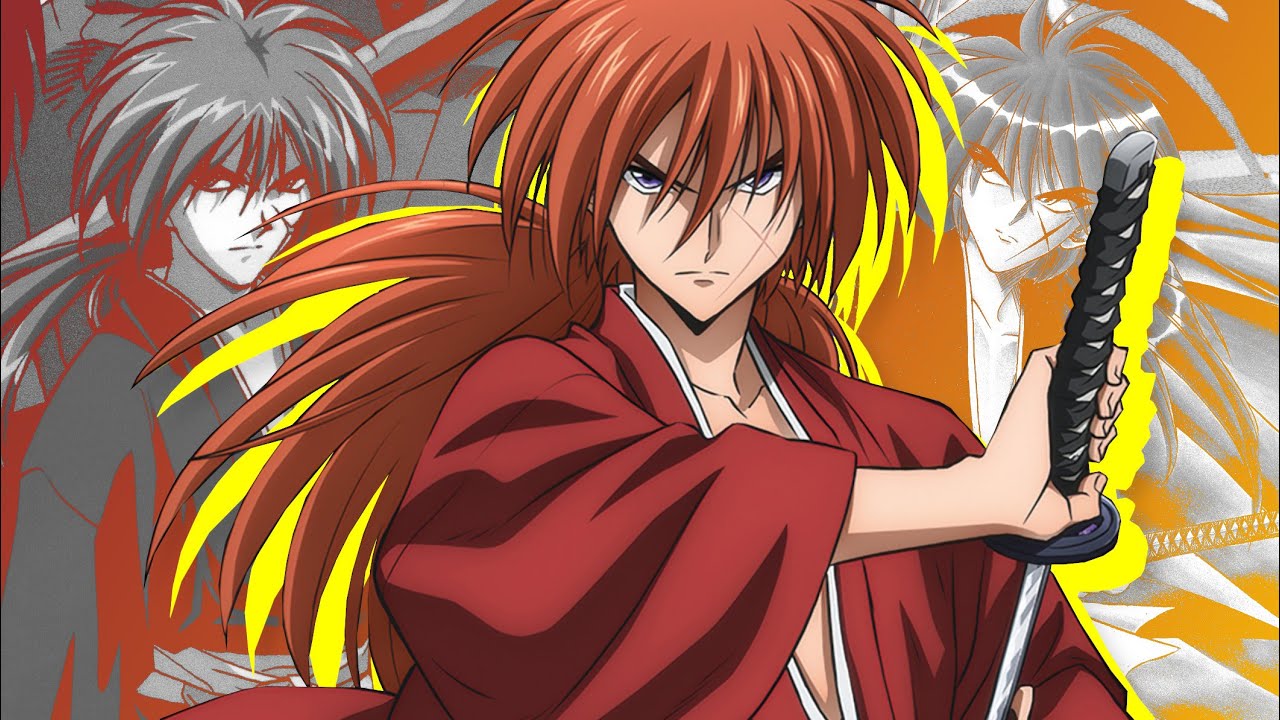
Music plays a crucial role in enhancing the emotional impact of the series. The opening themes, including “Sobakasu” by Judy and Mary, became iconic. The soundtrack’s mix of traditional Japanese instruments and orchestral compositions adds to the historical atmosphere.
Character development is one of the anime’s strongest aspects. Kenshin’s internal struggle between his past as an assassin and his desire for peace creates a deeply compelling protagonist. His growth throughout the series is gradual and believable, making his victories feel meaningful.
Kaoru’s role as Kenshin’s emotional anchor is significant, though she often takes a backseat during major battles. Sanosuke provides comic relief but also has his moments of depth, particularly when confronting his own past. Yahiko’s journey from a reckless orphan to a capable swordsman highlights the next generation’s potential.

The anime also examines themes of justice and morality. Kenshin’s refusal to kill, despite being surrounded by violence, challenges the idea that strength equals brutality. His interactions with foes who see violence as a means to an end force him to reaffirm his beliefs.
While Rurouni Kenshin is widely praised, it is not without flaws. Some filler episodes slow the pacing, particularly in the latter half of the anime. The final arc, which was never fully adapted, left fans wanting a more complete conclusion. However, the manga provides a satisfying ending.
Despite these minor issues, the series remains one of the most influential samurai anime of all time. Its blend of action, history, and character-driven storytelling continues to resonate with audiences. The live-action adaptations have further cemented its legacy, introducing the story to new generations.
Rurouni Kenshin’s impact extends beyond anime. Its themes of redemption, justice, and personal growth have influenced countless works. Even decades after its original release, the series remains a standout in the genre, proving that great storytelling transcends time.
5. Demon Slayer

Demon Slayer has indeed captured global attention, making its inclusion in Toonami’s revival a logical choice. The franchise’s stylish aesthetic, drawing inspiration from woodblock art with its bold lines and sharp angles, combined with flashy animation techniques, contributes to its widespread appeal.
Demon Slayer’s stunning visuals, coupled with its engaging storytelling, have propelled its success, particularly evident in the popularity of its movies. Its presence on Toonami reaffirms the block’s enduring cultural influence, even in the face of competition from streaming services.
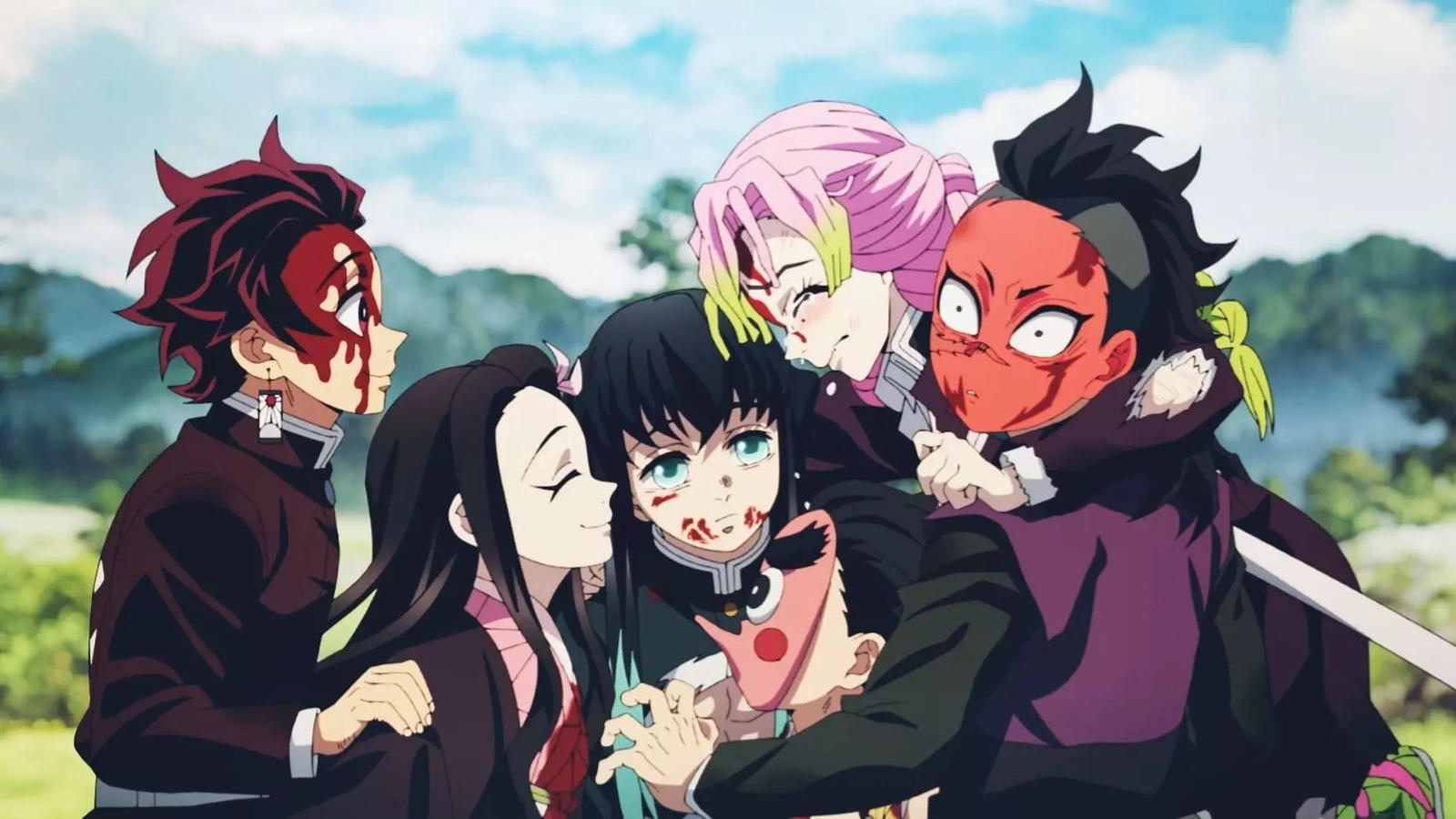
Demon Slayer: Kimetsu no Yaiba is a visually stunning and emotionally gripping anime that follows Tanjiro Kamado’s journey to avenge his family and save his sister. Adapted from Koyoharu Gotouge’s manga, the series blends breathtaking animation, intense battles, and deep character development, making it one of the most celebrated modern anime.
Tanjiro’s story begins in a quiet mountain village, where he lives peacefully with his family. One day, while selling charcoal in town, he returns home to find his family slaughtered by demons. The only survivor is his younger sister, Nezuko, who has been transformed into a demon. This tragic event sets him on a path of vengeance.
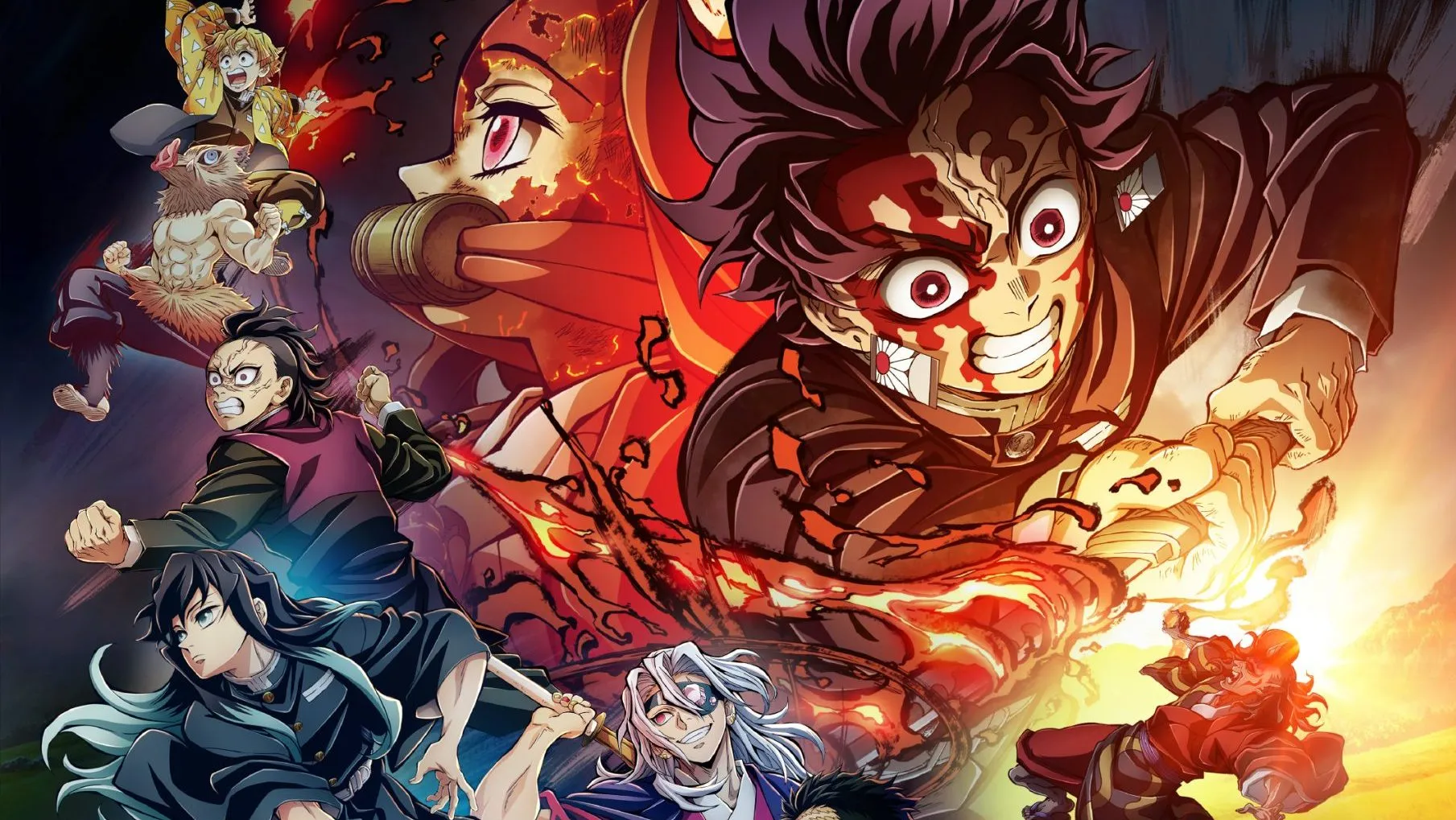
Determined to restore Nezuko’s humanity, Tanjiro seeks guidance from Sakonji Urokodaki, a retired Demon Slayer. Under his training, Tanjiro learns the art of Water Breathing, a powerful sword technique. His rigorous training prepares him to join the Demon Slayer Corps, an elite organization dedicated to eradicating demons.
As Tanjiro embarks on missions, he faces terrifying demons with unique abilities. Along the way, he meets Zenitsu Agatsuma, a cowardly yet skilled swordsman, and Inosuke Hashibira, a wild warrior raised by boars. Despite their clashing personalities, they become an inseparable trio, each contributing to the group’s strength.
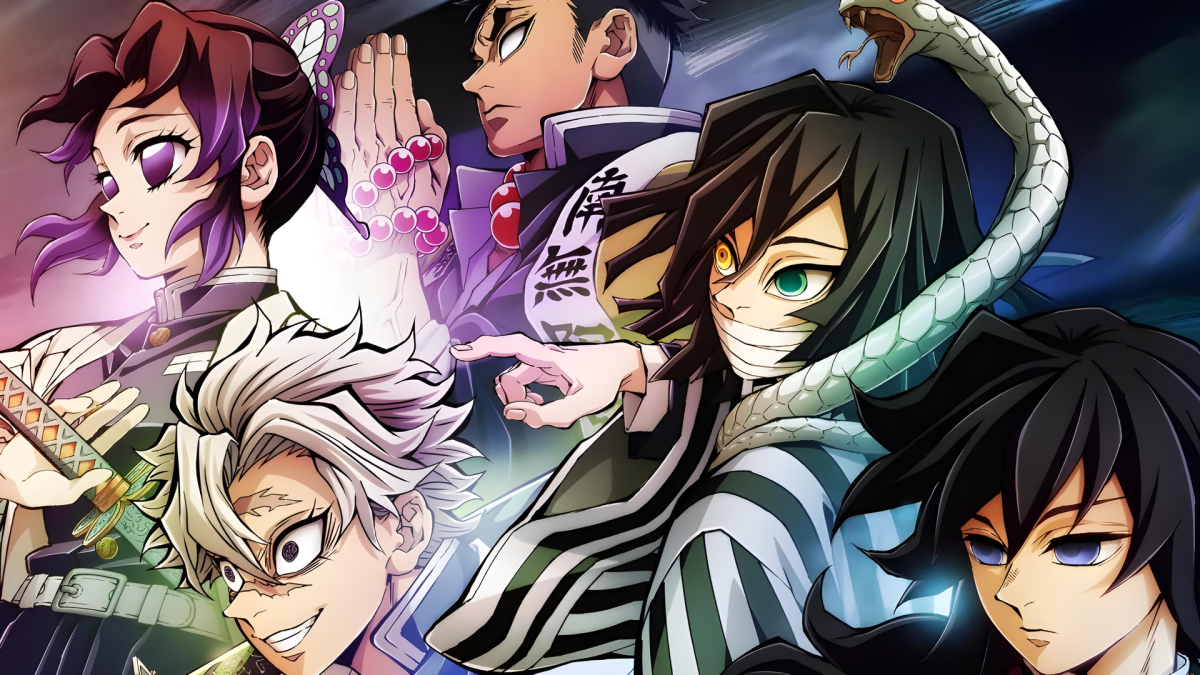
Nezuko’s presence as a demon who refuses to harm humans challenges the Demon Slayer Corps’ rigid beliefs. Her ability to resist her instincts sets her apart, making her both a target and an anomaly. Tanjiro’s unwavering love for his sister fuels his determination to find a cure, even as others doubt her humanity.
The series introduces the Hashira, the most powerful swordsmen of the Demon Slayer Corps. Each Hashira possesses a unique fighting style and personality, from the fiery Kyojuro Rengoku to the stoic Giyu Tomioka. Their mentorship plays a crucial role in Tanjiro’s growth as a warrior.
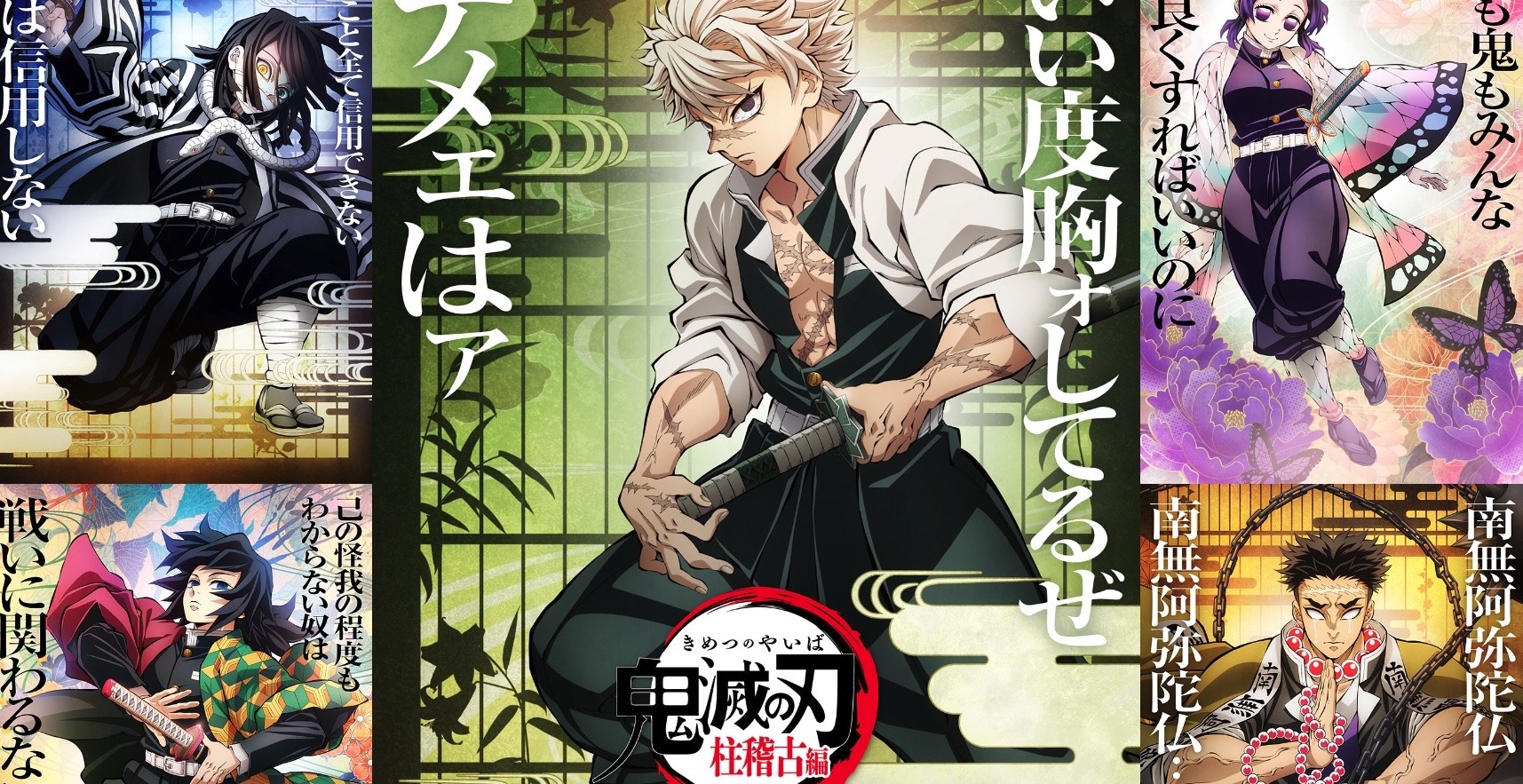
The narrative intensifies with the introduction of Muzan Kibutsuji, the first demon and the main antagonist. Muzan’s cruelty and intelligence make him a nearly invincible enemy. His elite warriors, the Twelve Kizuki, pose an enormous threat, forcing Tanjiro and his allies to push beyond their limits.
One of the most memorable arcs is the Mugen Train saga, where Tanjiro and his companions join Rengoku to eliminate a powerful demon. The battle on the train is both visually spectacular and emotionally devastating, leaving a lasting impact on Tanjiro and shaping his resolve.
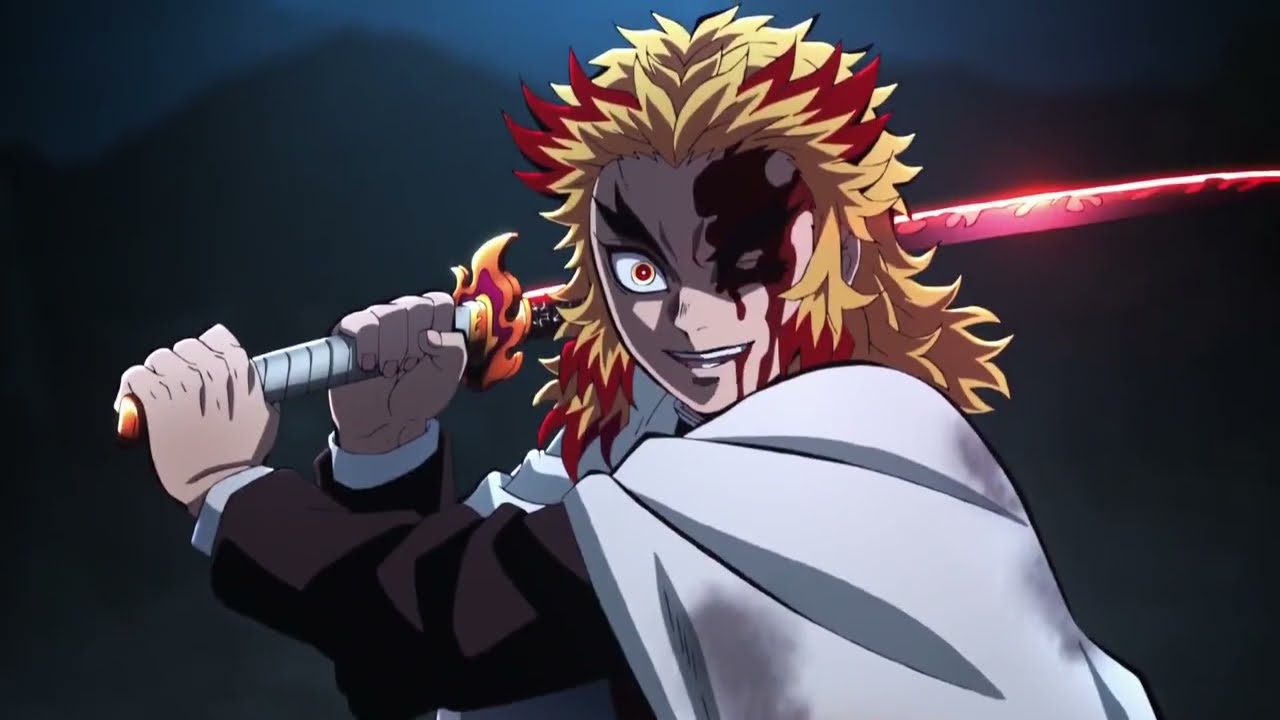
The Entertainment District arc raises the stakes even further. Tanjiro teams up with the flamboyant Sound Hashira, Tengen Uzui, to battle two deadly demons, Daki and Gyutaro. This confrontation showcases breathtaking animation and intricate fight choreography, solidifying Demon Slayer’s reputation for high-quality production.
Demon Slayer’s animation, produced by Ufotable, sets a new standard in the industry. Each fight scene is meticulously crafted, blending fluid movement with stunning visual effects. The use of vibrant colors and dynamic camera angles enhances the intensity of every battle.
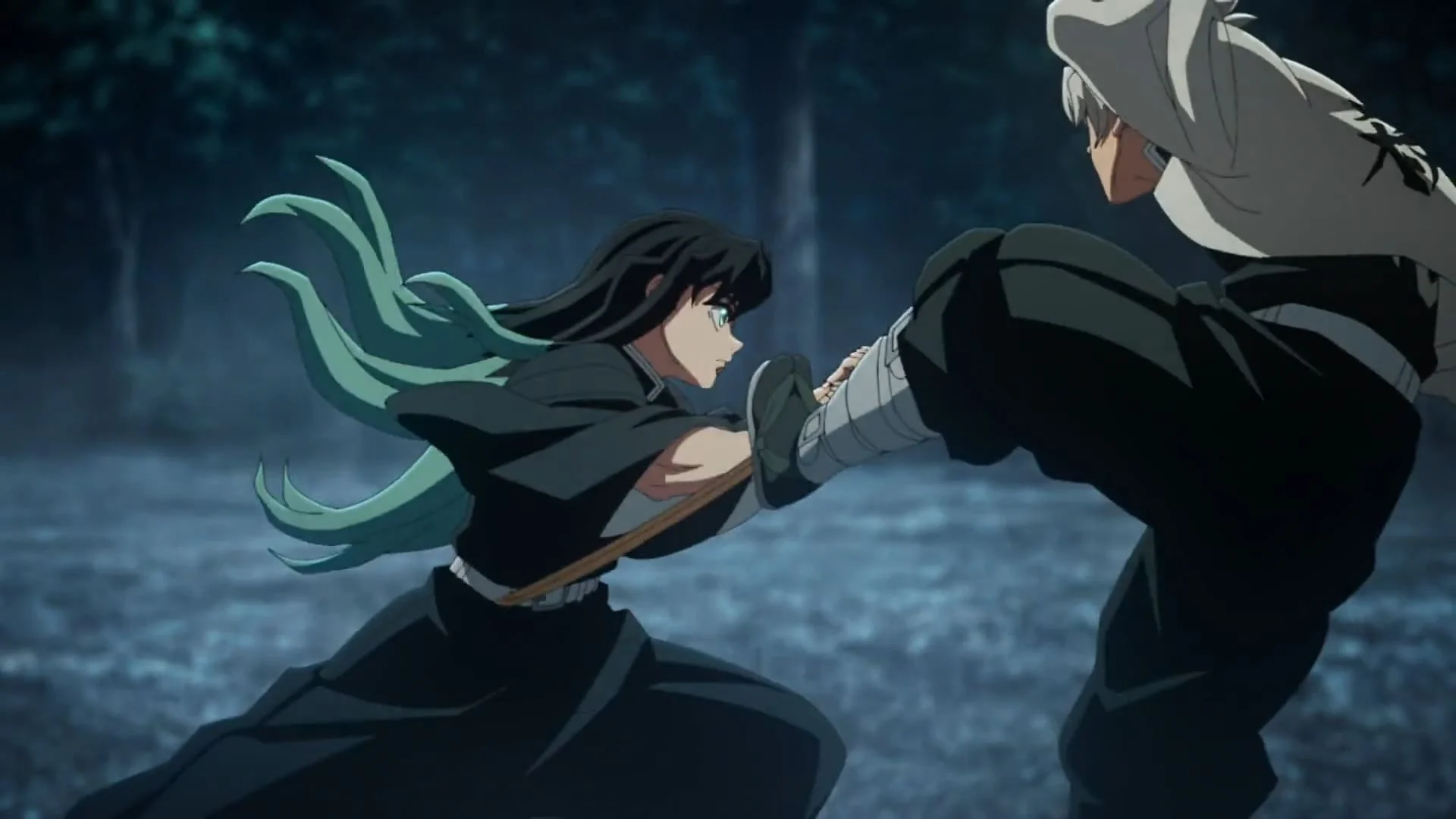
The series’ emotional depth extends beyond its action sequences. It explores themes of grief, perseverance, and the unbreakable bonds of family. Tanjiro’s kindness and empathy contrast with the harshness of his world, making his journey all the more compelling.
Music plays a vital role in elevating the series’ impact. The opening theme, “Gurenge” by LiSA, became an instant hit, perfectly capturing the anime’s energy and emotion. The soundtrack’s orchestral compositions heighten the drama of battles and heartfelt moments alike.
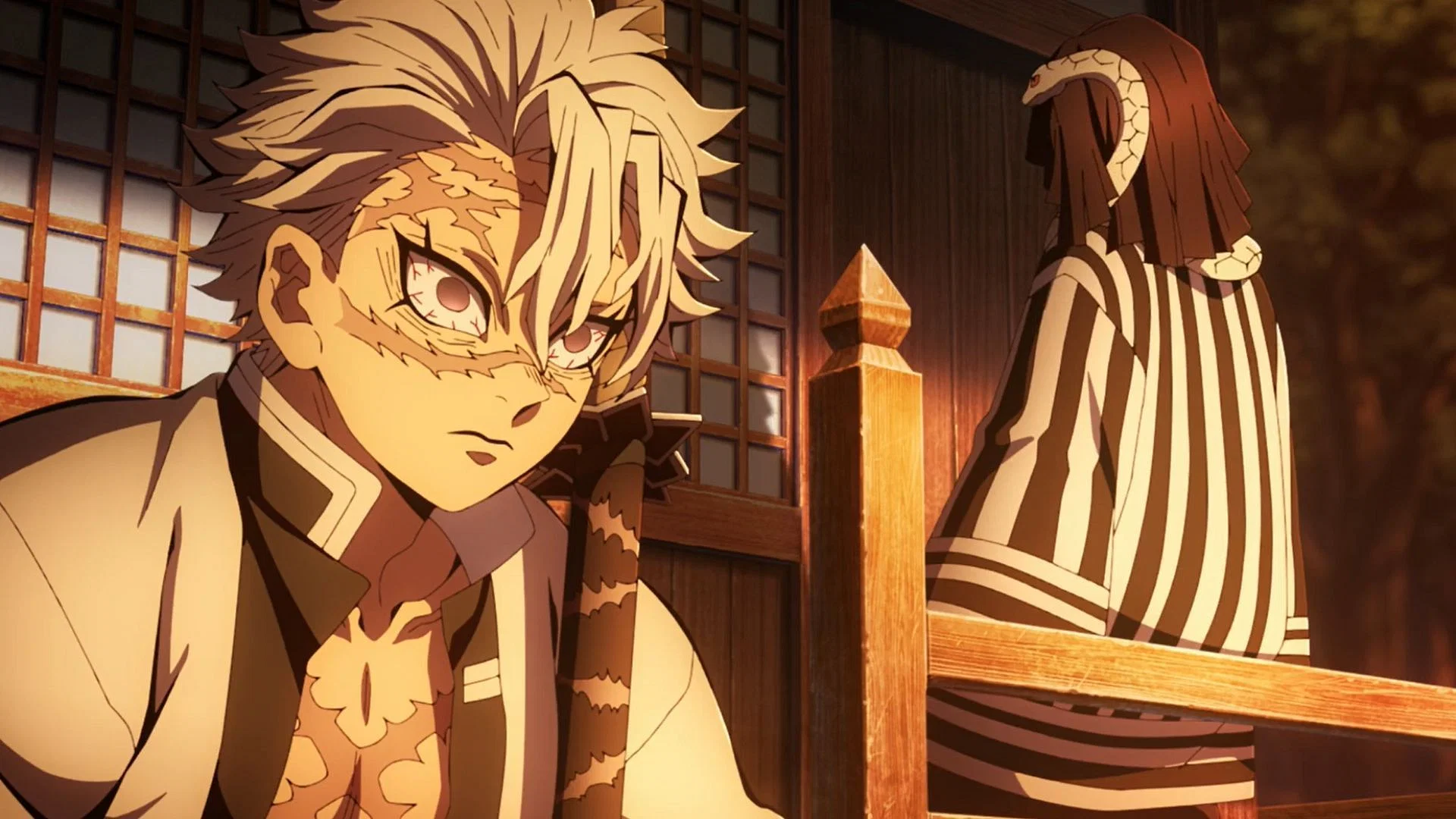
Character development is another strength of Demon Slayer. Tanjiro grows from a determined yet inexperienced fighter into a formidable warrior. Zenitsu and Inosuke also undergo significant growth, proving that courage and strength come in many forms.
Even the demons receive complex backstories, showcasing their former humanity. Rather than being purely evil, many demons were once victims of tragedy, adding layers of depth to their characters. This nuanced storytelling makes their defeats both satisfying and sorrowful.
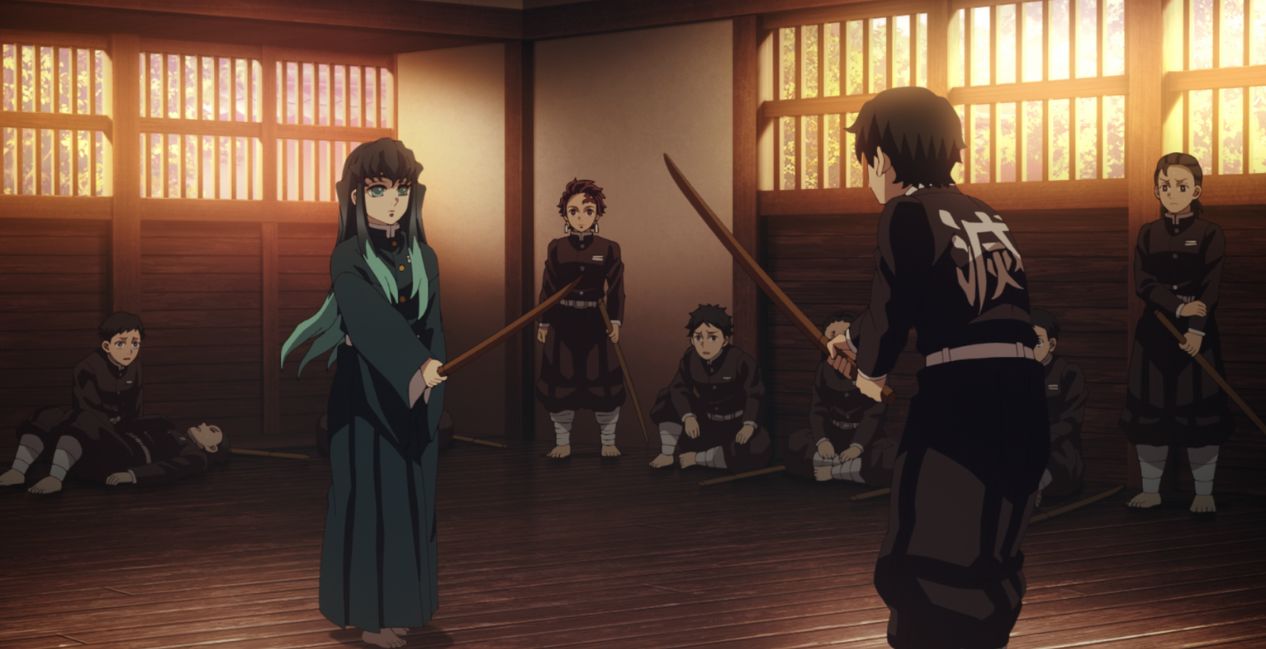
Despite its acclaim, Demon Slayer is not without criticism. Some argue that the pacing can be inconsistent, with certain arcs feeling rushed while others take their time. Additionally, Zenitsu’s comedic antics, while beloved by many, can be polarizing.
However, these minor drawbacks do little to diminish the series’ overall impact. Its combination of breathtaking visuals, emotionally charged storytelling, and unforgettable battles solidifies its place as a modern anime masterpiece.
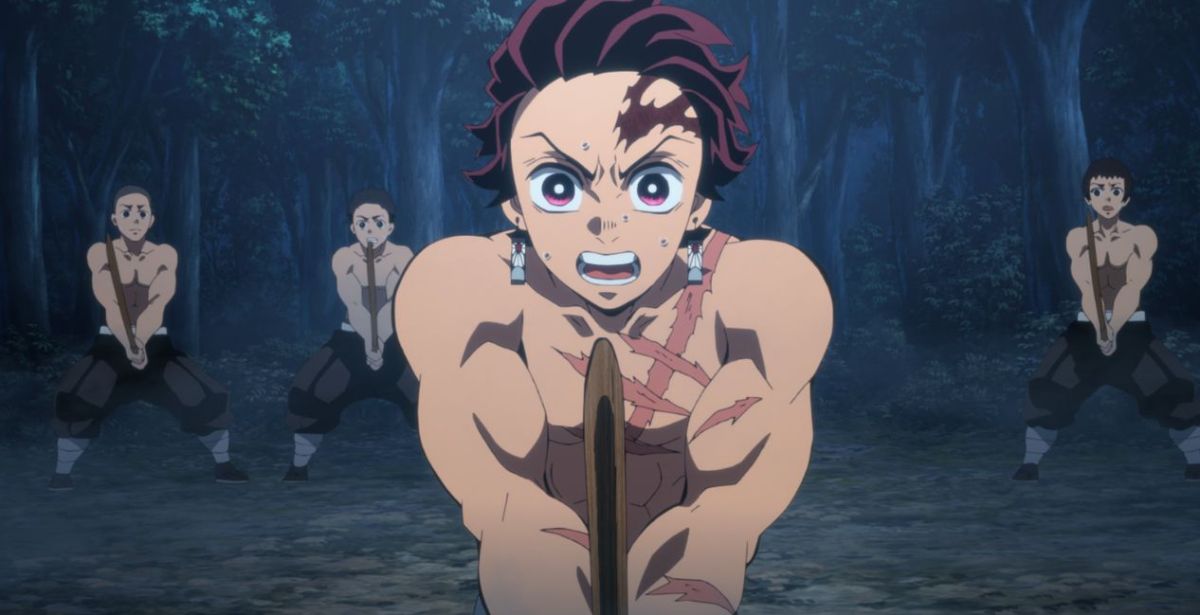
Demon Slayer continues to break records, with its movie, Mugen Train, becoming the highest-grossing anime film of all time. Its popularity extends beyond Japan,audiences worldwide and introducing new fans to the medium.
As the series progresses, Tanjiro’s journey grows even more intense. With each battle, he inches closer to his goal of defeating Muzan and restoring Nezuko’s humanity. The stakes are higher than ever, ensuring that Demon Slayer’s legacy will endure for years to come.
4. Dragon Ball Z
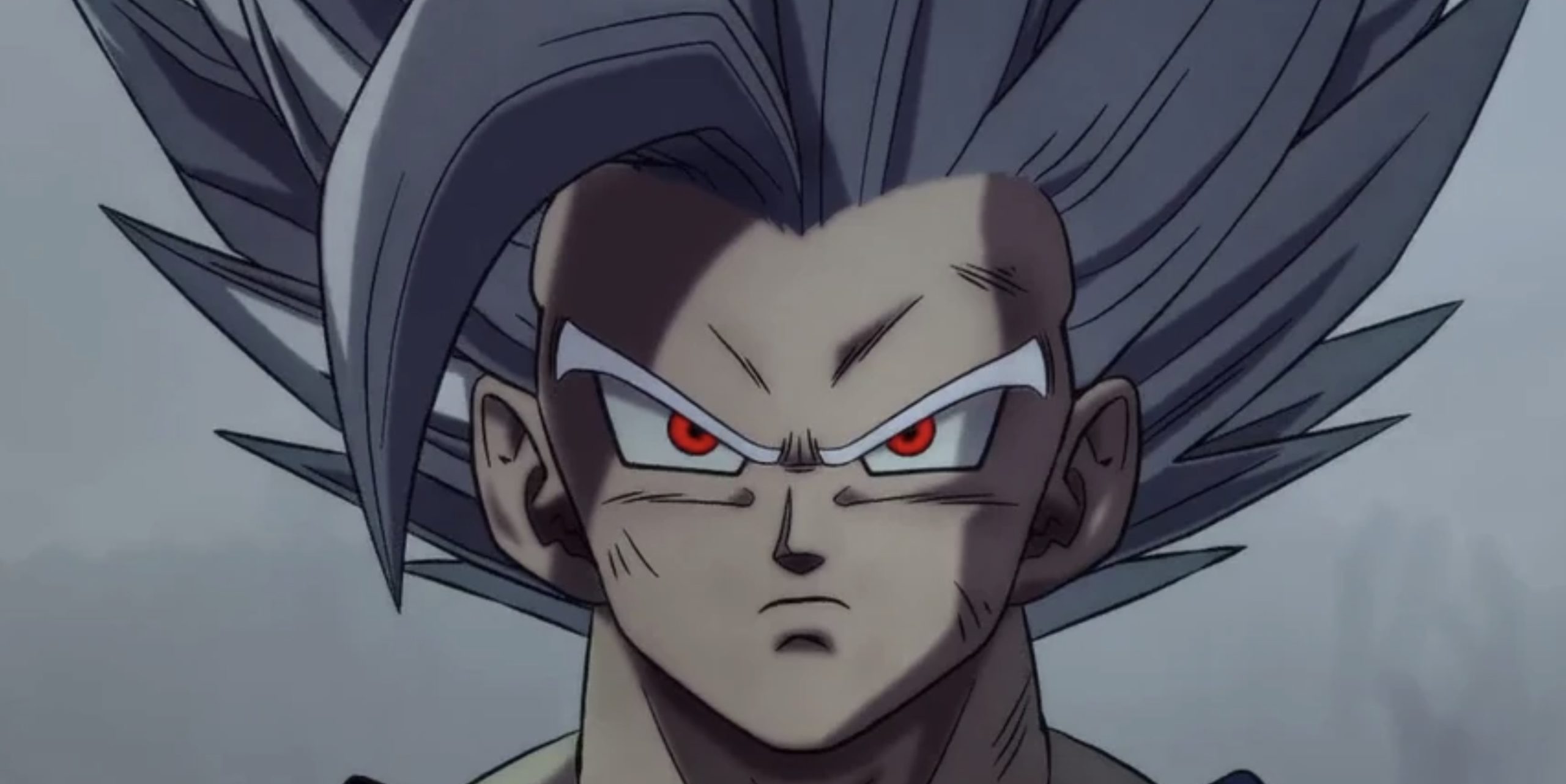
“Rock the Dragon!” That iconic Bruce Faulconer soundtrack may be a rarity to find these days, but for a subsection of millennials, that electrifying guitar riff is forever etched in their memories. Dragon Ball Z served as the gateway to anime for many fans of that generation.
Despite enduring some residual trauma from the Raditz fight’s repetitive dubbing issues, anime fans hold a special affection for the series. Dragon Ball Z reigns as the epitome of ’90s battle shōnen, and its undeniable success played a significant role in bolstering Toonami’s popularity, and vice versa.
Dragon Ball Z is one of the most legendary anime series, known for its intense battles, larger-than-life characters, and unforgettable moments. Created by Akira Toriyama, it follows Goku and his allies as they protect Earth from powerful enemies while pushing the limits of their strength. The series builds on the foundation of Dragon Ball, elevating the stakes and introducing iconic transformations.
The story begins five years after Goku defeated King Piccolo and won the World Martial Arts Tournament. Now living peacefully with his wife, Chi-Chi, and son, Gohan, Goku’s life is interrupted when Raditz, a mysterious warrior, arrives. Raditz reveals that he is Goku’s long-lost brother and that Goku is part of a powerful alien race known as the Saiyans.
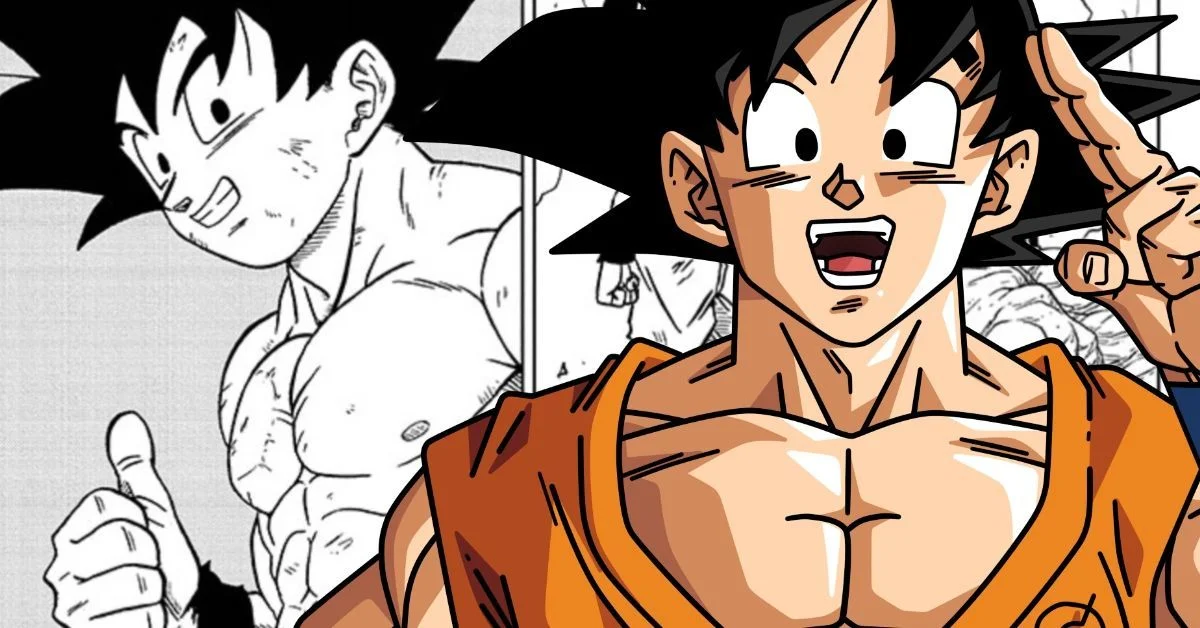
Raditz’s arrival forces Goku to face his true heritage. Unlike his fellow Saiyans, who live for battle and conquest, Goku has embraced Earth as his home. However, when Raditz kidnaps Gohan, Goku teams up with his former enemy, Piccolo, to defeat him. This battle marks the beginning of a much larger conflict, as Raditz warns them of even stronger Saiyans on the way.
Following Raditz’s death, Vegeta and Nappa, two elite Saiyans, head toward Earth. Knowing that they only have one year to prepare, Goku trains in the afterlife under King Kai, while the Z Fighters—Piccolo, Krillin, Tien, Yamcha, and Chiaotzu—undergo intense training. Despite their efforts, the Saiyan invasion leads to tragic losses.
Goku returns just in time to battle Vegeta, resulting in one of the most iconic fights in anime history. The battle pushes Goku to his limits, forcing him to use the Kaio-Ken technique. Although he manages to defeat Vegeta with help from his friends, the Saiyan prince survives, retreating with a vow to return even stronger.
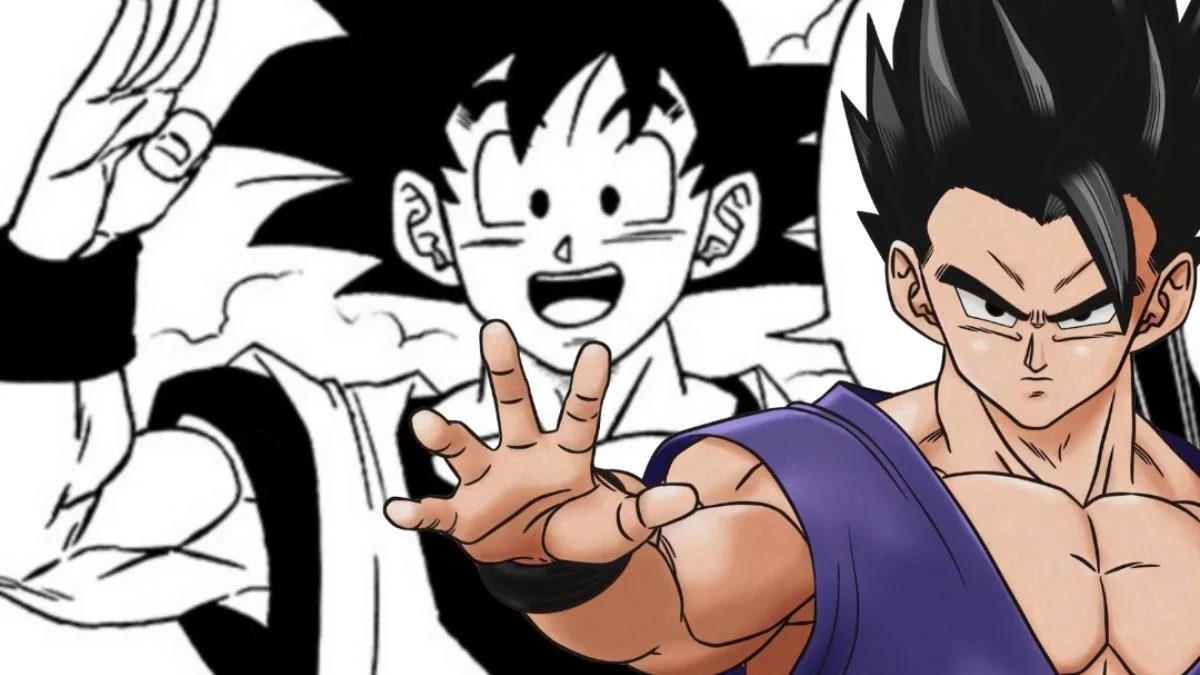
With their fallen friends lost in battle, the surviving heroes journey to the planet Namek, searching for Dragon Balls to revive them. This leads to the introduction of Frieza, the tyrant responsible for the Saiyan race’s destruction. Frieza’s presence elevates the danger, as he and his forces hunt for the Dragon Balls to achieve immortality.
The Namek arc features escalating battles, with Vegeta fighting against Frieza’s elite soldiers while Gohan and Krillin ally with Namekian warrior Nail. However, the real turning point comes when Goku arrives, facing Frieza’s overwhelming power. Their fight becomes one of the most intense moments in anime, culminating in Goku’s transformation into a Super Saiyan.
Goku’s Super Saiyan transformation is a defining moment in Dragon Ball Z. Triggered by the death of his friend Krillin, this transformation unlocks an immense power that allows Goku to surpass Frieza. Their battle ends with Frieza’s defeat, and Namek’s destruction forces Goku to flee, setting the stage for future conflicts.
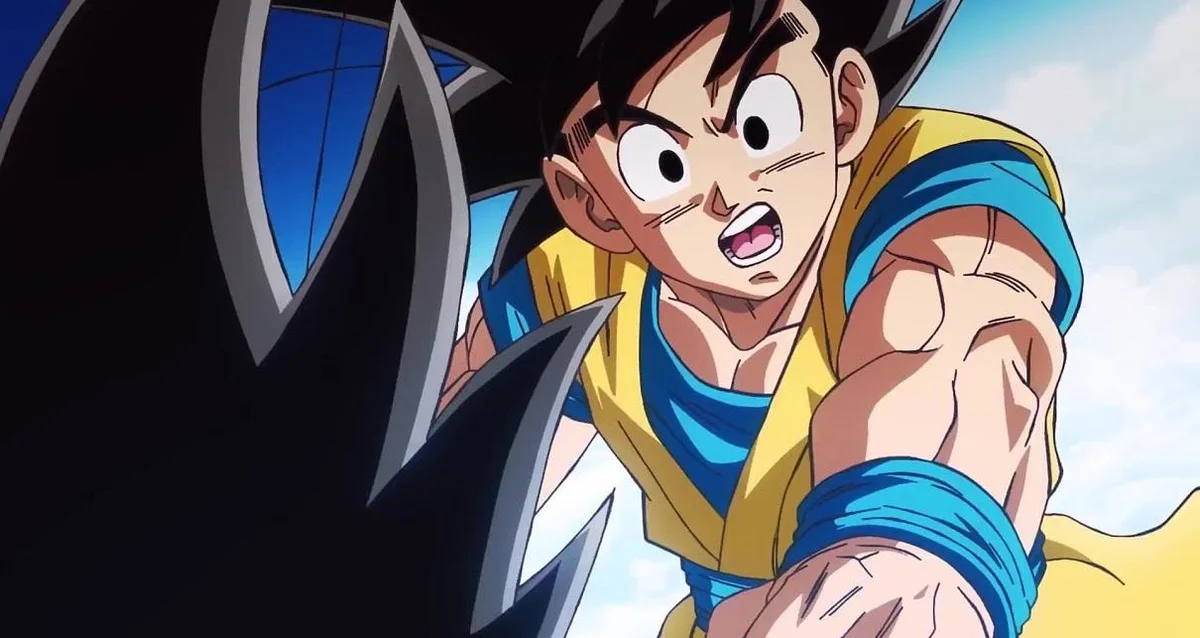
Following the Namek saga, the story shifts to Earth, where new threats emerge. The arrival of Trunks, a warrior from the future, introduces the looming danger of the Androids. Trunks warns of powerful artificial warriors created by Dr. Gero, a scientist seeking revenge against Goku. The revelation sends the Z Fighters into training once again.
When the Androids appear, they prove to be formidable opponents. However, the true danger lies in Cell, a bio-engineered warrior with the ability to absorb others and achieve perfection. The Cell saga builds tension as Goku and his allies struggle to prepare for the ultimate battle, culminating in the iconic Cell Games tournament.

During the Cell Games, Gohan takes center stage. Pushed to his limits, he achieves Super Saiyan 2, a transformation beyond anything seen before. His power overwhelms Cell, leading to an emotional moment where Goku sacrifices himself to save Earth. Gohan delivers the final blow, solidifying his place as one of the strongest warriors.
With Cell defeated, peace returns for a time, but a new threat arises in the form of Majin Buu. This saga introduces new characters, including the Supreme Kai and Babidi, while reintroducing Vegeta’s internal struggle. Driven by his Saiyan pride, Vegeta willingly falls under Babidi’s control, leading to an unforgettable battle between him and Goku.
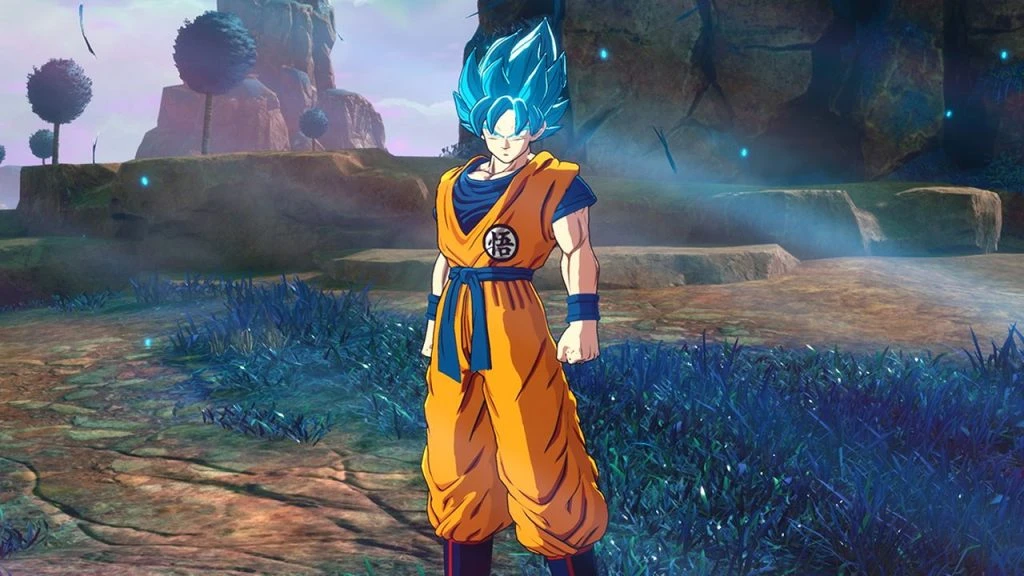
As Majin Buu awakens, the heroes struggle to contain his destructive power. Goku and Vegeta must push beyond their limits, unlocking the legendary Super Saiyan 3 and eventually fusing into Vegito. Despite their efforts, Buu’s ever-evolving forms make him nearly unstoppable, forcing Goku to rely on the Spirit Bomb to end the conflict.
The final battle between Goku and Kid Buu represents the culmination of years of struggle. With the help of the entire universe, Goku gathers energy for a Spirit Bomb, finally destroying Buu. Peace is restored, and Goku’s journey seemingly comes to an end, though his love for battle ensures he will never stop seeking greater challenges.
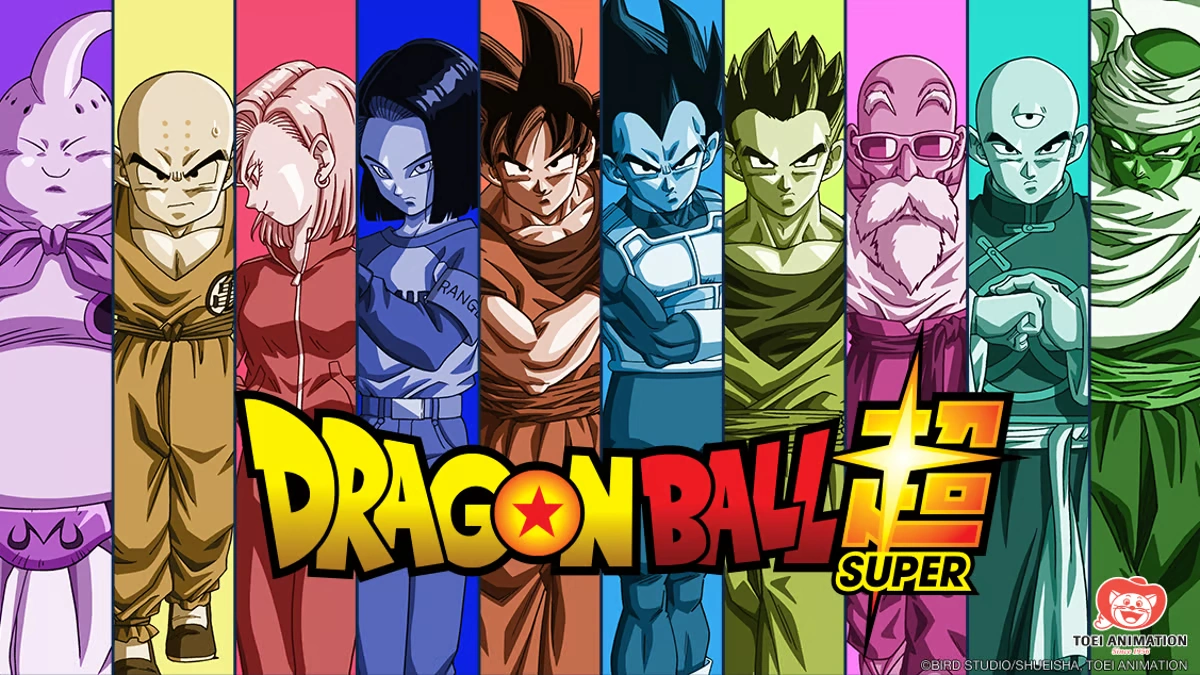
Dragon Ball Z’s legacy extends beyond its thrilling battles. The series explores themes of perseverance, redemption, and the never-ending pursuit of self-improvement. Characters like Vegeta undergo incredible growth, evolving from ruthless villains to noble warriors who fight for more than just power.
The series’ influence is undeniable. It helped shape modern shonen anime, inspiring series like Naruto, One Piece, and My Hero Academia. Its iconic transformations, emotional moments, and legendary fights continue to be referenced and celebrated by fans worldwide.
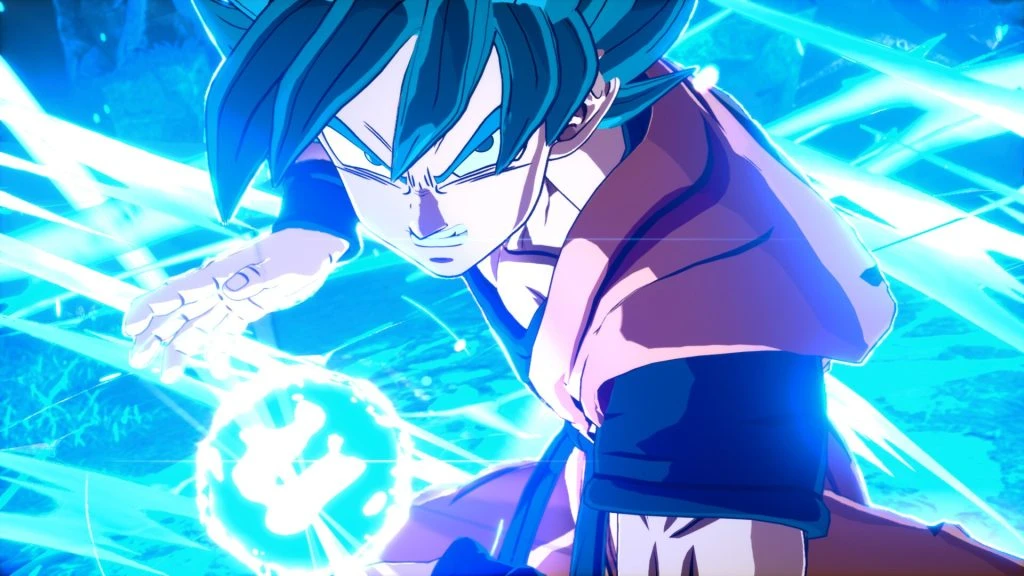
The animation, while sometimes inconsistent, delivers some of the most memorable fight sequences in anime. Moments like Goku’s Super Saiyan transformation, Vegeta’s sacrifice, and Gohan’s battle with Cell remain visually striking, supported by an unforgettable soundtrack that heightens the emotional impact.
Dragon Ball Z’s soundtrack plays a crucial role in defining its atmosphere. Tracks like “Cha-La Head-Cha-La” and Bruce Faulconer’s compositions add intensity to fights and depth to emotional scenes. The music perfectly complements the action, making each moment even more powerful.
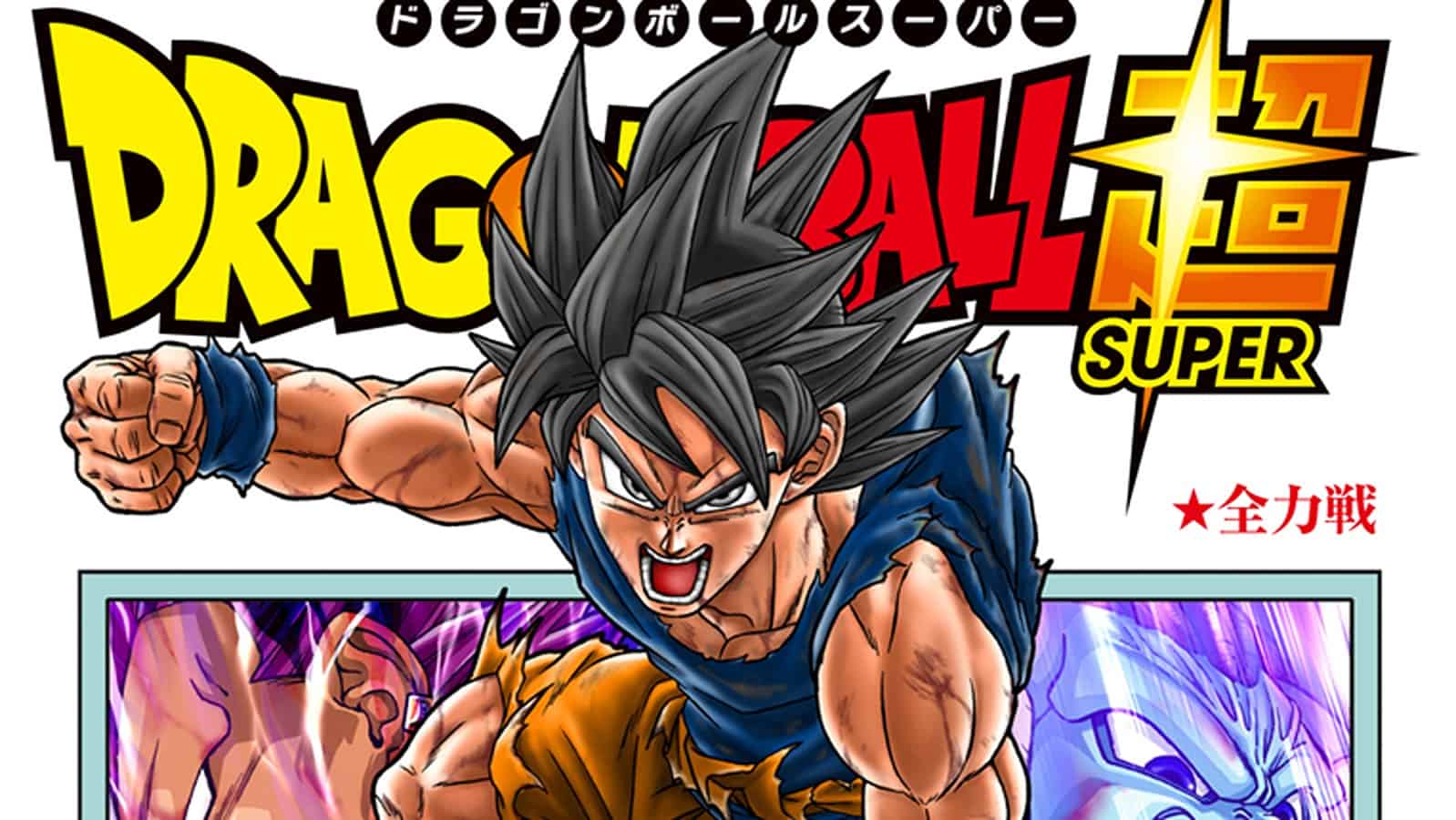
While Dragon Ball Z is widely praised, it is not without flaws. The pacing can be slow at times, with extended fight sequences and lengthy power-ups. The anime also includes filler episodes that disrupt the momentum of key story arcs. Despite these issues, its strengths far outweigh its weaknesses.
Dragon Ball Z remains a defining anime for multiple generations. Its impact on pop culture, from video games to merchandise, is unmatched. Whether through nostalgic rewatches or new fans discovering it for the first time, the series continues to thrive, proving that its legacy will never fade.
3. Naruto Shippuden
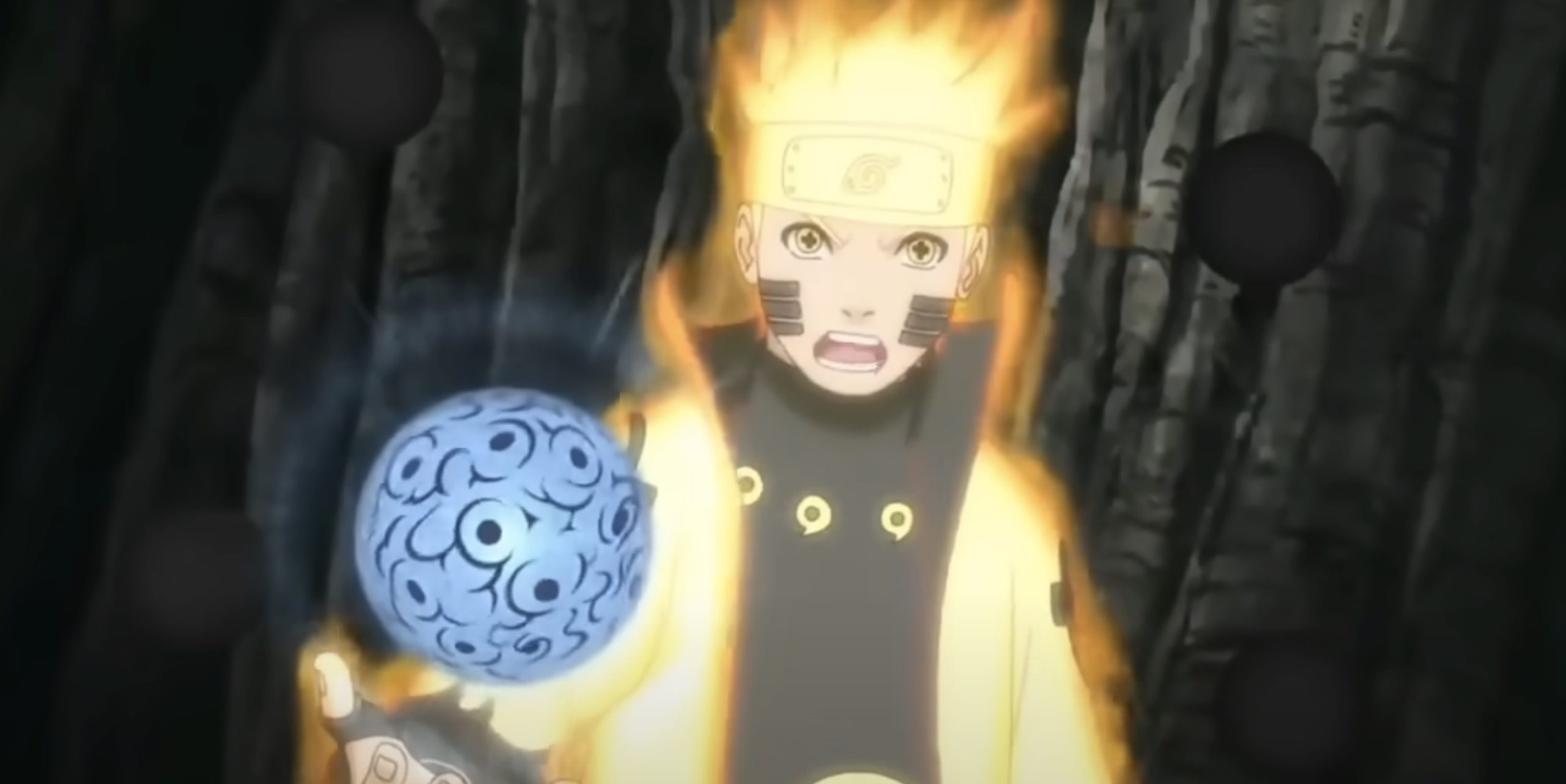
Naruto and Naruto Shippuden hold immense significance in the expansion of anime fandom in the Western world, akin to Dragon Ball, Sailor Moon, and Pokémon. It’s easy to overlook how niche-loving anime was in the ’90s and early ’00s.
The surge in anime’s popularity during the 2010s owes much to Naruto Shippuden. Naruto’s narrative resonated deeply with Western audiences, and the series’ enhanced animation, voice acting, and intricate plotlines tapped into an unanticipated demand. Similar to Goku’s iconic status, Naruto emerged as an enduring symbol, with Toonami playing a pivotal role in his ascent.
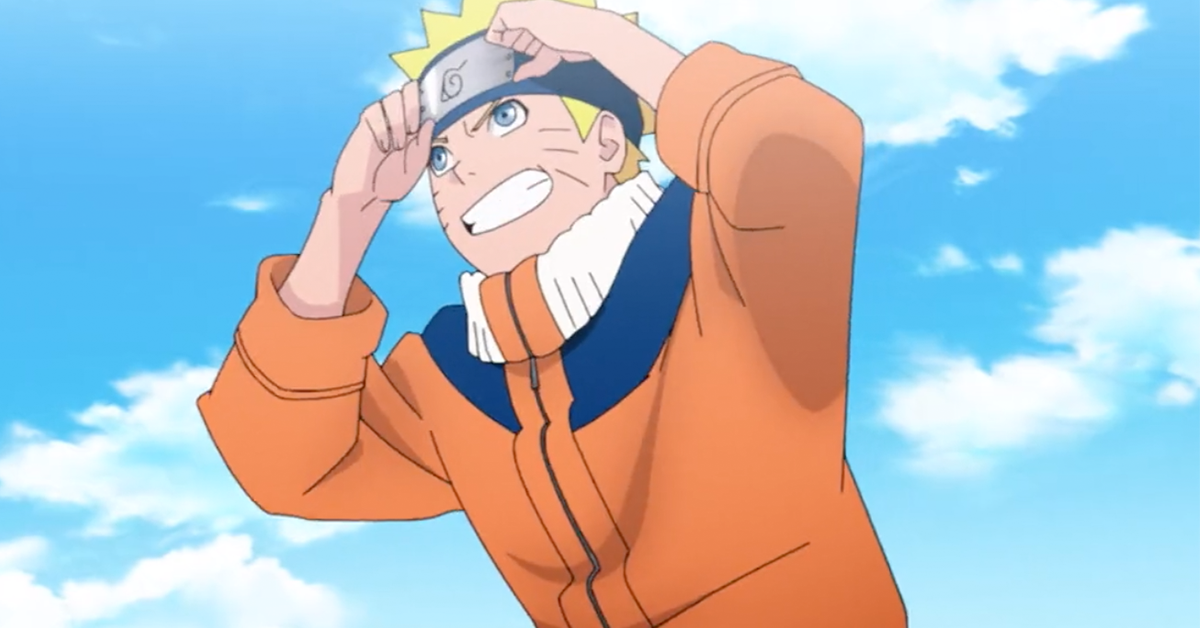
Naruto is one of the most influential and beloved anime series, known for its gripping story, emotional character arcs, and intense battles. Created by Masashi Kishimoto, the series follows Naruto Uzumaki, a young ninja who dreams of becoming Hokage, the strongest leader of his village. Along the way, he faces powerful enemies, discovers deep secrets, and forms unbreakable bonds.
Naruto’s journey begins in the Hidden Leaf Village, where he is treated as an outcast due to having the Nine-Tailed Fox, Kurama, sealed inside him. Determined to gain recognition, he enrolls in the Ninja Academy and eventually graduates, joining Team 7 alongside Sasuke Uchiha and Sakura Haruno under the guidance of Kakashi Hatake. His early struggles showcase his resilience and drive to prove himself.
The first major arc introduces the Land of Waves mission, where Team 7 faces their first true enemy, Zabuza Momochi, and his apprentice, Haku. This arc sets the tone for the series, highlighting the harsh realities of the ninja world. Naruto’s emotional growth begins as he learns the value of comradeship and the pain of losing someone.
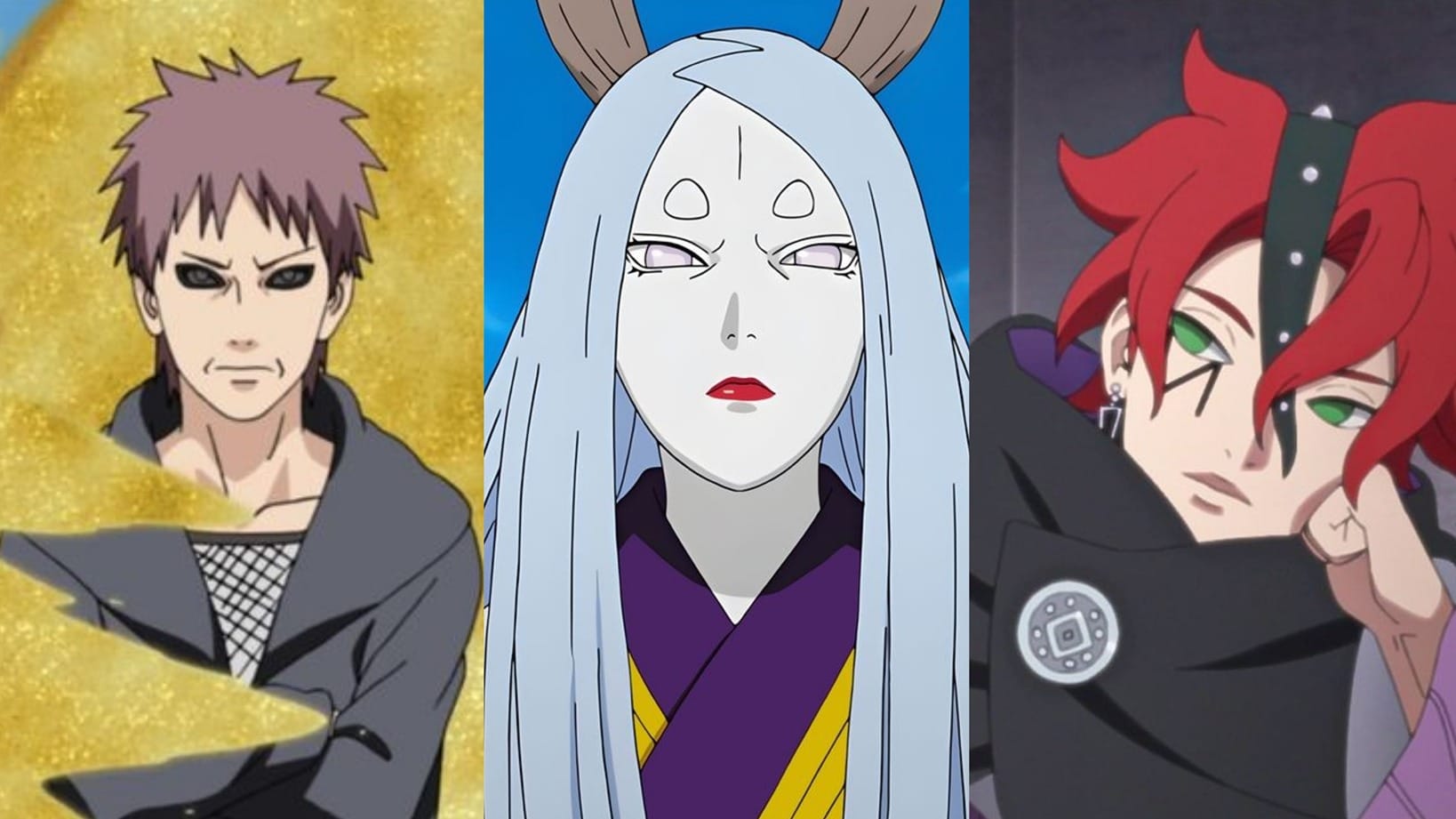
The Chunin Exams arc brings new characters and intense battles, including iconic fights like Rock Lee vs. Gaara and Naruto vs. Neji. This arc also introduces Orochimaru, a rogue ninja seeking power, and sets up Sasuke’s internal struggle. Naruto’s victory against Neji marks a turning point, as he begins to challenge the idea of destiny and self-worth.
Sasuke’s rivalry with Naruto intensifies as he seeks greater strength to avenge his clan. After Orochimaru tempts him with power, Sasuke leaves the village, leading to the emotional Sasuke Retrieval arc. Naruto and Sasuke’s battle in the Valley of the End is one of the most memorable moments, showcasing their contrasting ideals and setting the stage for future conflicts.
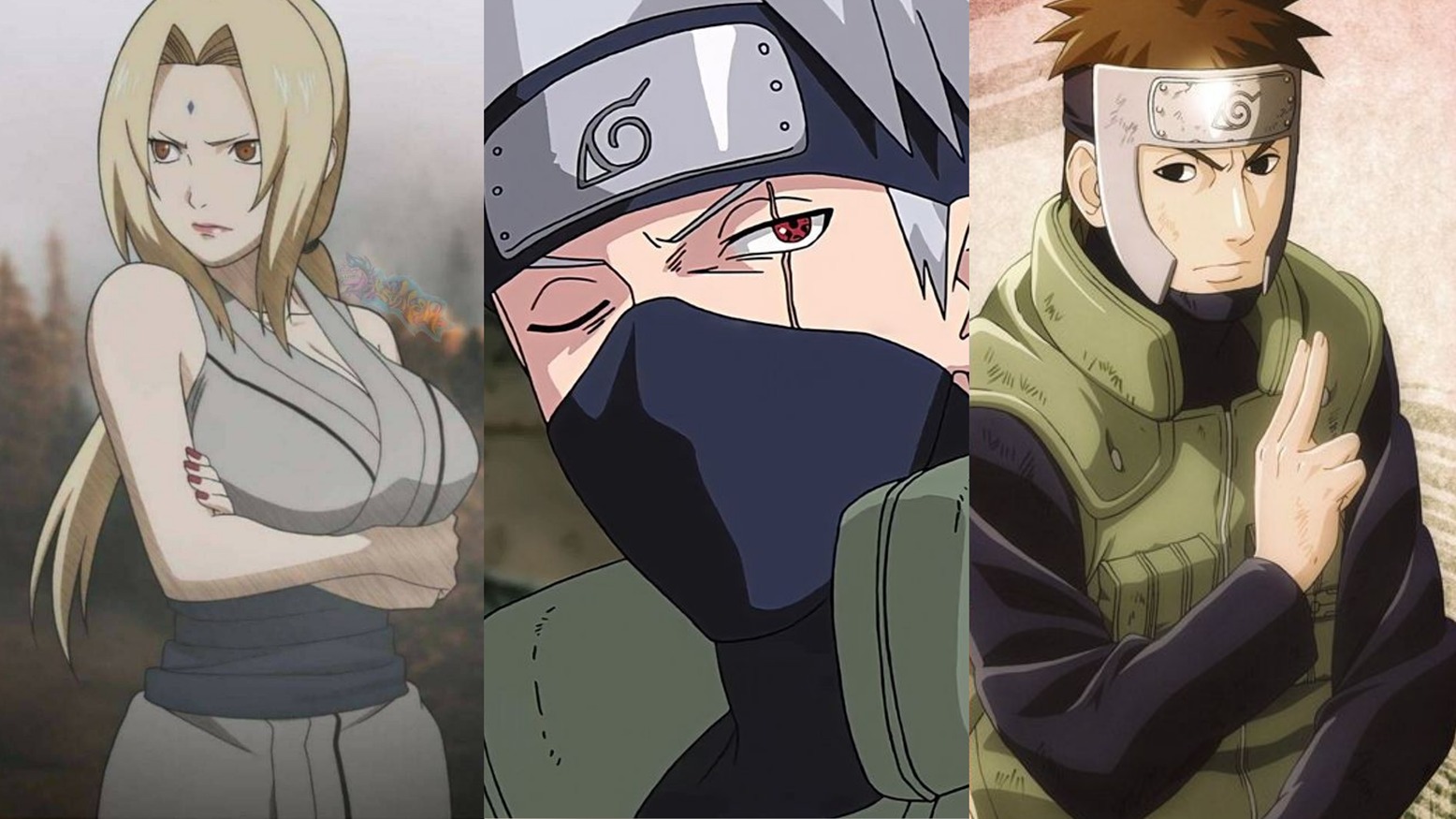
Following Sasuke’s departure, Naruto trains with Jiraiya, one of the legendary Sannin, to prepare for the dangers ahead. The sequel series, Naruto: Shippuden, continues his journey as he returns to the village, stronger but still seeking to bring Sasuke back. Shippuden explores deeper themes, complex villains, and more emotionally driven battles.
The Akatsuki, a mysterious organization, becomes the main antagonist group in Shippuden. Composed of rogue ninjas with immense power, they aim to capture all the Tailed Beasts for their leader, Pain. Their actions lead to tragic losses, including Jiraiya’s death, which deeply affects Naruto and motivates him to grow stronger.
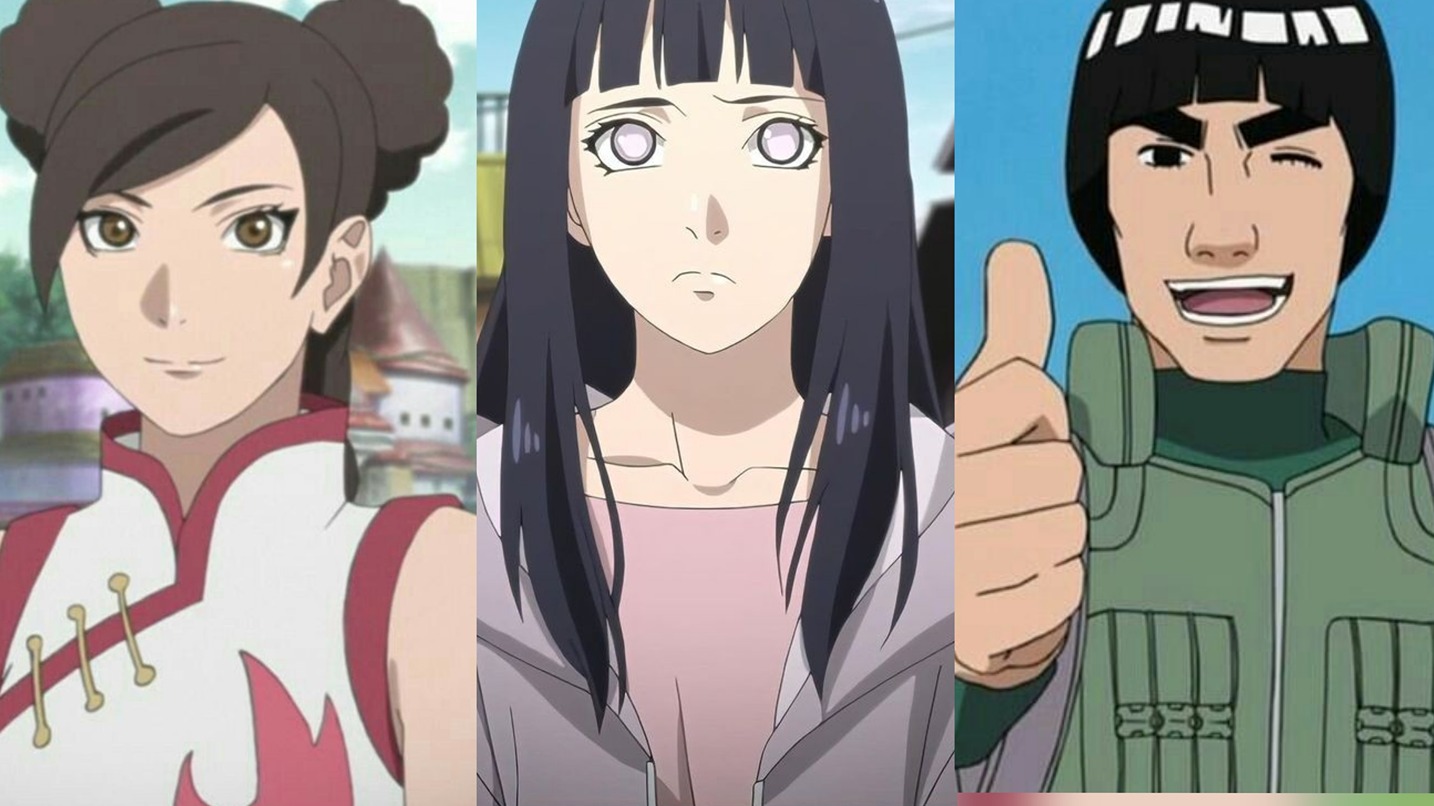
Naruto’s battle against Pain is one of the most defining moments in the series. After witnessing the destruction of the Hidden Leaf Village, he confronts Pain with newfound strength. Through his words and actions, Naruto ultimately convinces Nagato, the true leader of the Akatsuki, to abandon his path of destruction, demonstrating the power of understanding and forgiveness.
Sasuke’s journey takes a darker turn as he allies with Orochimaru, eliminates his brother Itachi, and learns the truth about his clan’s tragic history. Realizing that the Hidden Leaf Village was responsible for his family’s fate, he seeks revenge, bringing him into conflict with Naruto once again. Their clashing ideologies drive the emotional core of the series.
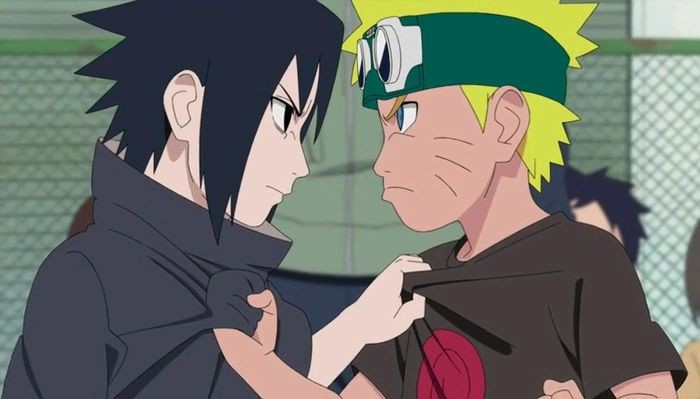
The Fourth Great Ninja War serves as the climax, uniting all the ninja villages against Madara Uchiha and Obito Uchiha, who seek to cast the world into an eternal illusion. Naruto embraces his role as a leader, mastering Kurama’s power and inspiring those around him. His bond with Kurama evolves from hostility to genuine friendship, marking one of the most significant transformations in the series.
During the war, many fallen warriors are resurrected, including past Hokages and legendary ninjas. This leads to revelations about the history of the ninja world, including the origins of chakra and the story of Kaguya Otsutsuki, the first wielder of chakra. These events reshape Naruto’s understanding of his world and its conflicts.
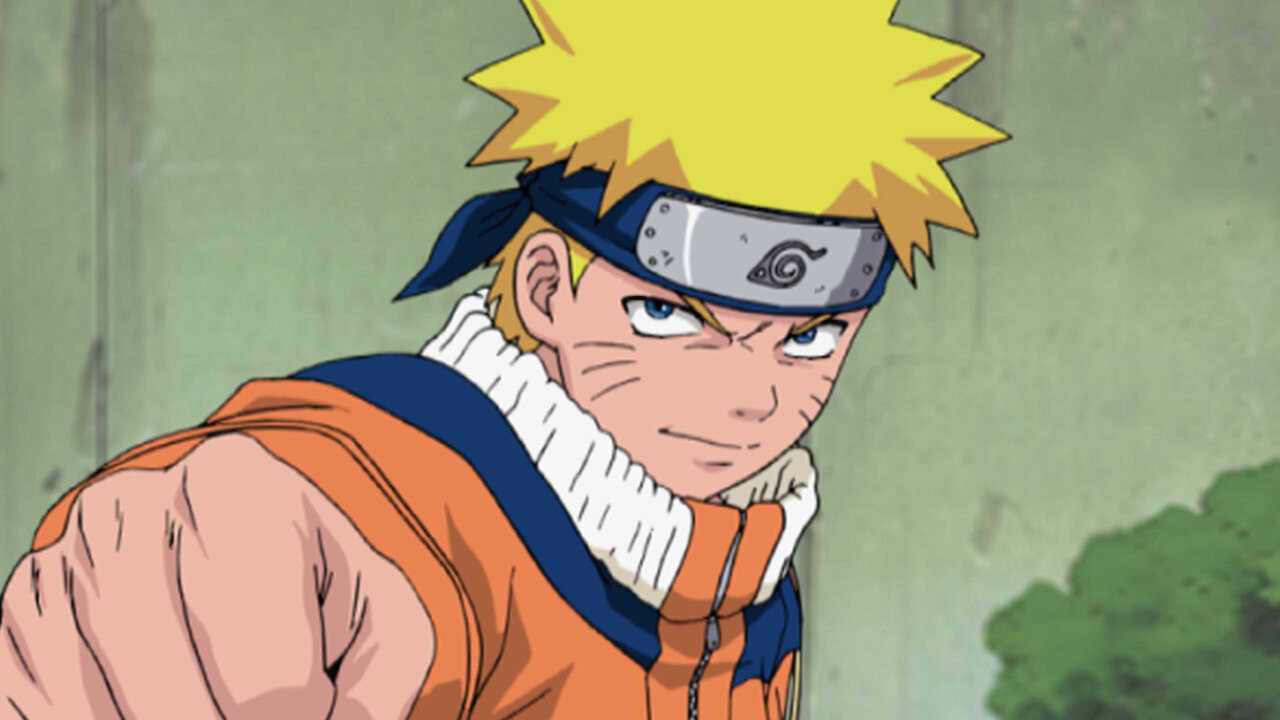
Naruto and Sasuke’s final battle at the Valley of the End is the emotional resolution to their rivalry. Unlike their first battle, this fight is not just about power but about ideology, friendship, and the pain they have endured. Both push themselves to the limit, ultimately ending in a draw. Sasuke finally acknowledges Naruto’s unwavering resolve, choosing to abandon his path of vengeance.
With Sasuke redeemed, Naruto achieves his long-held dream of bringing peace to the ninja world. The series ends with Naruto becoming a hero, loved and respected by the people of the village. His journey from an outcast to a leader is one of the most inspiring aspects of the story.
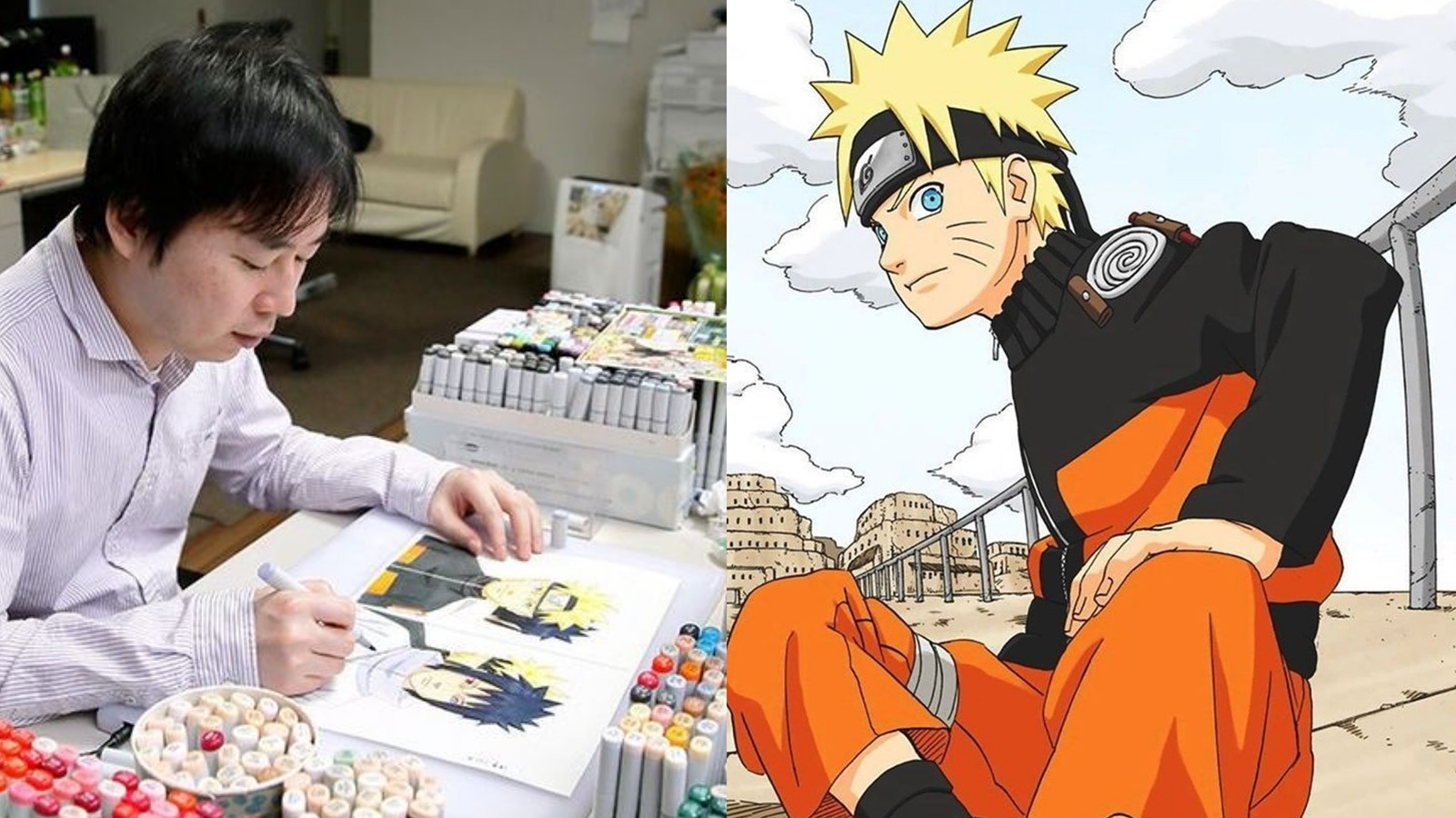
Naruto’s character development is one of the strongest elements of the series. From a reckless, loudmouthed child to a wise and compassionate leader, his growth is deeply moving. His relationships with characters like Jiraiya, Kakashi, and Hinata add emotional depth, showing different facets of his personality.
The series also excels in world-building, introducing diverse ninja villages, unique combat techniques, and a detailed history of past conflicts. The power system, based on chakra and different ninja techniques, allows for creative and strategic battles. Each fight carries weight, often emphasizing intellect and emotion as much as raw strength.
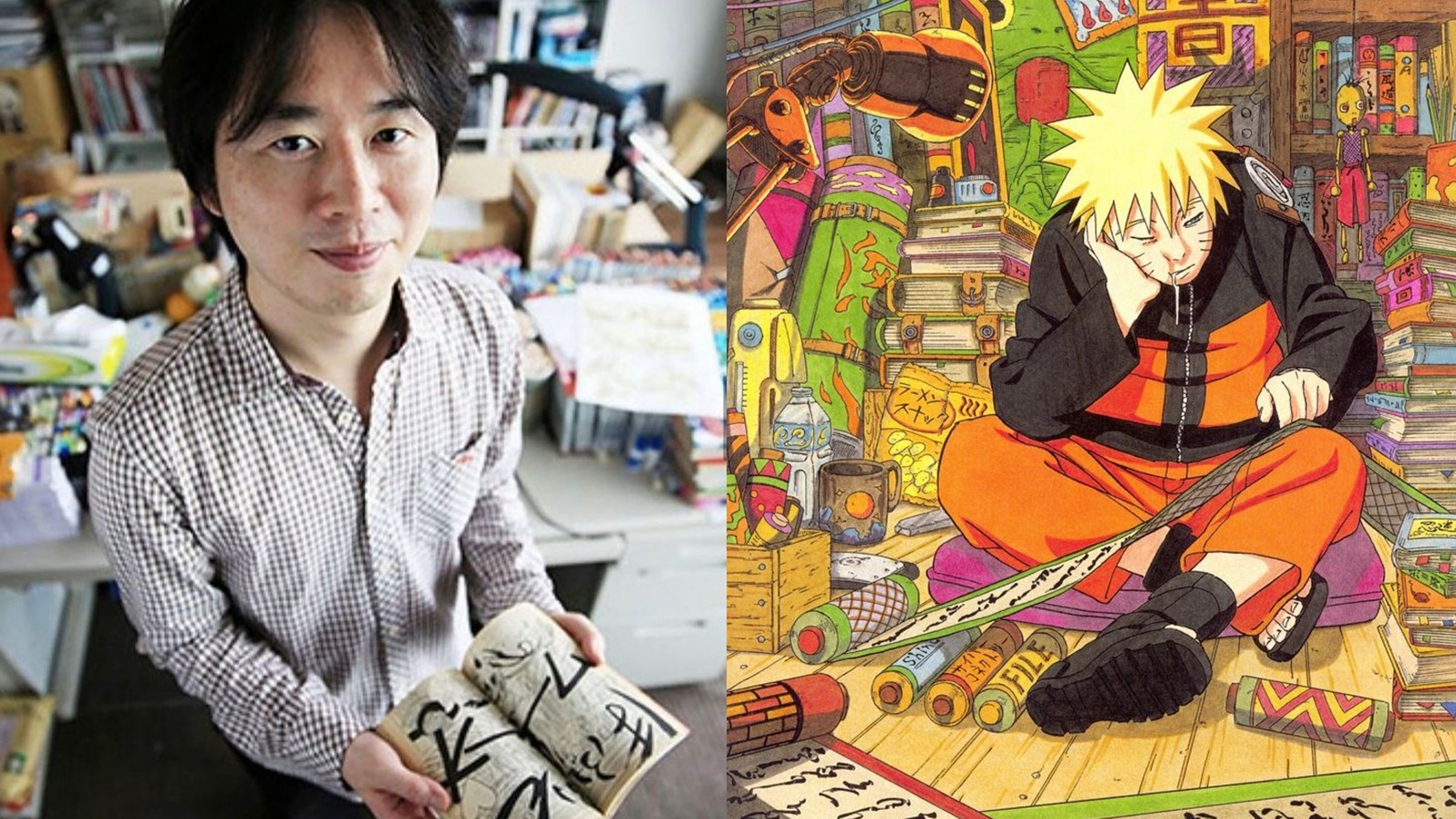
The animation quality varies throughout the series, with some arcs featuring breathtaking fight sequences while others suffer from inconsistent animation. However, key battles, such as Naruto vs. Pain and Sasuke vs. Itachi, are visually stunning and emotionally impactful. The animation team delivers unforgettable moments that raise the storytelling.
Naruto’s soundtrack, composed by Yasuharu Takanashi, perfectly complements the series. Tracks like “Sadness and Sorrow” enhance emotional scenes, while intense battle themes like “The Rising Fighting Spirit” raise action sequences. The openings and endings also capture different tones of the story, making the music an integral part of the experience.
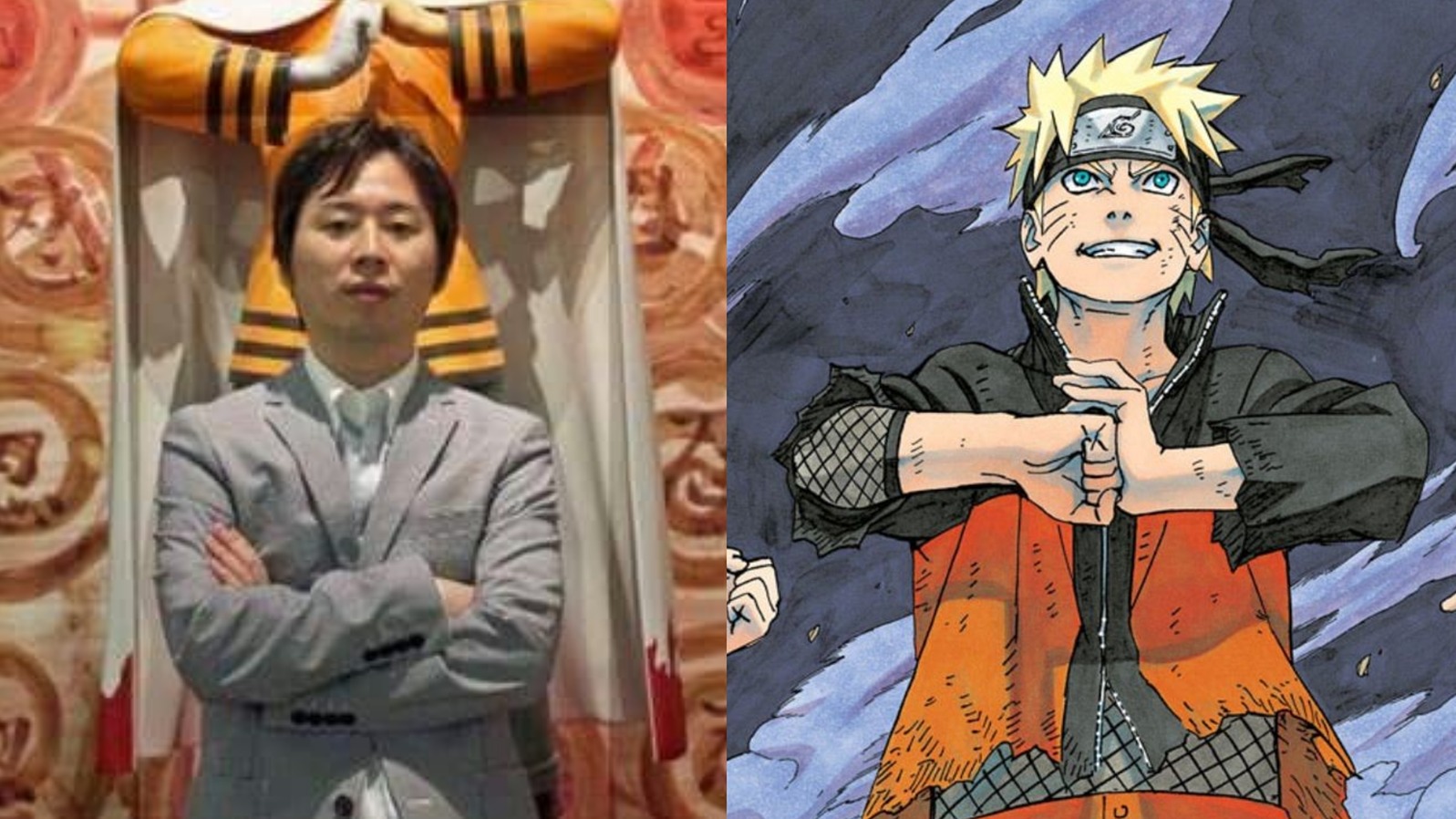
The themes in Naruto resonate with many viewers. The series explores loneliness, perseverance, and the impact of bonds. Naruto’s determination to change his destiny, despite being an outcast, is an inspiring message. The show also goes into redemption, particularly through Sasuke’s journey from revenge-driven antagonist to ally.
While the series has received widespread acclaim, it is not without flaws. The anime includes a significant number of filler episodes, which slow down the pacing. Some story arcs feel drawn out, and certain plot twists, such as Kaguya’s sudden appearance, are debated among fans. Despite these issues, the series remains a masterpiece in storytelling.
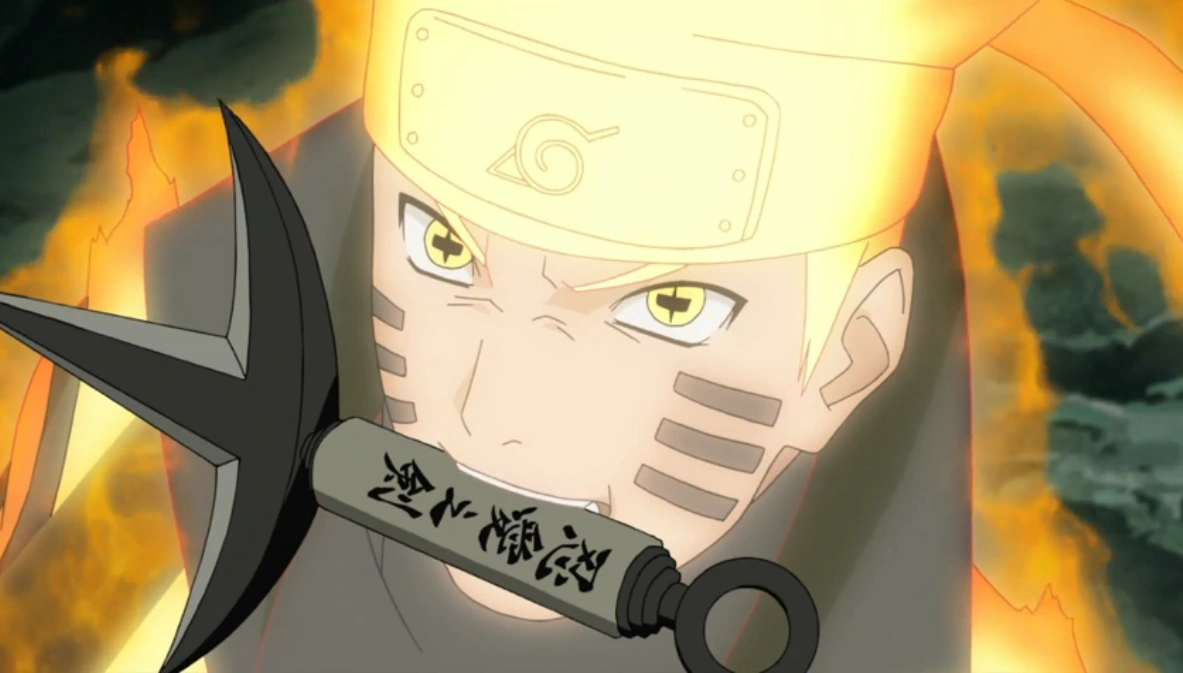
Naruto’s influence extends beyond anime, inspiring movies, video games, and even real-world philosophies about perseverance and self-improvement. Its impact on the shonen genre is undeniable, paving the way for newer series while continuing to be a gateway anime for many fans worldwide.
Naruto is more than just a story about ninjas—it is a tale of determination, friendship, and growth. It captures the essence of never giving up, teaching valuable lessons about resilience and compassion. Even after its conclusion, its legacy lives on through its sequel, Boruto, and the lasting impact it has left on anime history.
2. Hunter X Hunter
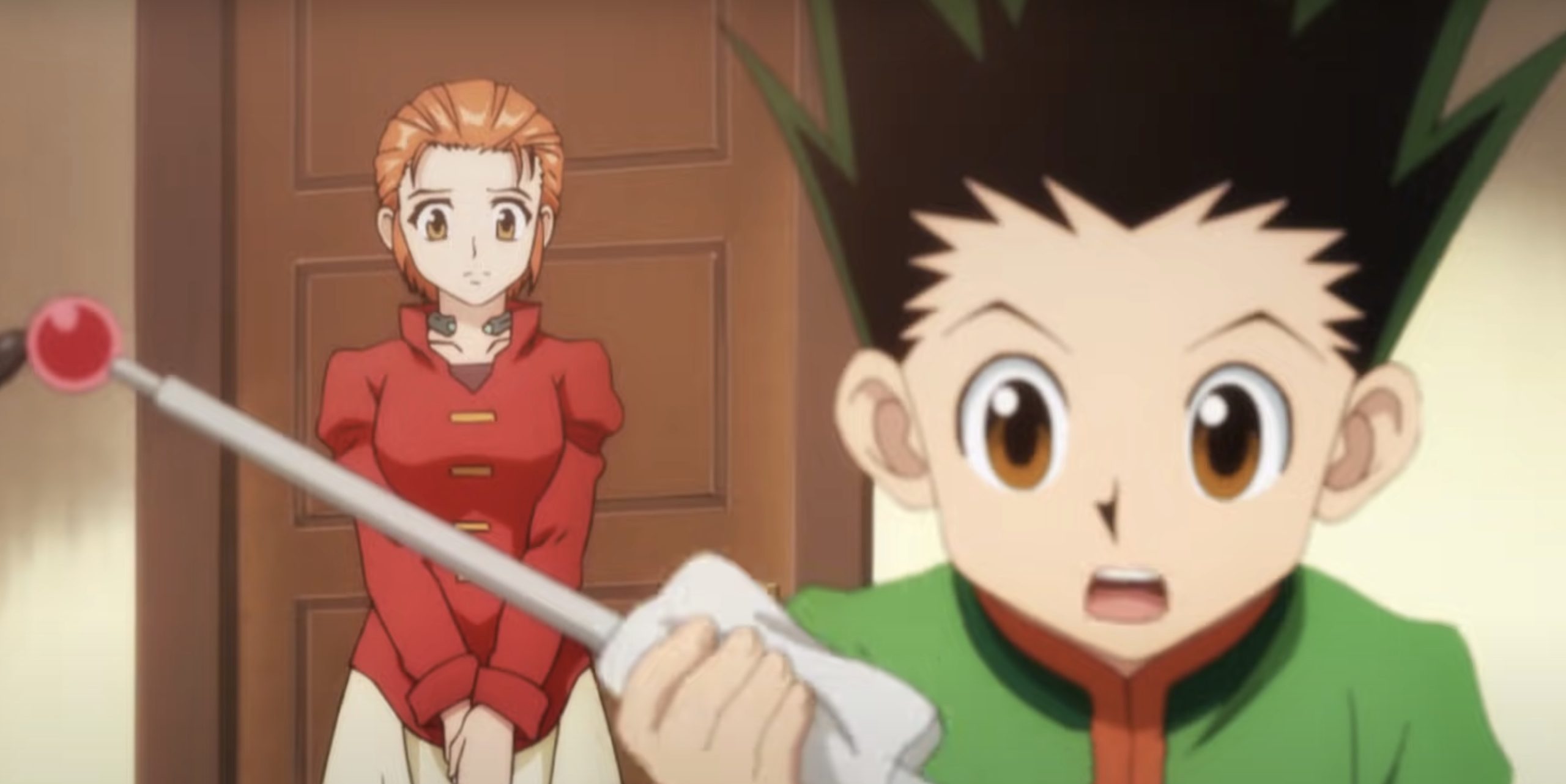
The sporadic releases and prolonged hiatuses of the Hunter x Hunter manga often elicit frustration from fans, likely compounded by Togashi’s own anxieties surrounding the series.
However, the anime adaptations have been consistently outstanding, with the 2011 version holding a special place in fans’ hearts and seamlessly fitting into programming blocks like Toonami.
Hunter x Hunter is celebrated for its richly developed characters, exhilarating action sequences, and engaging power system. While Yoshihiro Togashi enjoys widespread admiration as a mangaka, Hunter x Hunter serves as a witness to his talents, showcasing a culmination of his skills and providing ample reasons for fans to cherish it.
Hunter x Hunter is an action-packed adventure anime that has gained immense popularity due to its intricate storytelling, well-developed characters, and deep world-building. Based on Yoshihiro Togashi’s manga, the series follows Gon Freecss, a young boy who sets out on a journey to become a Hunter and find his long-lost father, Ging.
Gon’s adventure begins when he learns that his father, whom he has never met, is a legendary Hunter. Inspired by this revelation, he leaves his home on Whale Island to take the Hunter Exam, a grueling test that only the most skilled individuals can pass. Along the way, he meets Killua, Leorio, and Kurapika, forming strong bonds with them as they navigate the dangerous trials ahead.
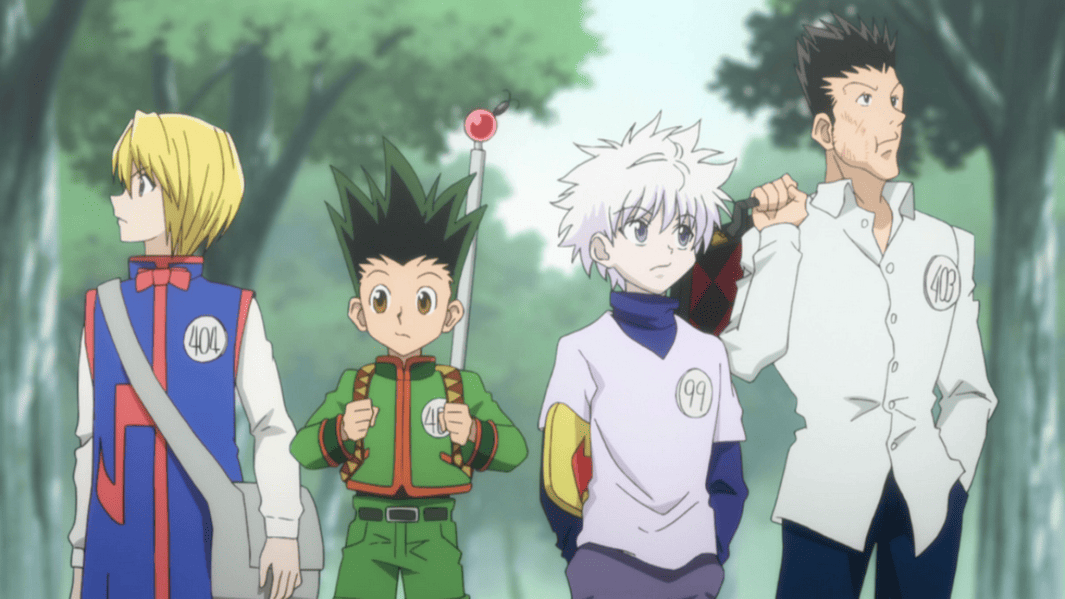
The Hunter Exam is the first major arc, testing the physical and mental abilities of participants. Gon and his friends face deadly obstacles, deceptive opponents, and life-threatening battles. The exam introduces Hisoka, a dangerous and unpredictable opponent who takes an interest in Gon’s potential, setting the stage for future confrontations.
After the exam, Gon and Killua travel to Heavens Arena, a massive battle tower where fighters hone their skills. It is here that they are introduced to Nen, a powerful energy system that becomes essential in later arcs. Under the guidance of Wing, they learn to manipulate their aura, setting them on a path toward mastering their abilities.

The Yorknew City arc shifts the focus to Kurapika, who seeks revenge against the Phantom Troupe, a notorious group responsible for massacring his clan. This arc presents intense battles, mind games, and emotional depth as Kurapika’s hatred drives him to extreme measures. His pursuit of vengeance introduces complex moral dilemmas, making it one of the most gripping storylines.
Following Yorknew City, Gon and Killua enter Greed Island, a game created by Hunters that holds clues about Ging’s whereabouts. The arc blends strategy, teamwork, and Nen-based combat, with the duo facing dangerous opponents while uncovering the game’s secrets. Biscuit Krueger, a skilled Hunter, mentors them, helping them refine their abilities for future challenges.
The Chimera Ant arc is considered the most ambitious and emotionally intense storyline. It introduces the Chimera Ants, a species that rapidly evolves by consuming other creatures. Their king, Meruem, becomes a central figure as he struggles with his identity and humanity. The battles in this arc push the characters to their limits, leading to some of the series’ most heartbreaking moments.
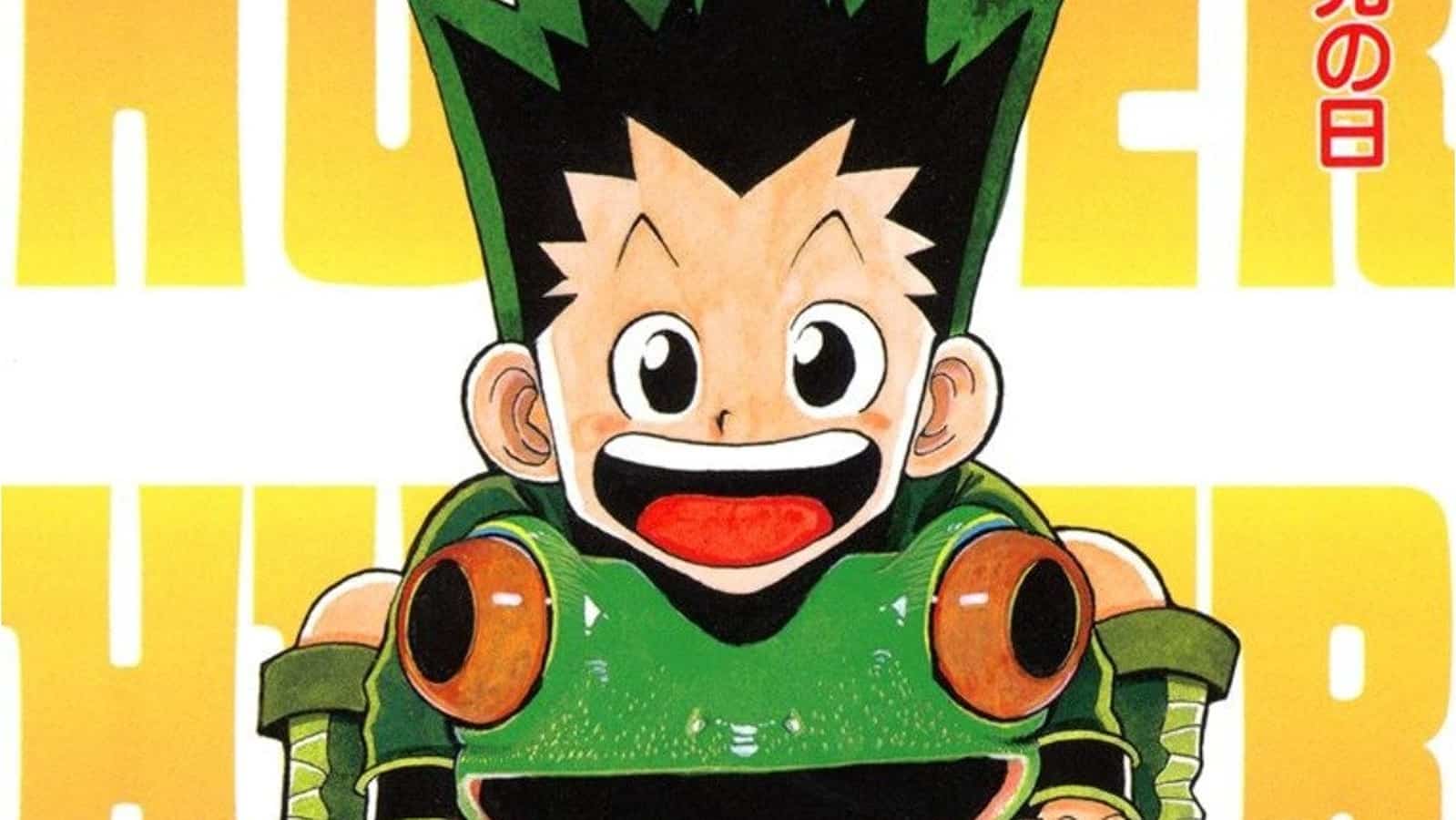
Gon’s character undergoes a dramatic shift during the Chimera Ant arc. His relentless determination to save Kite, a mentor figure, leads him to make devastating choices. His transformation during the climactic battle against Neferpitou showcases his emotional turmoil, highlighting the darker aspects of his personality. This arc cements Hunter x Hunter as a series unafraid to explore complex themes.
Killua’s growth is another highlight of the series. Raised as an assassin, he struggles with his family’s expectations and his own desire for freedom. His bond with Gon helps him break away from his past, leading to some of the most emotional moments in the series. His journey to protect his younger sister, Alluka, further showcases his development.
The final major arc, the Election arc, deals with the aftermath of the Chimera Ant conflict. It introduces the election for a new Hunter Association chairman and goes into political intrigue. Meanwhile, Gon, severely injured from his battle, must confront his own mortality. The arc concludes with a long-awaited meeting between Gon and Ging, bringing closure to his primary quest.
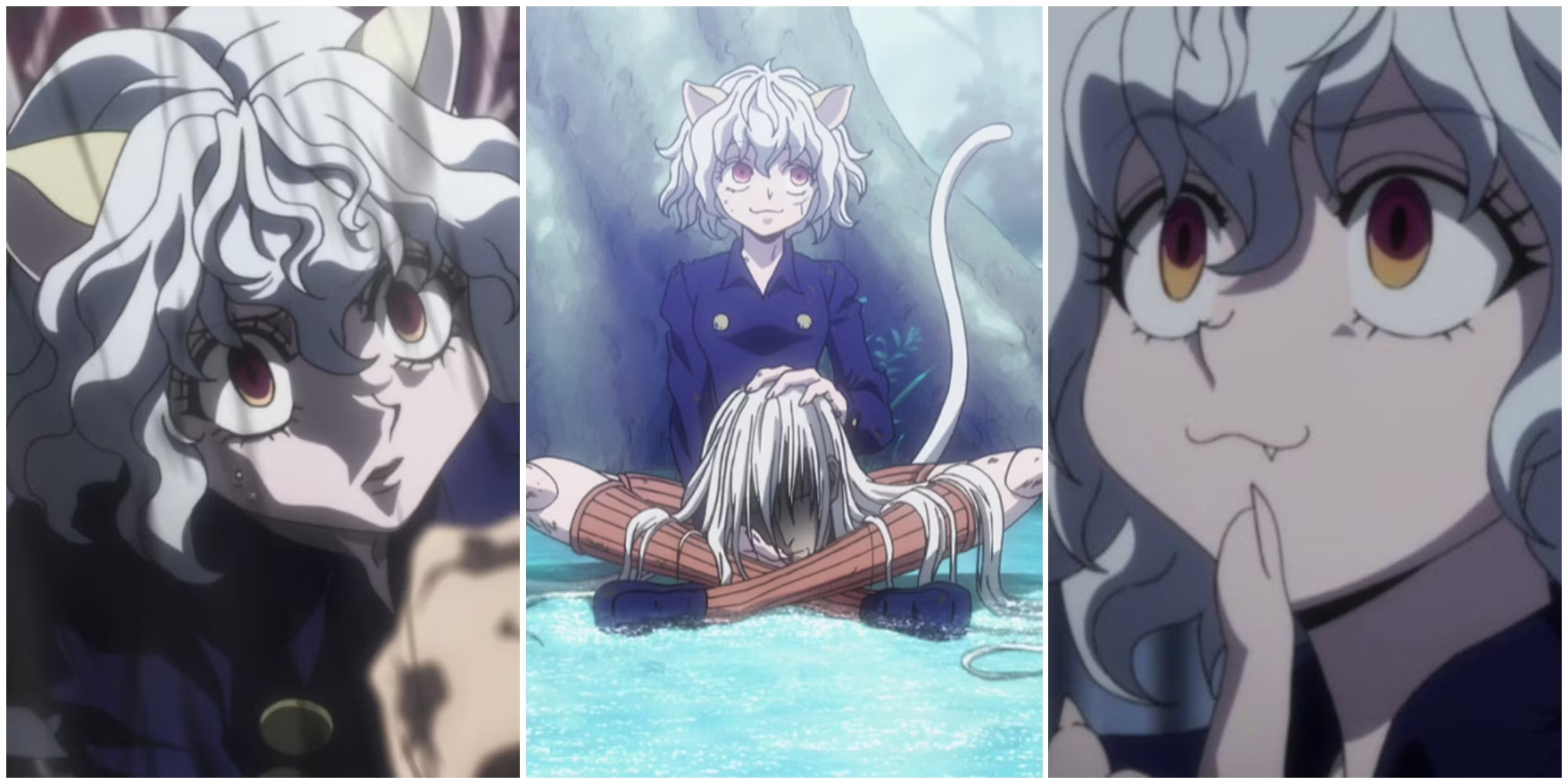
Hunter x Hunter is known for its strategic battles, where intelligence often outweighs brute strength. Nen abilities vary greatly, leading to diverse and unpredictable fights. Characters must think several steps ahead, making battles more cerebral than typical shonen anime. This depth in combat keeps the series consistently engaging.
The animation quality in Hunter x Hunter is consistently impressive, especially in the 2011 adaptation by Madhouse. Fluid fight choreography, expressive character designs, and dynamic camera angles enhance the storytelling. The Chimera Ant arc, in particular, showcases some of the most visually stunning and emotionally charged sequences in the series.
The soundtrack, composed by Yoshihisa Hirano, perfectly complements the anime’s tone. Tracks like “Legend of the Martial Artist” heighten battle intensity, while “Requiem Aranea” adds emotional weight to tragic moments. The opening theme, “Departure!” by Masatoshi Ono, remains iconic, reflecting the adventurous spirit of the series.
Hunter x Hunter also tackles deep themes such as morality, sacrifice, and human nature. Characters are not defined purely as heroes or villains; even antagonists like Meruem undergo significant development. The show challenges conventional shonen tropes, often subverting expectations in ways that leave lasting emotional impact.
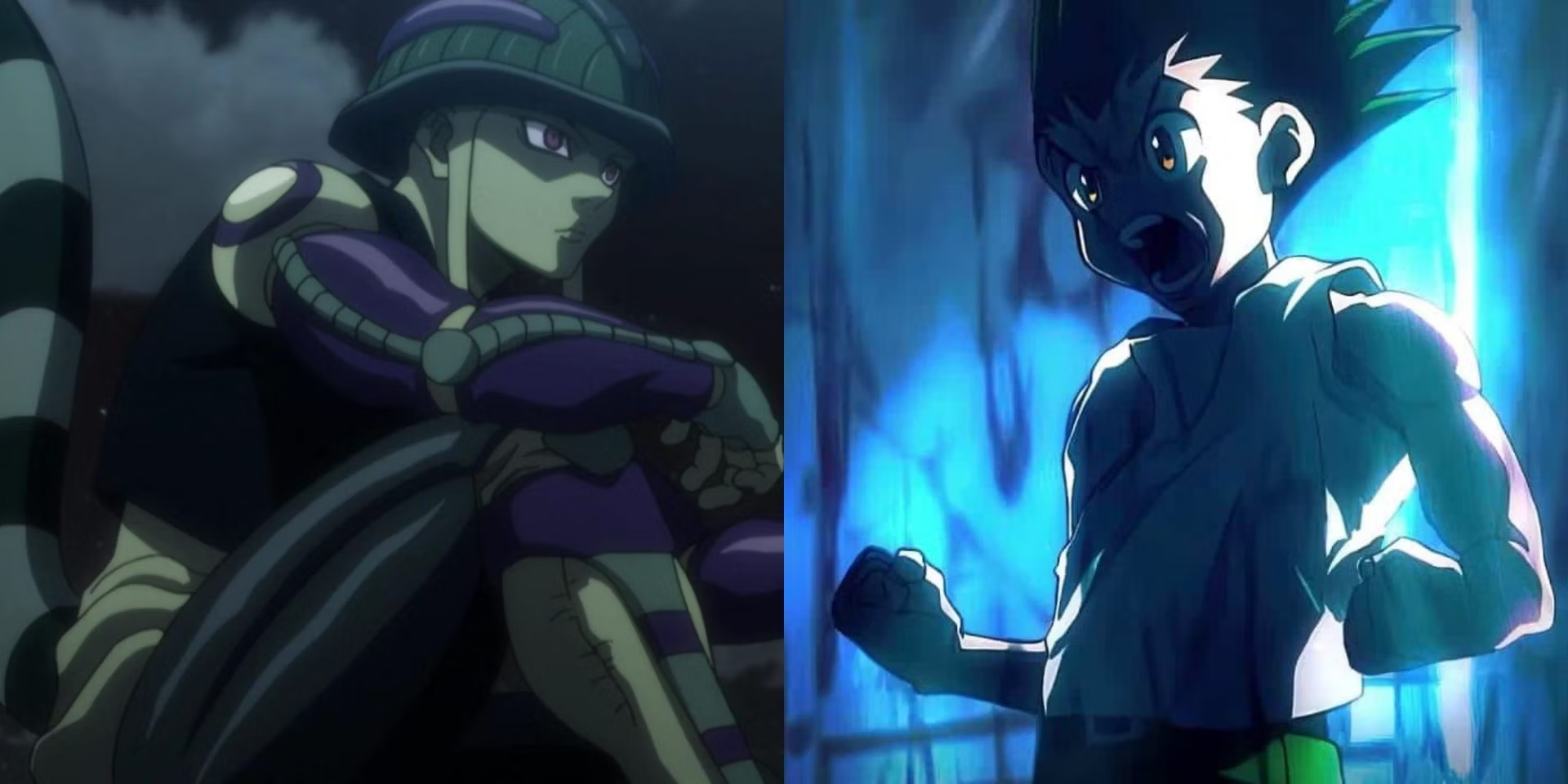
The series’ relationships add depth to the narrative. Gon and Killua’s friendship is at the heart of the story, evolving through shared struggles and moments of vulnerability. Kurapika’s quest for justice and Leorio’s dream of becoming a doctor highlight their own motivations, making each character feel distinct and fully realized.
One of the reasons Hunter x Hunter stands out is its unpredictability. Major events often take unexpected turns, keeping viewers invested. The narrative refuses to follow standard formulas, offering fresh and thought-provoking arcs that challenge both characters and audiences. This makes the series feel unique among shonen anime.
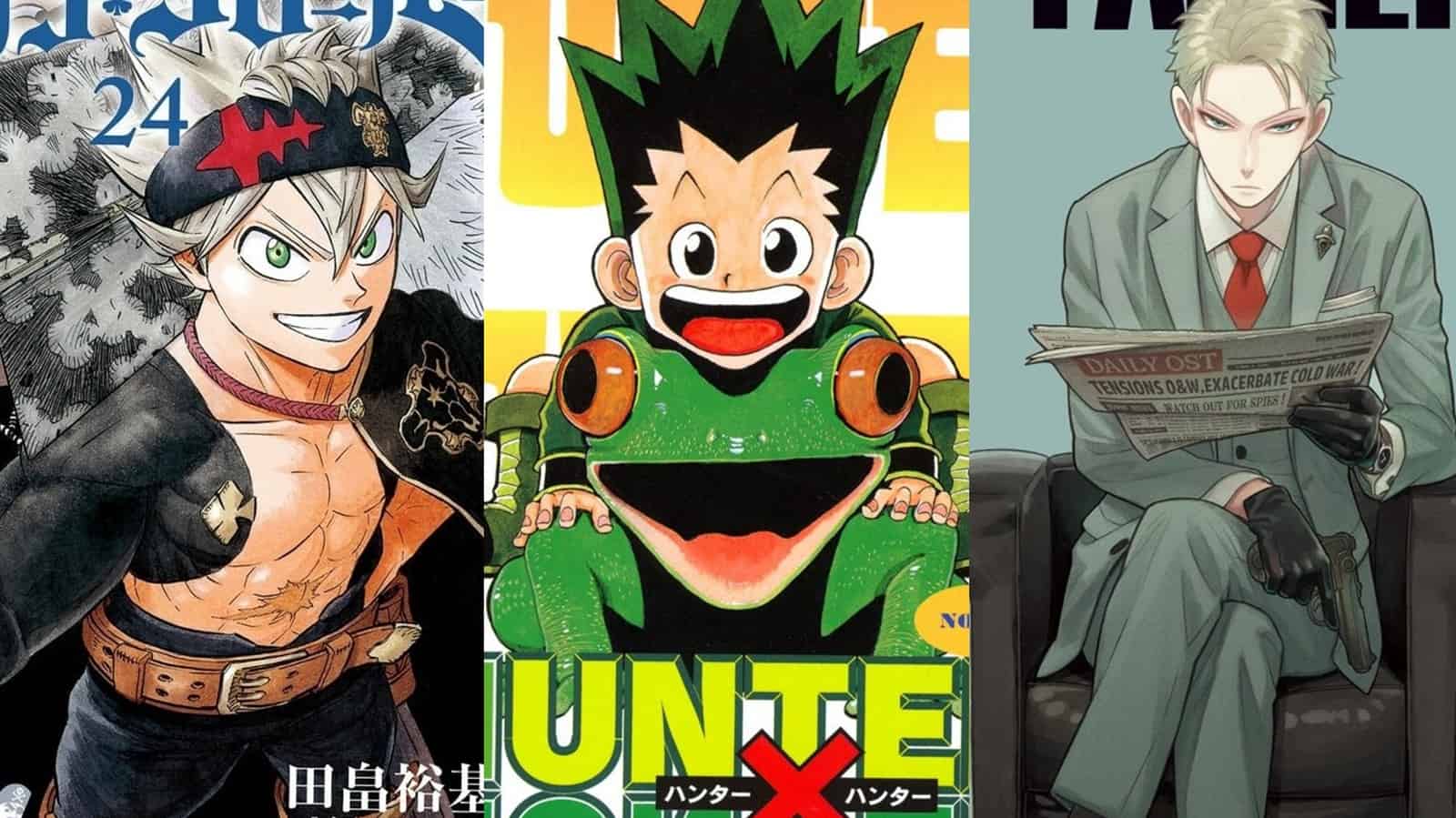
Despite its success, Hunter x Hunter remains unfinished due to Togashi’s health issues. Fans eagerly await the continuation of the manga, particularly the Dark Continent arc, which promises even greater mysteries and challenges. While the anime ends on a satisfying note, the story still has much to explore.
Hunter x Hunter is more than just an action series—it is an emotional journey filled with adventure, philosophy, and unforgettable moments. Its intricate storytelling, well-crafted battles, and profound themes ensure that it remains one of the most beloved anime of all time. Whether through strategic combat or heartfelt character development, the series leaves a lasting impression.
1. One Piece
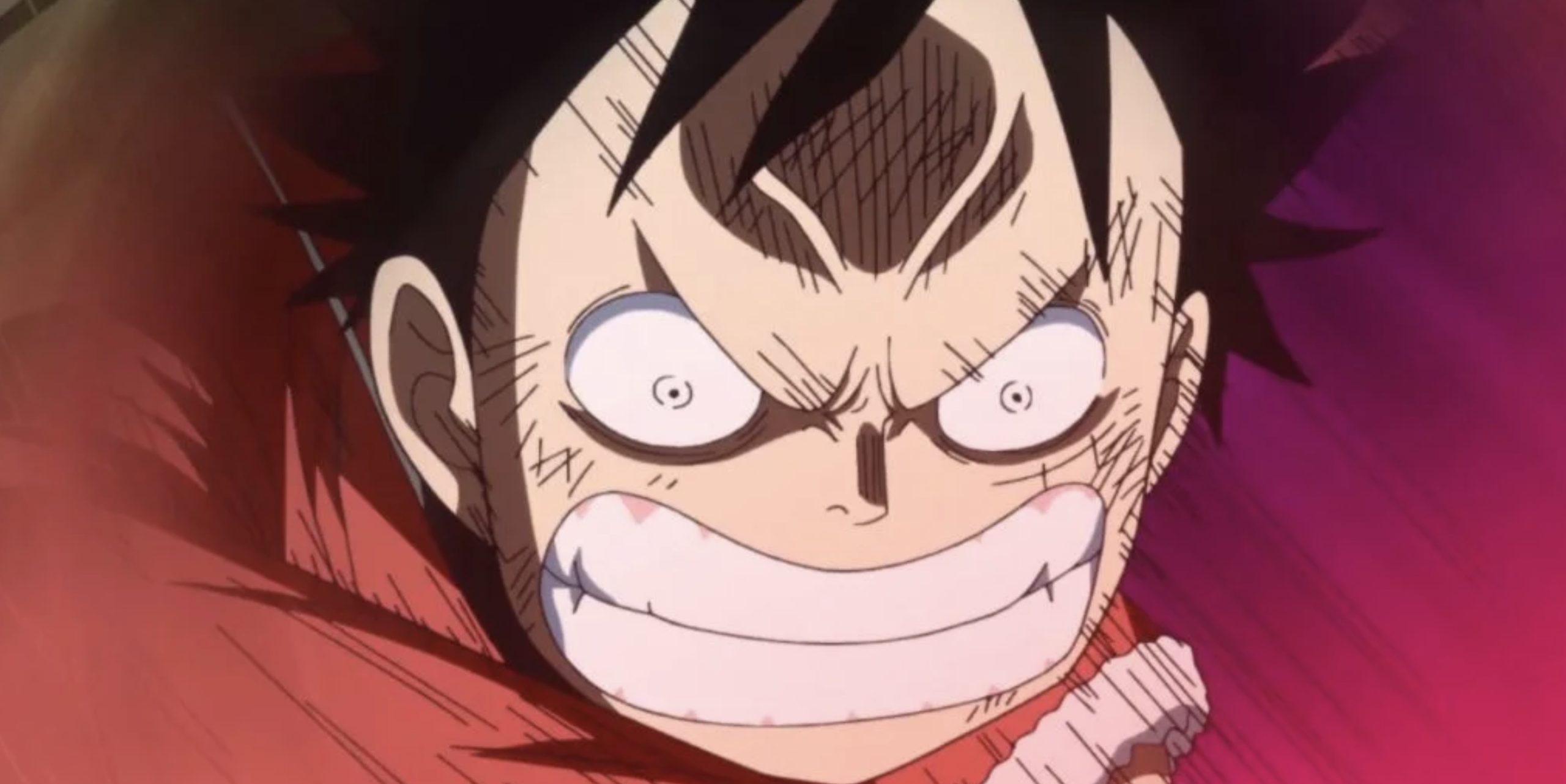
It’s impossible to discuss anime without mentioning One Piece, a colossal presence in the animation. While the original anime aired on Fox with its memorable 4Kids dub and quirky rap opening, it was Toonami that provided the ideal platform for One Piece to truly shine.
As the most popular ongoing anime, One Piece’s enduring appeal is readily apparent. As the sole survivor of the original Big Three shōnen, the series has had ample time to cultivate its characters and narrative.
Toonami offers the perfect venue to experience the excitement of One Piece on a weekly basis, and there are no indications that the series will be slowing down any time soon.
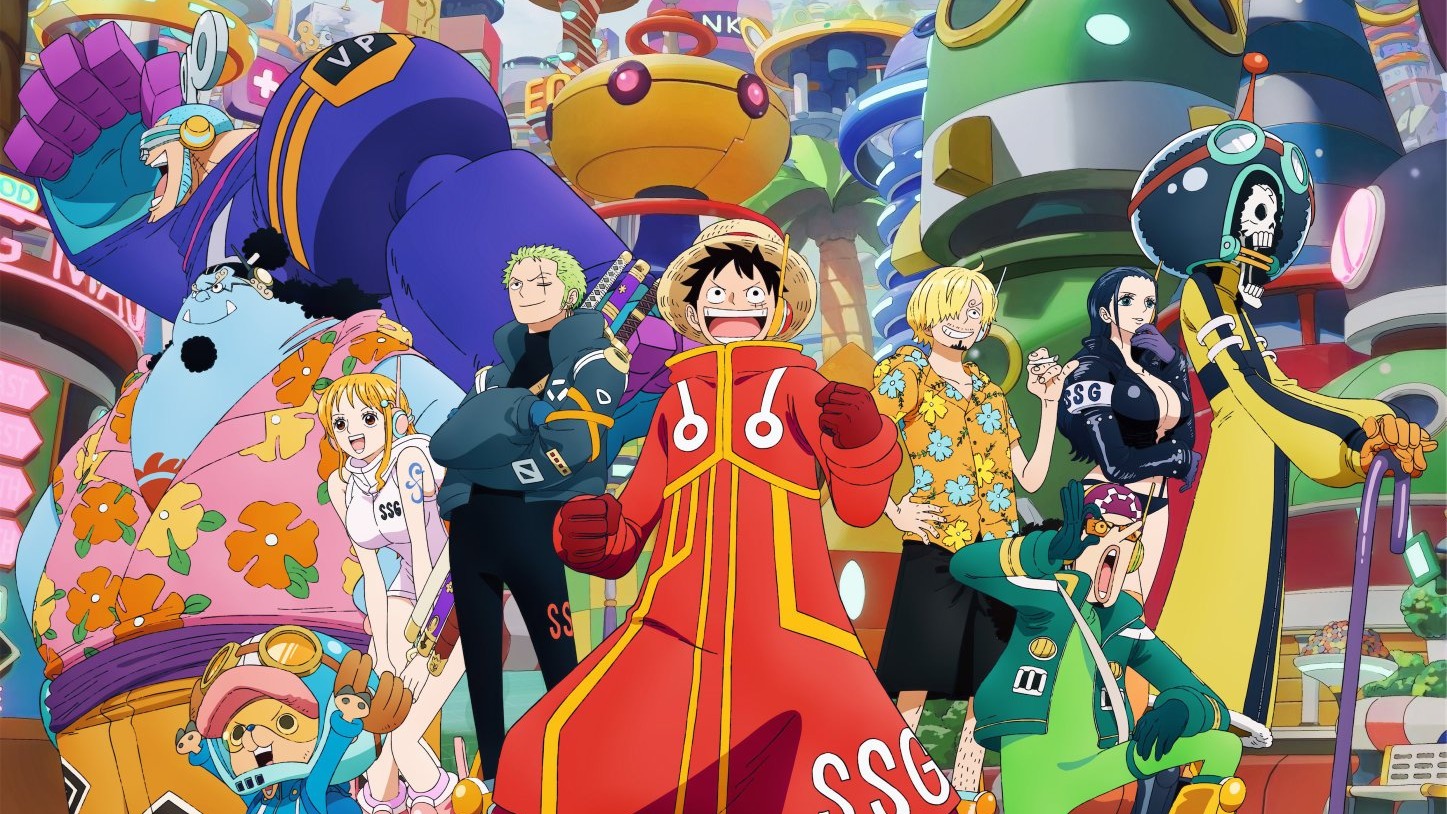
One Piece is a legendary anime that has captured audiences worldwide with its grand storytelling, emotional depth, and unforgettable characters. Adapted from Eiichiro Oda’s manga, the series follows Monkey D. Luffy, a boy who gains the ability to stretch like rubber after eating the Gum-Gum Fruit. With dreams of becoming the Pirate King, he embarks on an adventurous journey.
Luffy’s adventure begins when he leaves his small village, determined to form a crew that will help him reach the Grand Line. His first companion is Roronoa Zoro, a swordsman aiming to become the world’s strongest. As their journey continues, they recruit Nami, a skilled navigator; Usopp, a sharpshooter; and Sanji, a chef who dreams of discovering the legendary All Blue.
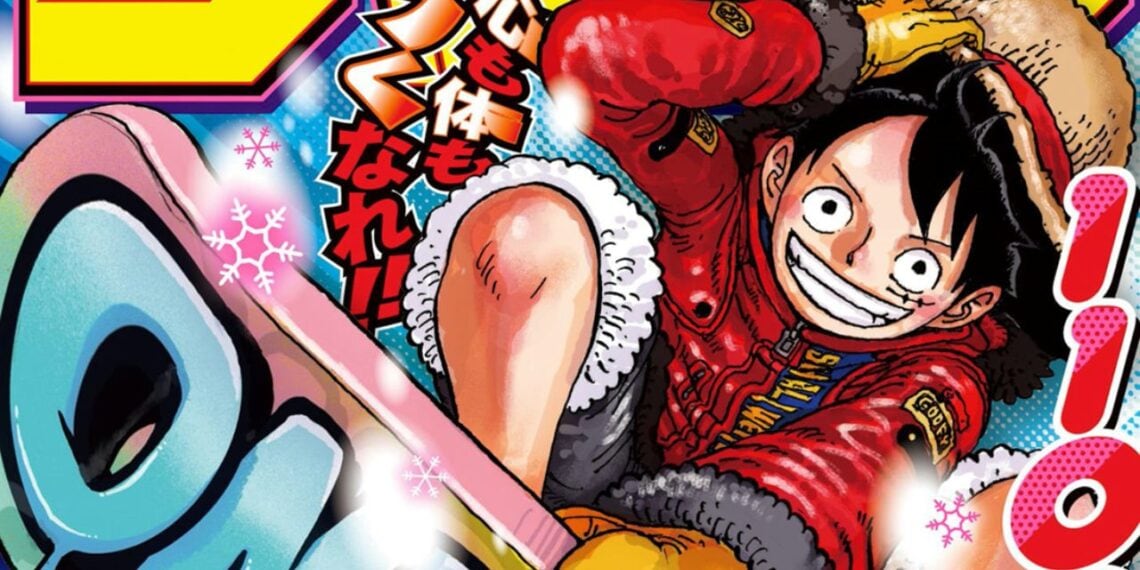
The Straw Hat Pirates grow as they sail deeper into the Grand Line, encountering powerful enemies, mysterious islands, and hidden secrets of the world. Chopper, a reindeer who ate the Human-Human Fruit, joins as the crew’s doctor, while Robin, an archaeologist, seeks to uncover the truth behind the lost Void Century. Franky and Brook later complete the crew’s diverse lineup.
One Piece excels in world-building, introducing a vast ocean world divided by the Red Line and the Grand Line. Each island has its own unique culture, political struggles, and challenges. From the floating islands of Skypiea to the fiery battles in Marineford, the series continuously expands its setting, creating an immersive experience filled with wonder and danger.
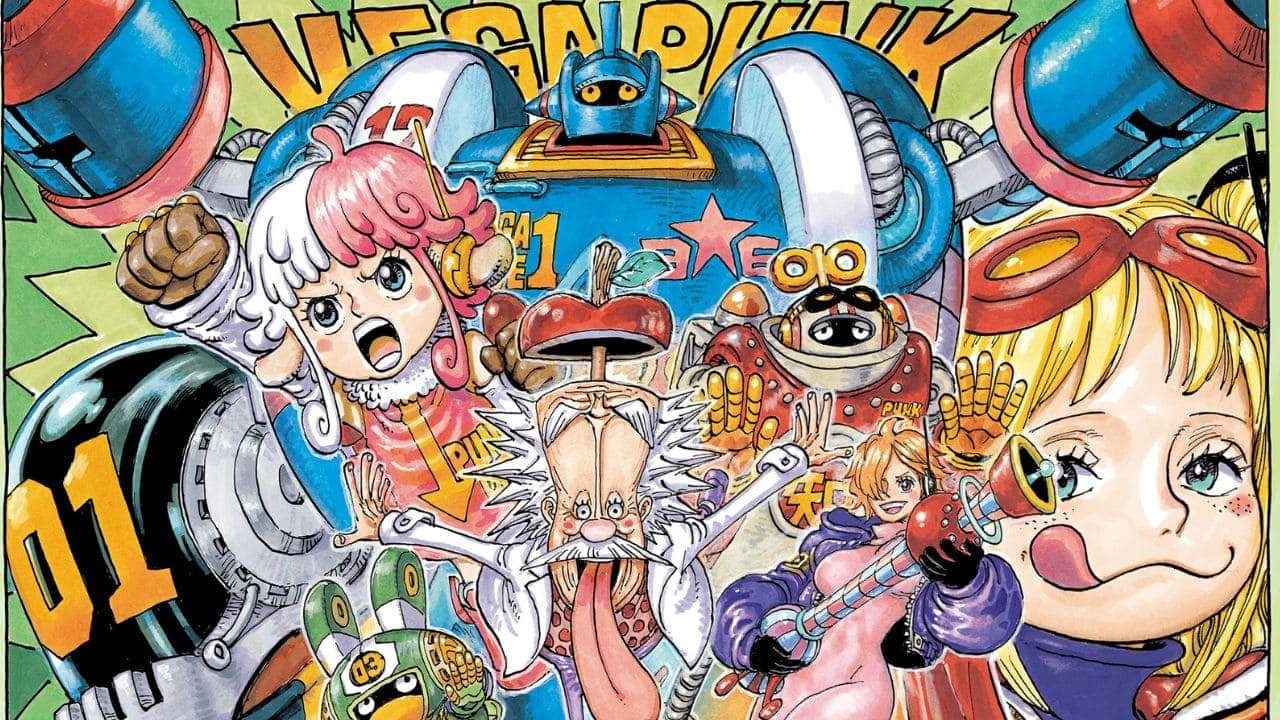
A defining element of One Piece is the presence of Devil Fruits, mysterious fruits that grant supernatural abilities at the cost of taking away the user’s ability to swim. Luffy’s rubber abilities allow him to fight in creative ways, while other characters wield devastating powers. From fire-based attacks to manipulating gravity, Devil Fruits contribute to some of the series’ most intense battles.
Another crucial concept in the series is Haki, an advanced combat technique that allows fighters to strengthen their attacks, sense their surroundings, or even exert dominance over weaker opponents. As Luffy grows stronger, he learns to master these abilities, facing increasingly powerful enemies that challenge his limits. Haki becomes essential in high-level battles against Warlords, Admirals, and Emperors.
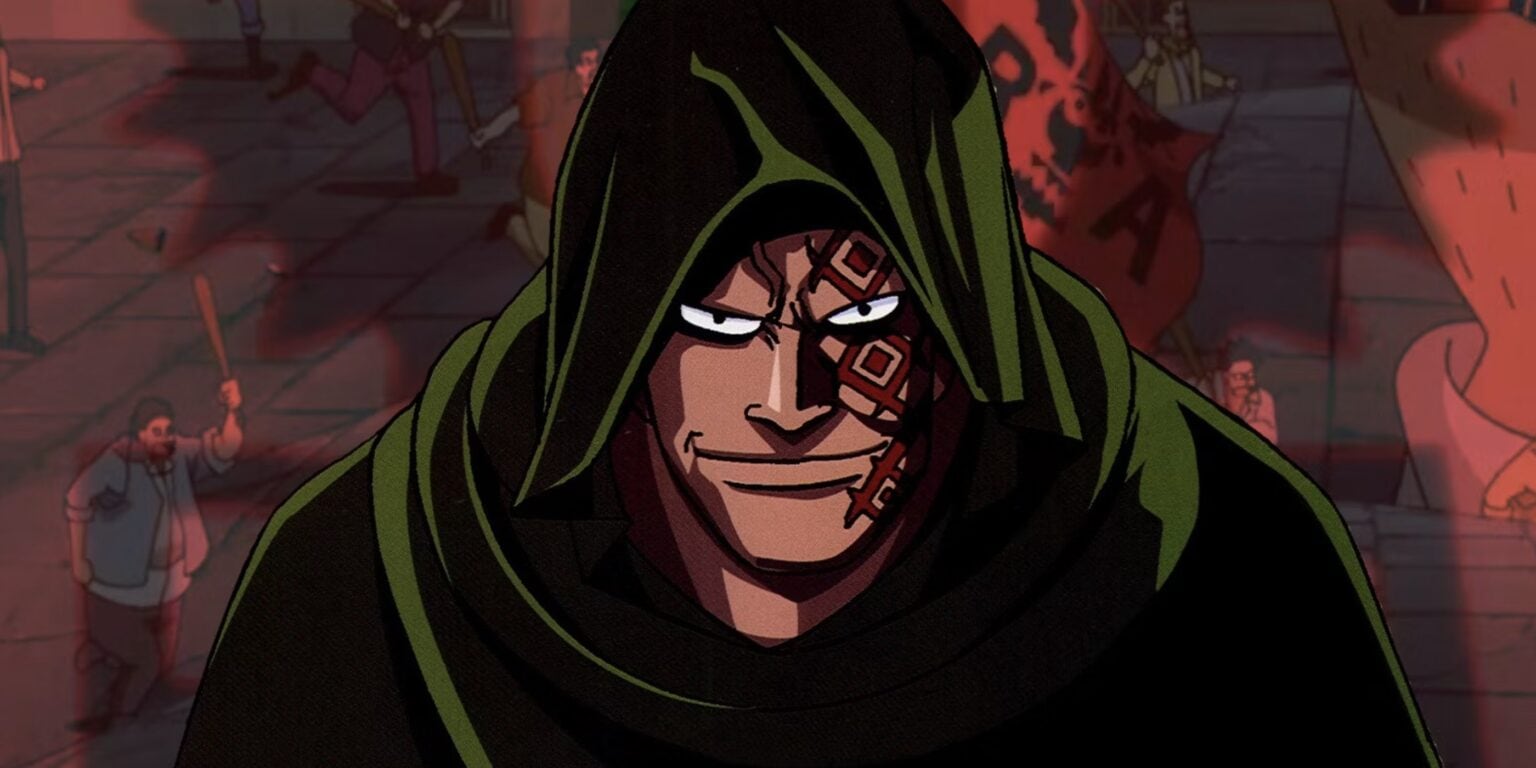
The series stands out for its emotional depth, often using flashbacks to explore the characters’ pasts. Each member of the Straw Hat crew has endured struggles that shape their motivations. Nami’s tragic past with Arlong, Robin’s childhood trauma, and Sanji’s separation from his family all add layers to their personalities, making their victories even more meaningful.
The villains in One Piece are just as well-developed as the heroes. Crocodile, a cunning mastermind, seeks to overthrow Alabasta. Enel, a self-proclaimed god, rules over Skypiea with absolute power. Doflamingo manipulates entire kingdoms for his benefit, while Kaido represents overwhelming brute strength. Each villain presents a different ideological or physical challenge for Luffy and his crew.
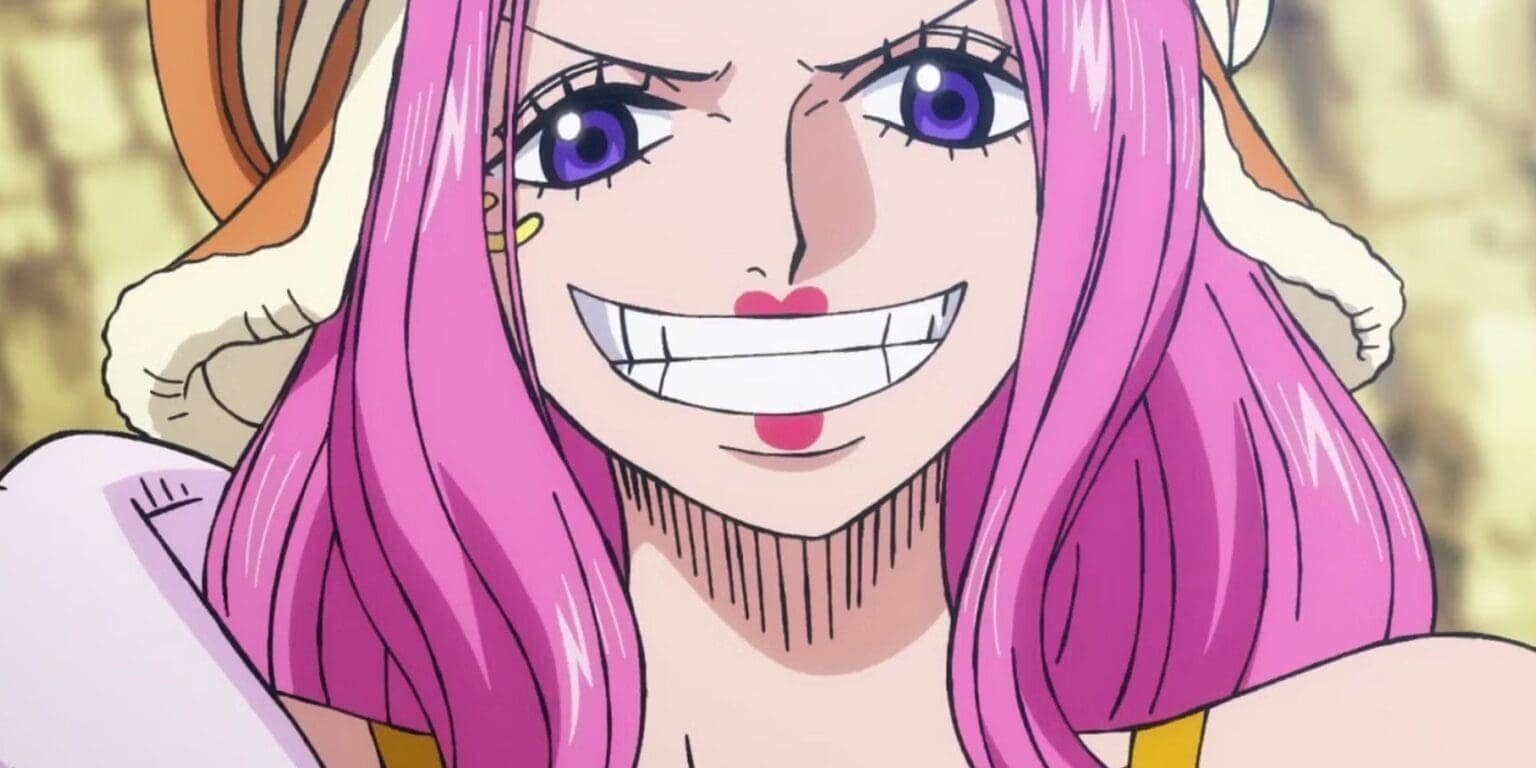
Despite its serious themes, One Piece balances action and drama with humor. Luffy’s carefree personality, Usopp’s exaggerations, and Sanji’s dramatic antics provide comedic relief. Even during tense moments, the show finds ways to insert lighthearted interactions, making the emotional highs and lows more effective. This balance keeps the series engaging and enjoyable for all audiences.
The fight scenes in One Piece are among the most creative in anime. Luffy’s rubber-based attacks evolve throughout the series, introducing techniques like Gear Second, which increases his speed, and Gear Fourth, which enhances his power. Each crew member has a distinct fighting style, whether it’s Zoro’s three-sword technique or Sanji’s powerful kicks, making every battle unique.
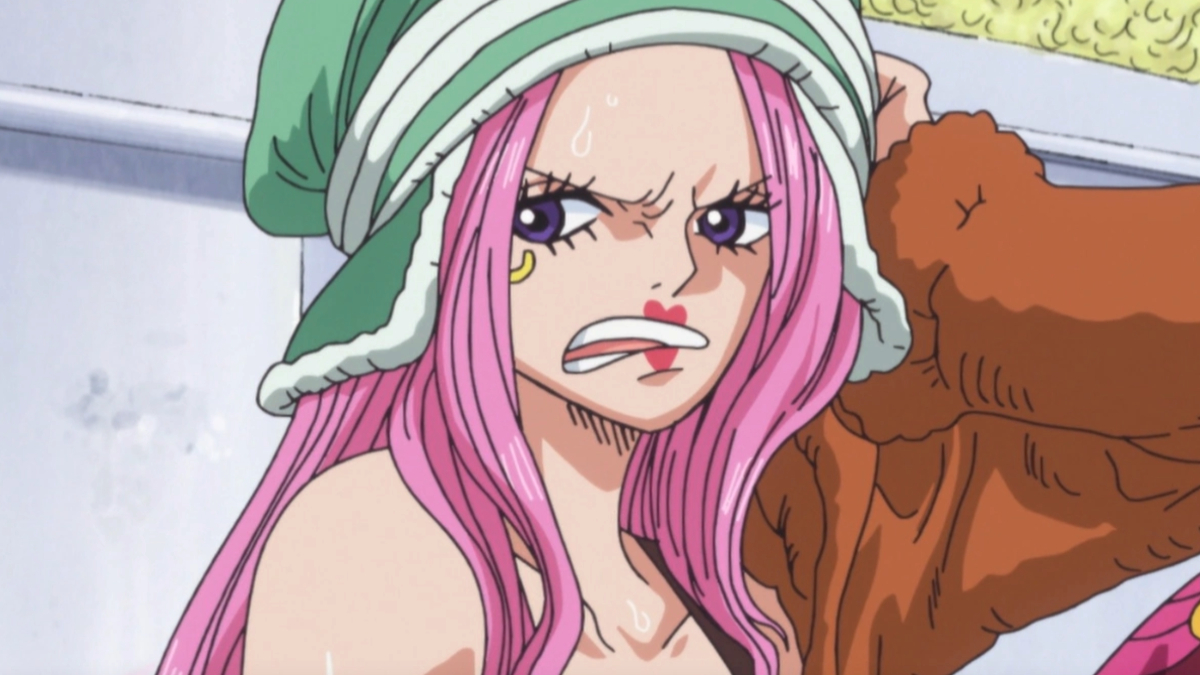
The animation has significantly improved over the years. While the early episodes have a traditional hand-drawn style, later arcs feature fluid action sequences, stunning backgrounds, and detailed character designs. The Wano arc, in particular, showcases some of the most visually impressive animation in the series, blending samurai aesthetics with modern anime techniques.
One Piece’s music is another major strength. The soundtrack, composed by Kohei Tanaka and Shirō Hamaguchi, enhances the emotional impact of key moments. Themes like “Ost – Overtaken” build tension during battles, while nostalgic pieces like “Mother Sea” create heartfelt scenes. The opening themes, including “We Are!” and “Hope,” have become iconic among anime fans worldwide.
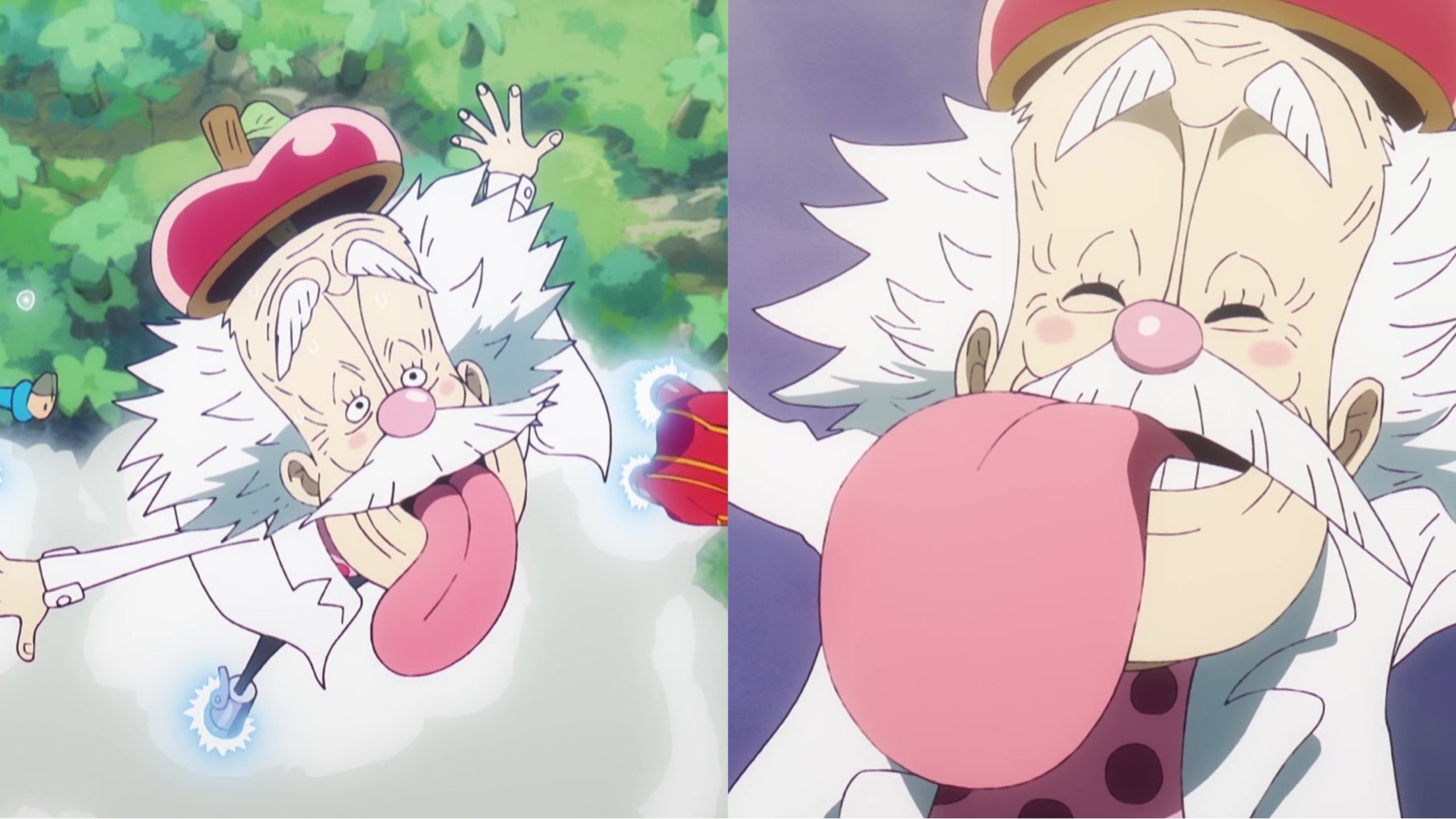
The series also explores deep themes, such as freedom, justice, and the meaning of true strength. Luffy’s dream of becoming the Pirate King is not about ruling over others but about achieving ultimate freedom. The show questions authority, particularly through the corruption of the World Government and the Marines, highlighting the moral ambiguity of power.
A core message of One Piece is the value of friendship and loyalty. Luffy never abandons his crewmates, no matter the odds. The famous “I Want to Live!” scene with Robin and the “Going Merry’s Farewell” are just a few of the emotional moments that showcase the bond between the Straw Hat crew. Their relationships drive the story forward.
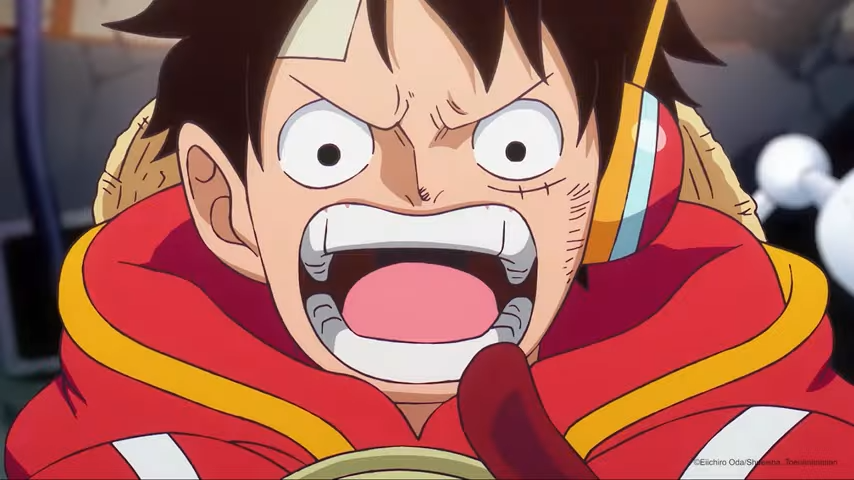
The pacing of One Piece has been a subject of discussion, as the anime occasionally stretches moments longer than necessary. However, major arcs, such as Water 7, Marineford, and Dressrosa, deliver some of the best storytelling in anime. The long-term investment in these arcs pays off with rewarding character development and unforgettable plot twists.
As of today, One Piece remains one of the longest-running anime series, with over 1,000 episodes. Despite its length, it continues to introduce fresh narratives, unique characters, and thrilling battles. The mysteries of the One Piece treasure and the history of the world still drive fan discussions, keeping the excitement for future arcs alive.
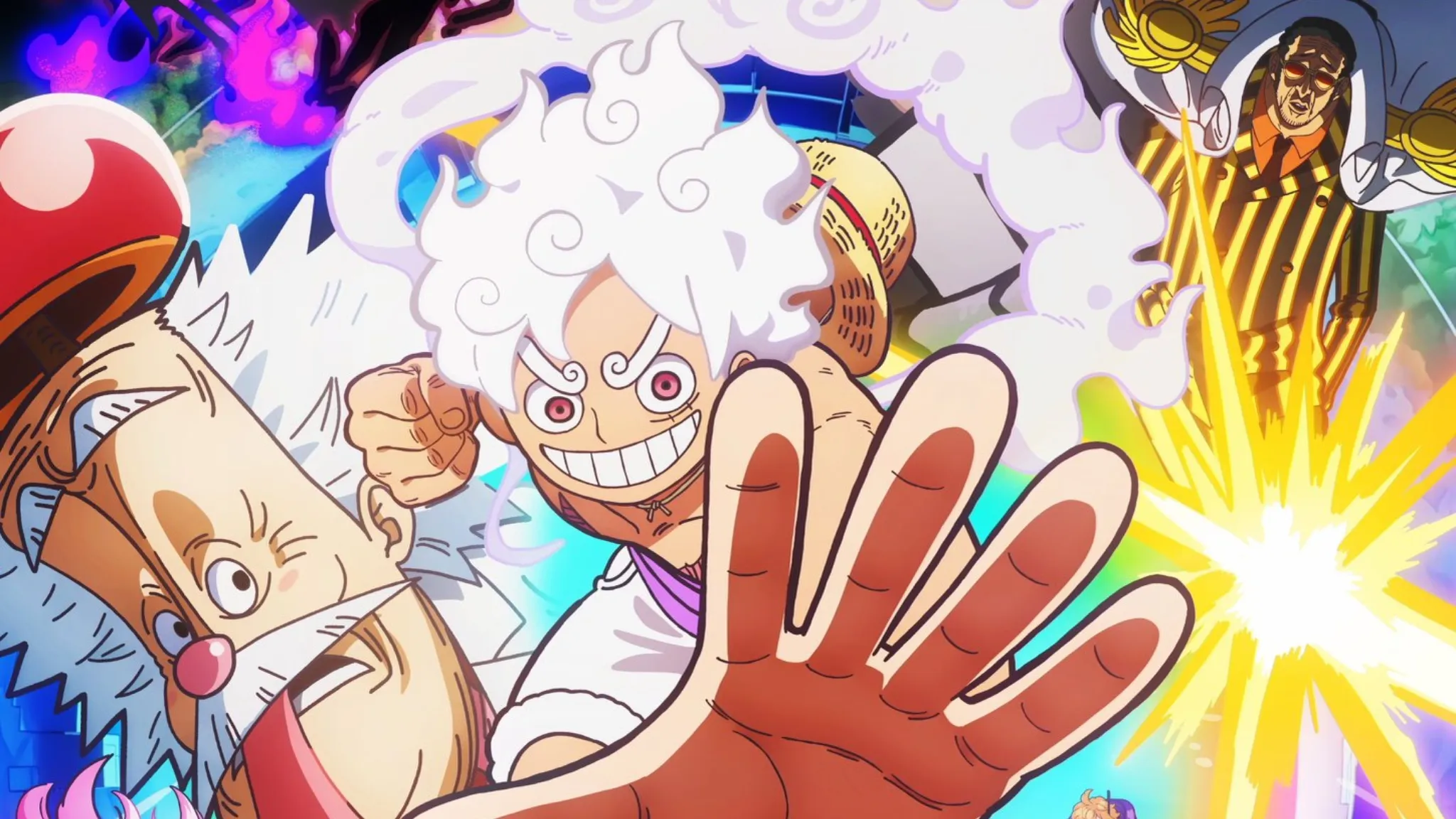
The series has influenced countless other anime and manga, setting new standards for adventure storytelling. Luffy’s determination, the rich world-building, and the unpredictable twists make it a series that continues to appeal to both longtime fans and new viewers. Its legacy as one of the greatest anime of all time remains unchallenged.
One Piece is a masterpiece that blends action, humor, and deep storytelling into a grand adventure. It delivers powerful messages about dreams, perseverance, and the importance of found family. Whether through emotional moments, thrilling fights, or comedic exchanges, the series continues to inspire audiences, proving why it remains one of the most beloved anime of all time.





